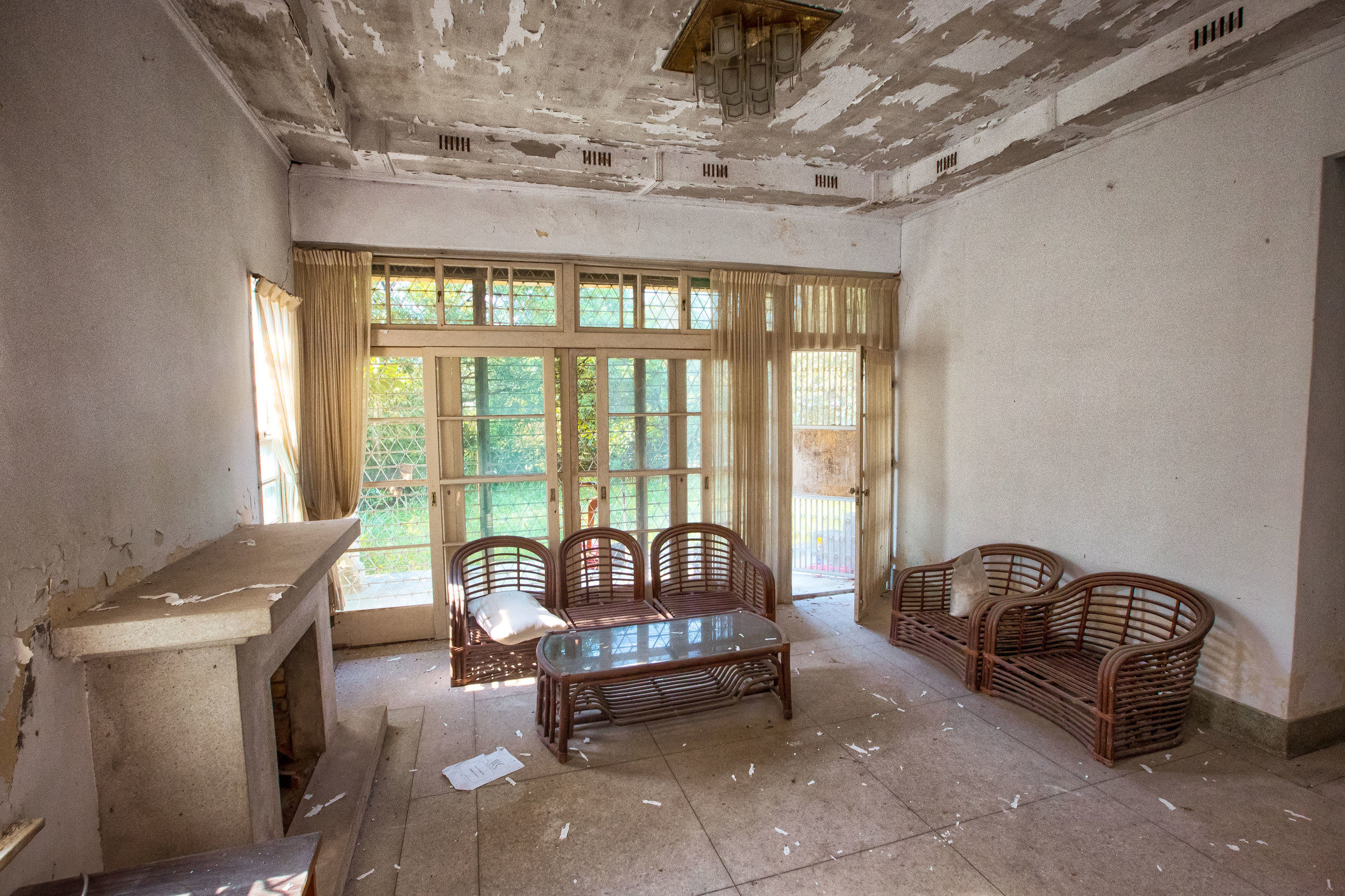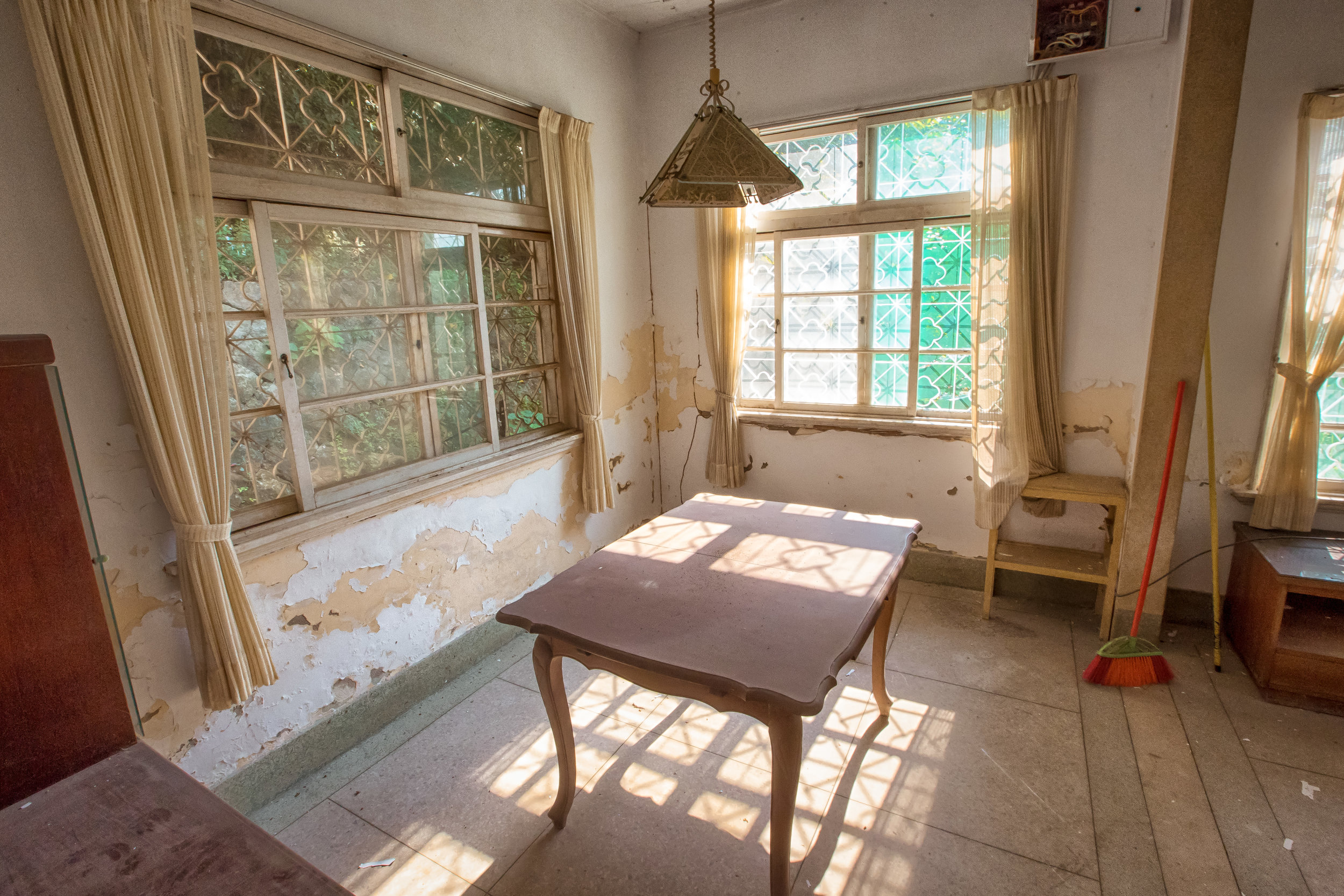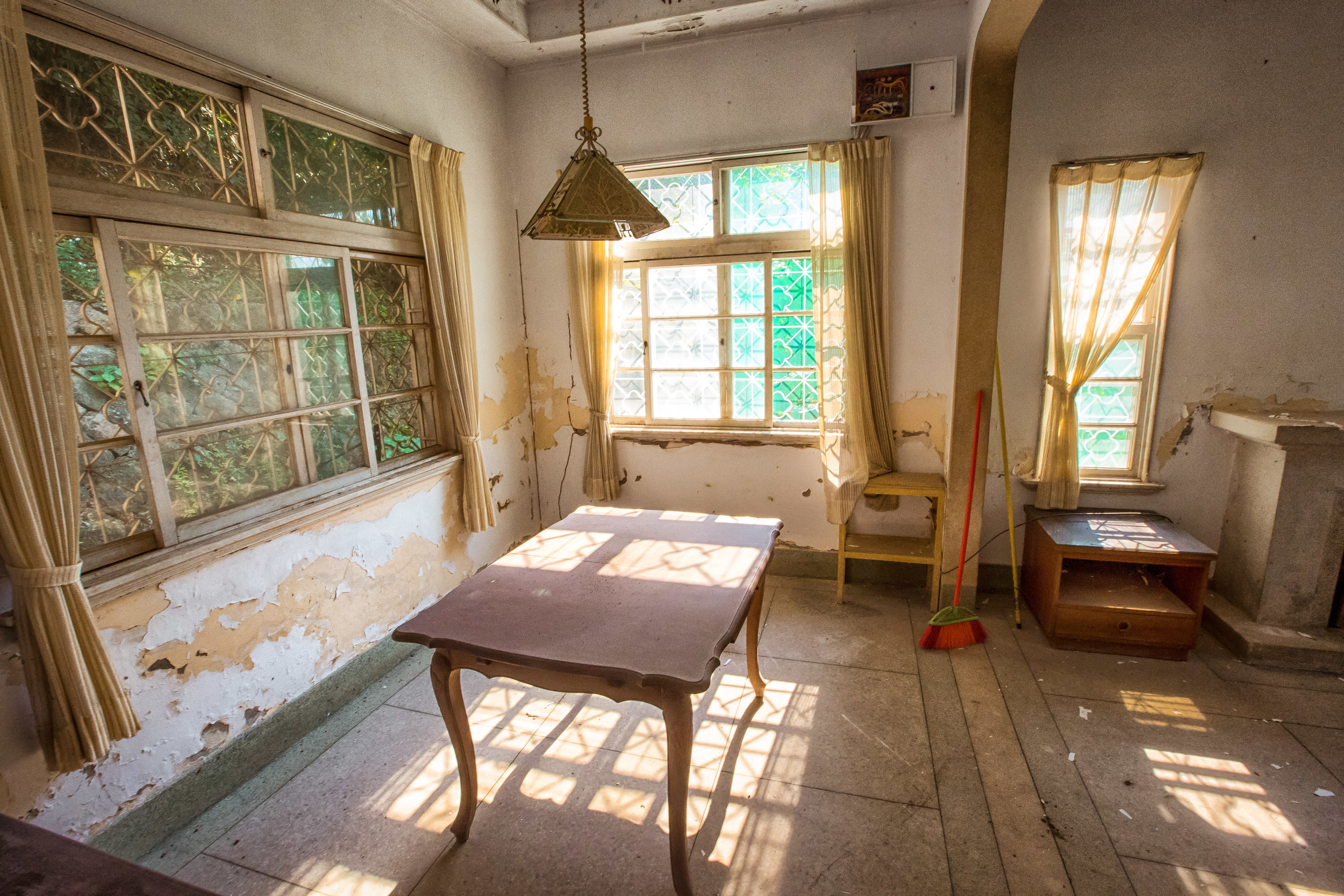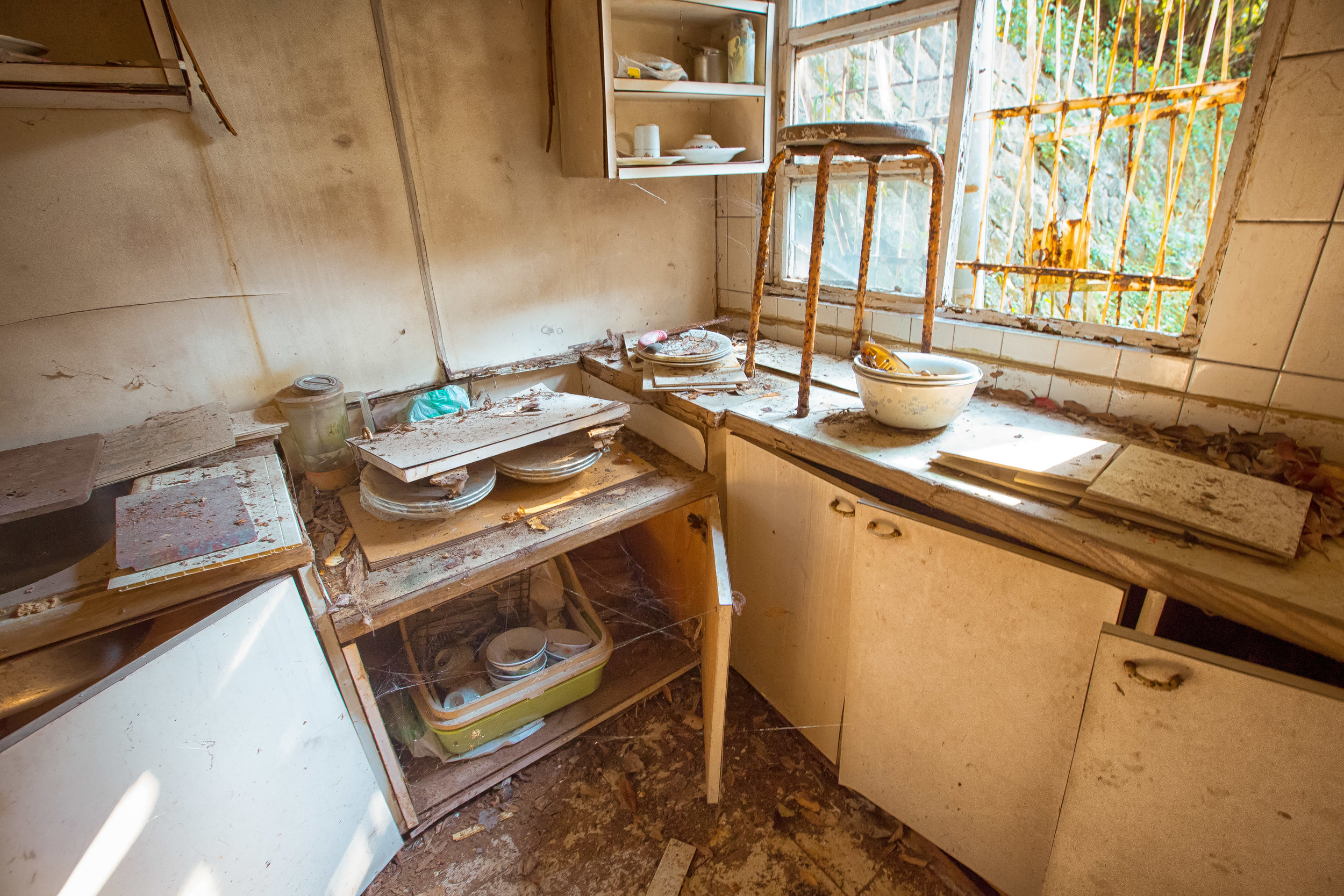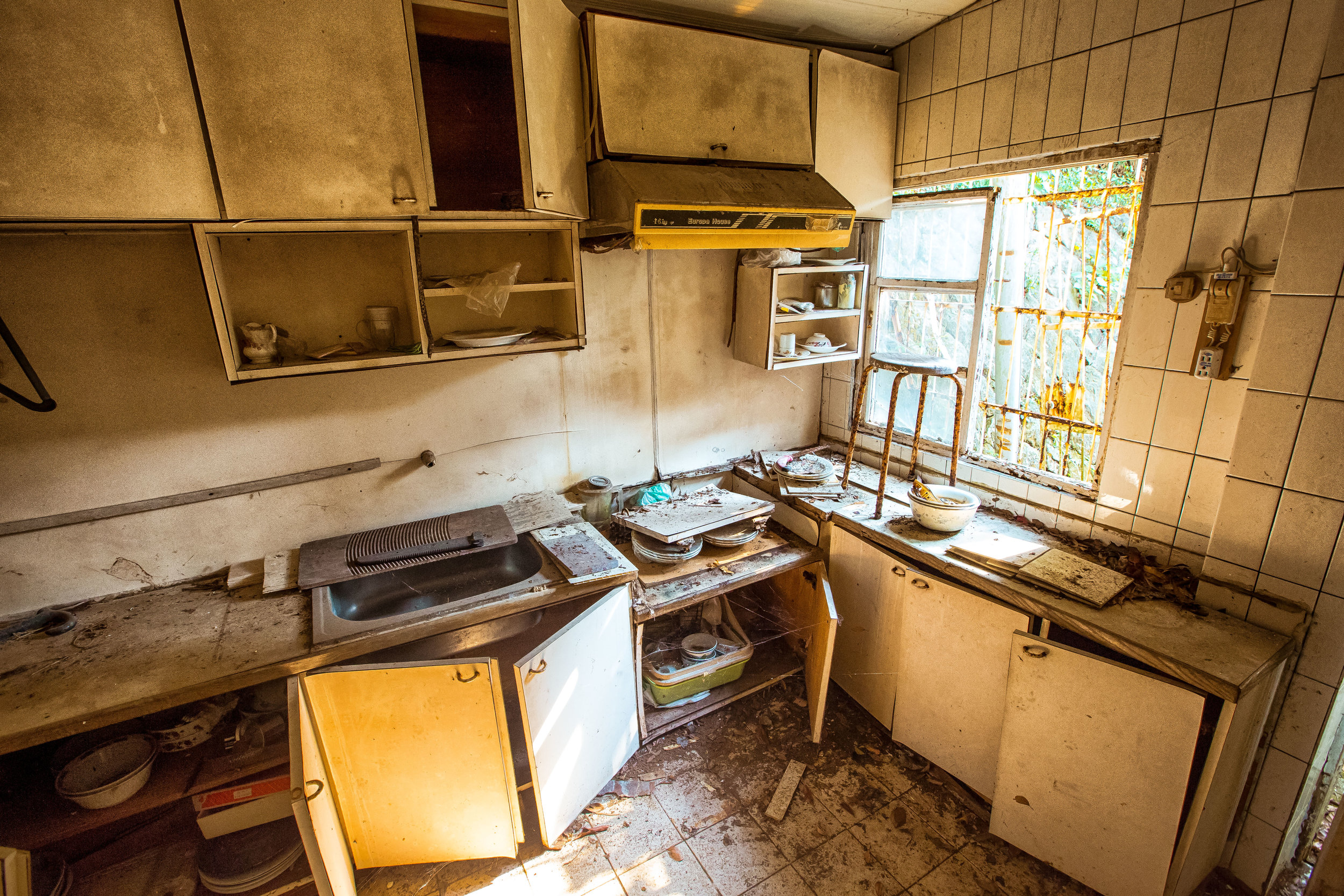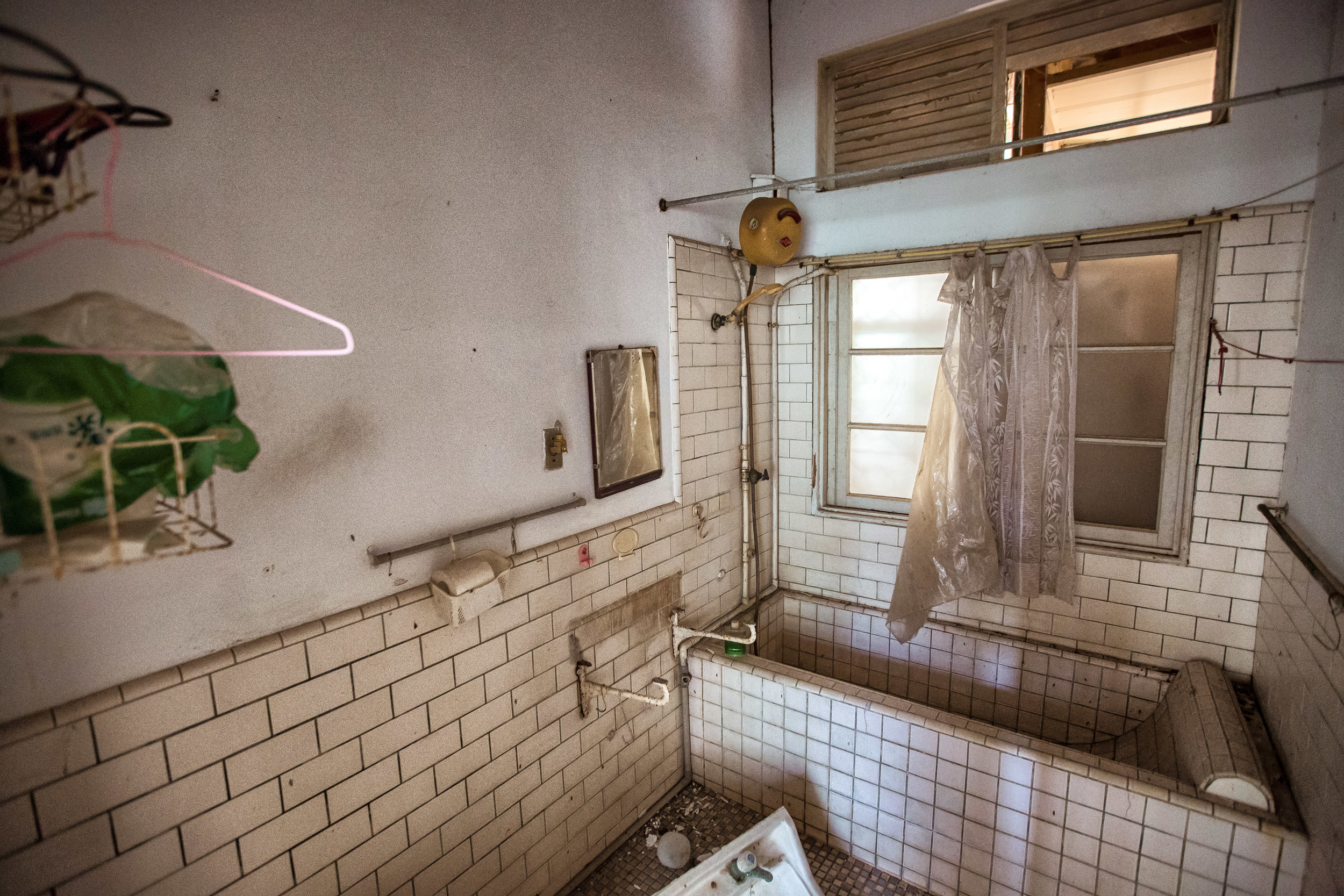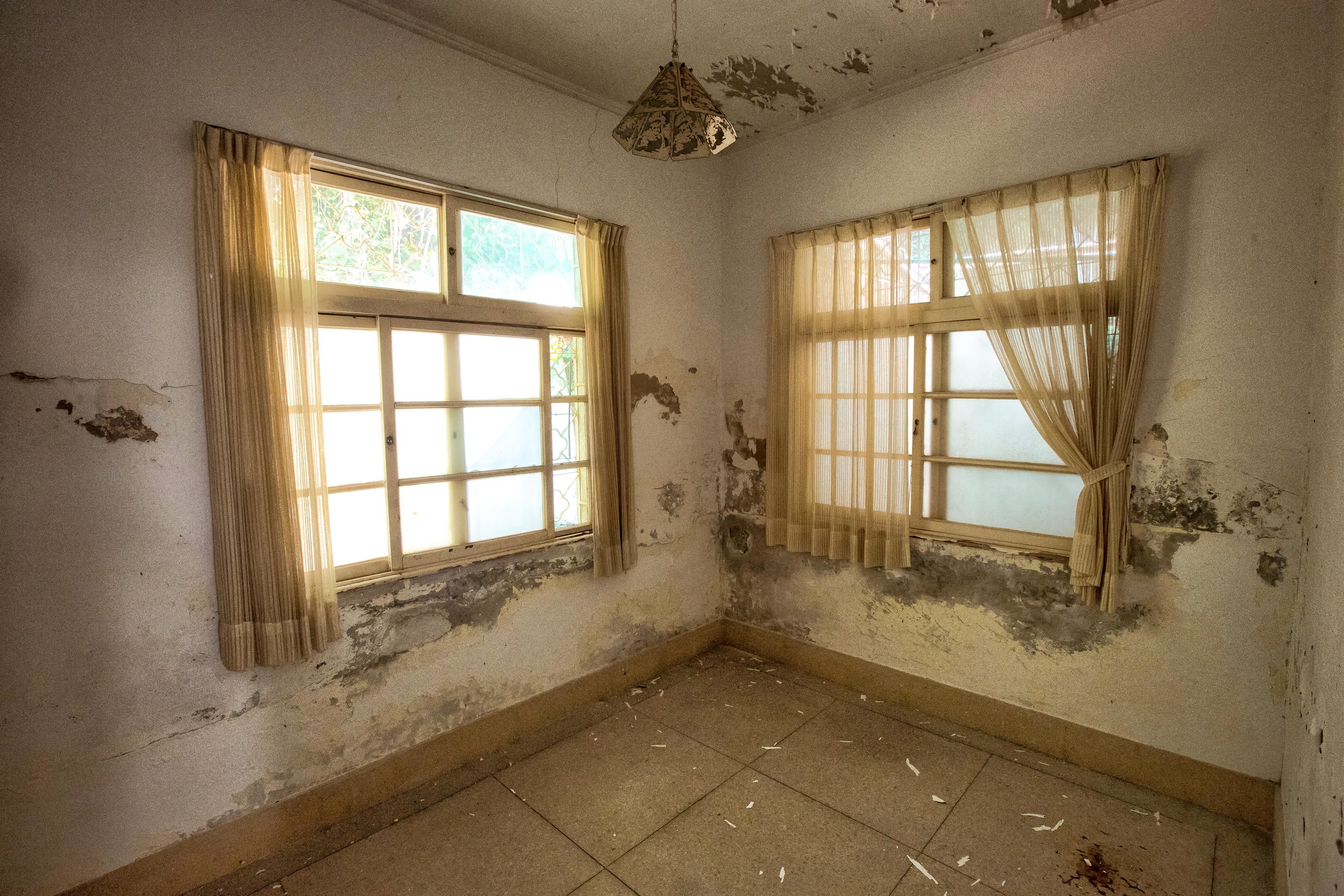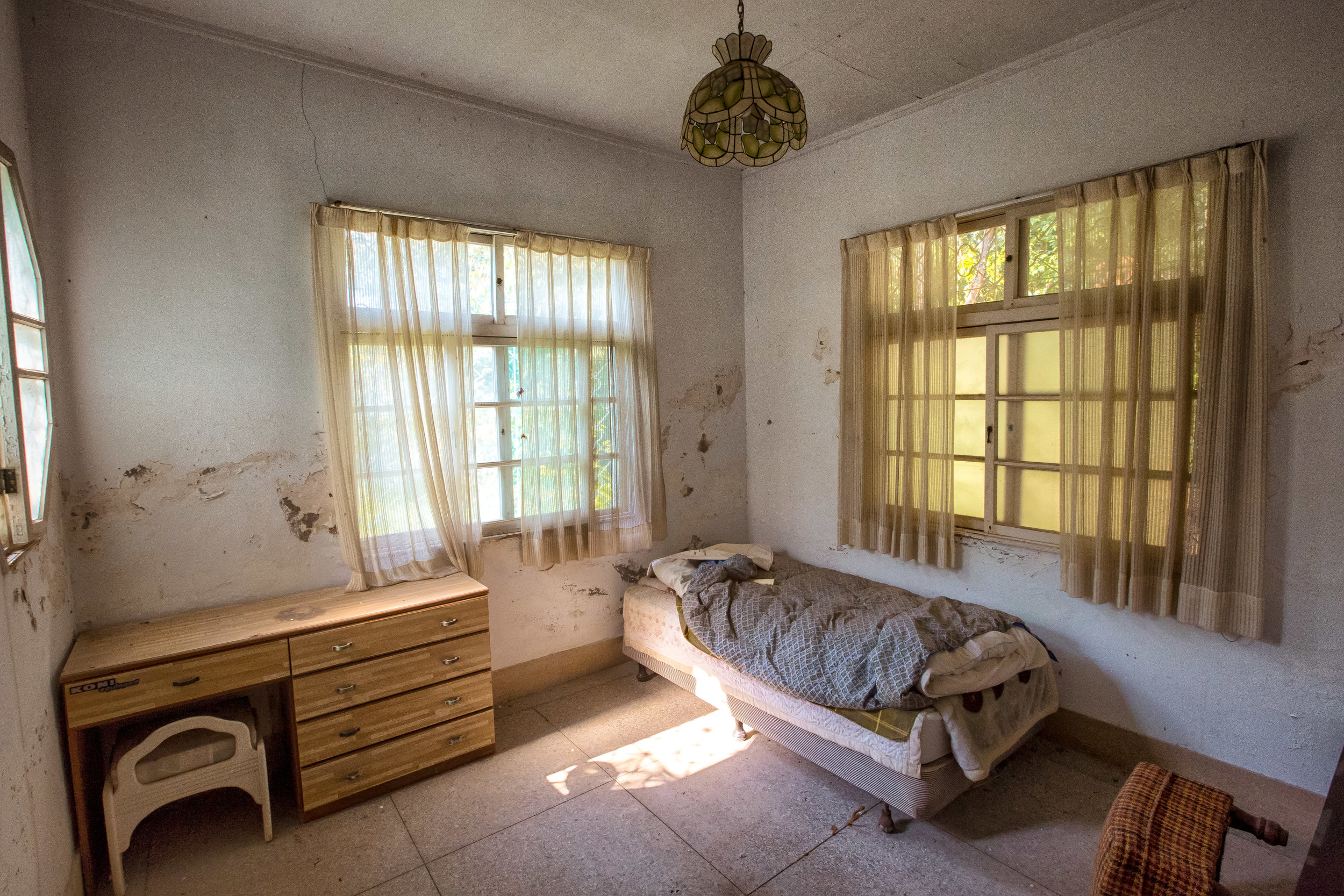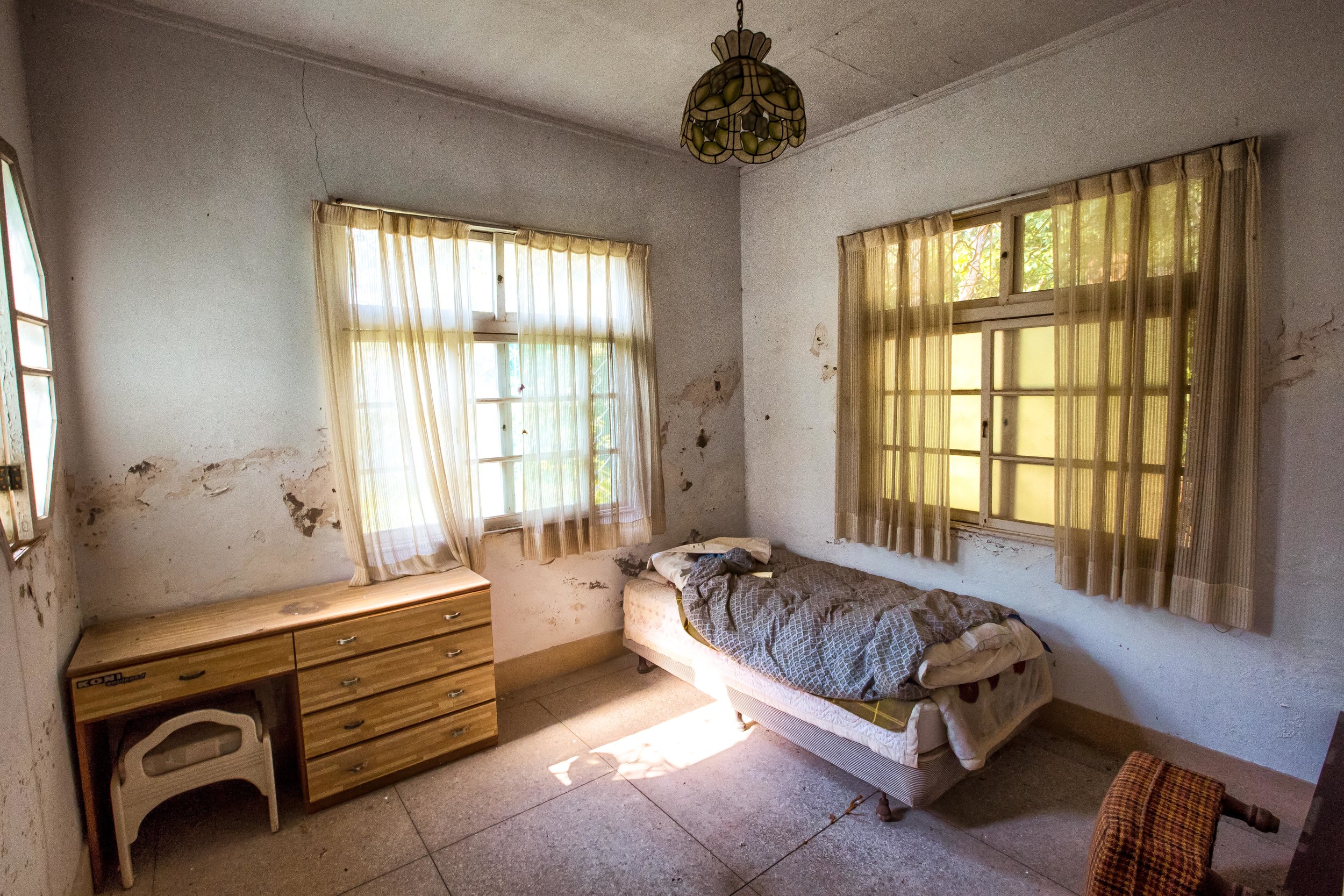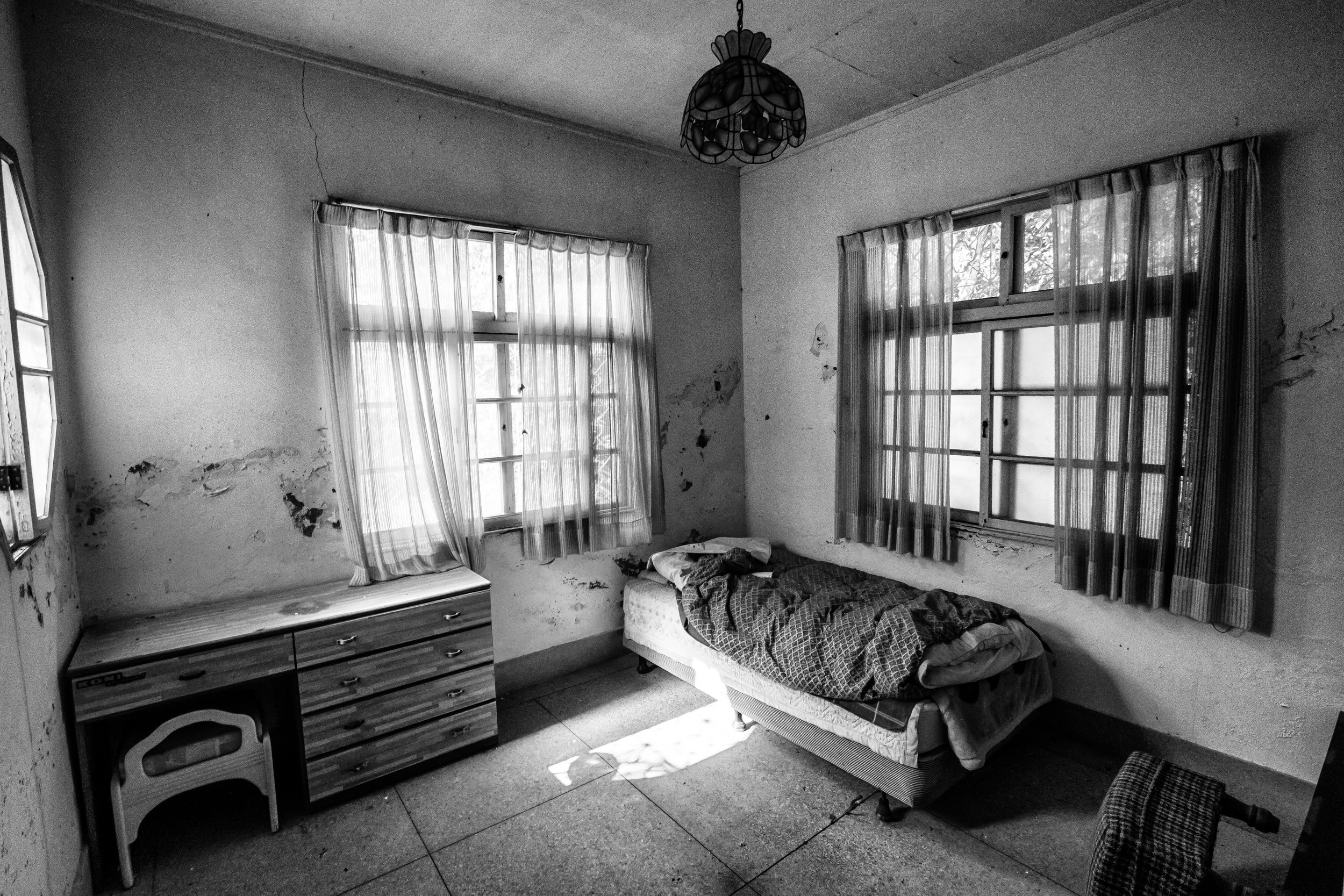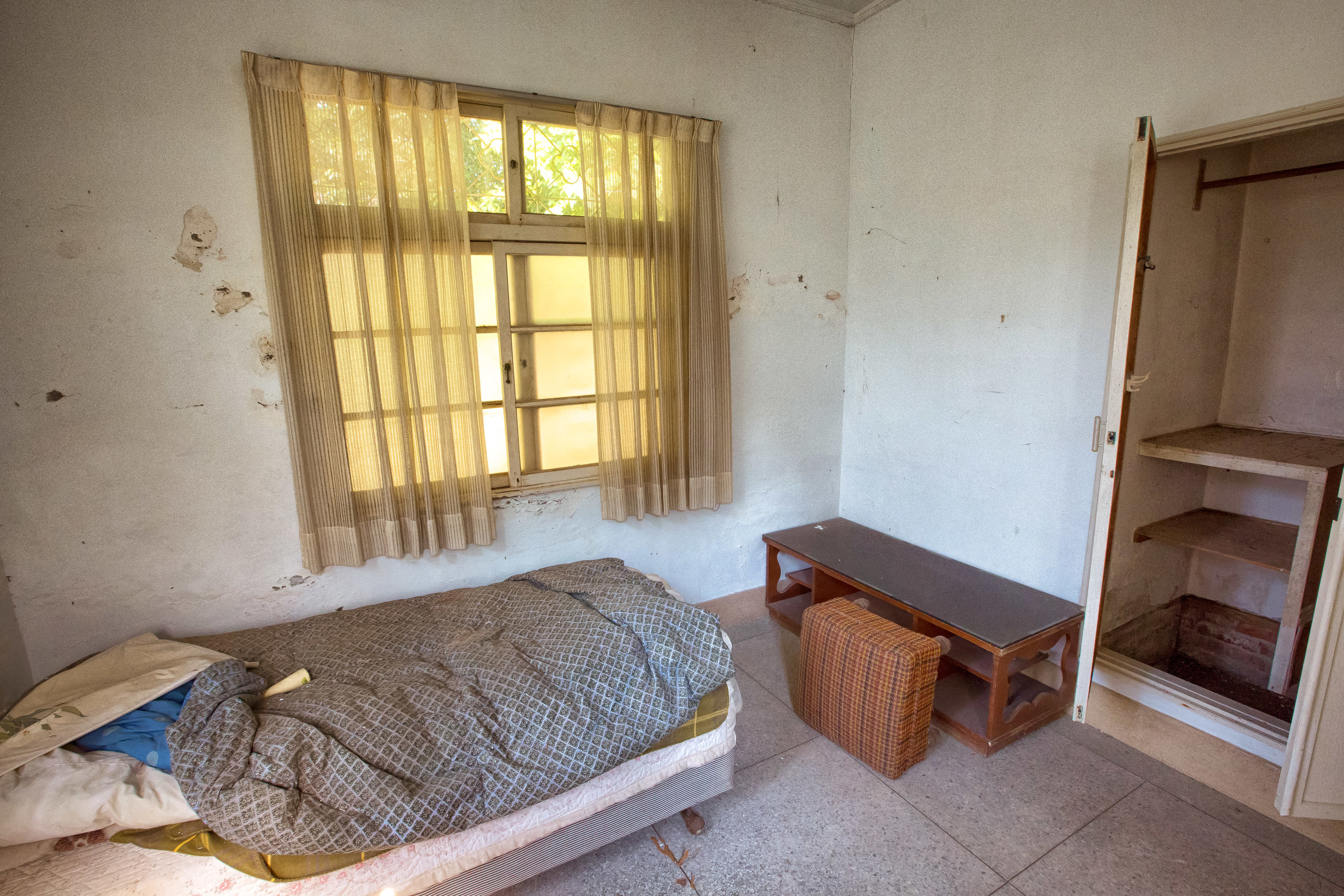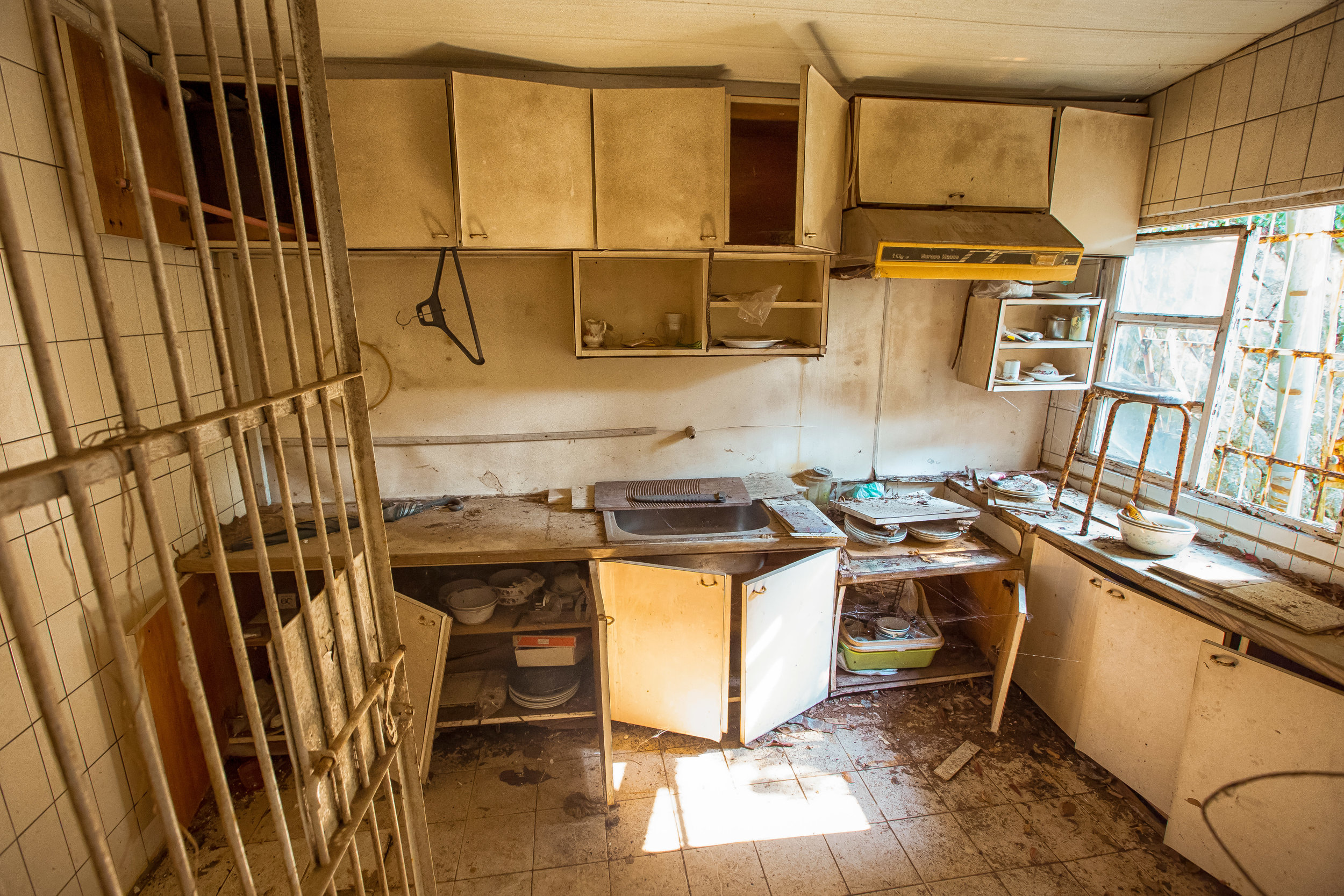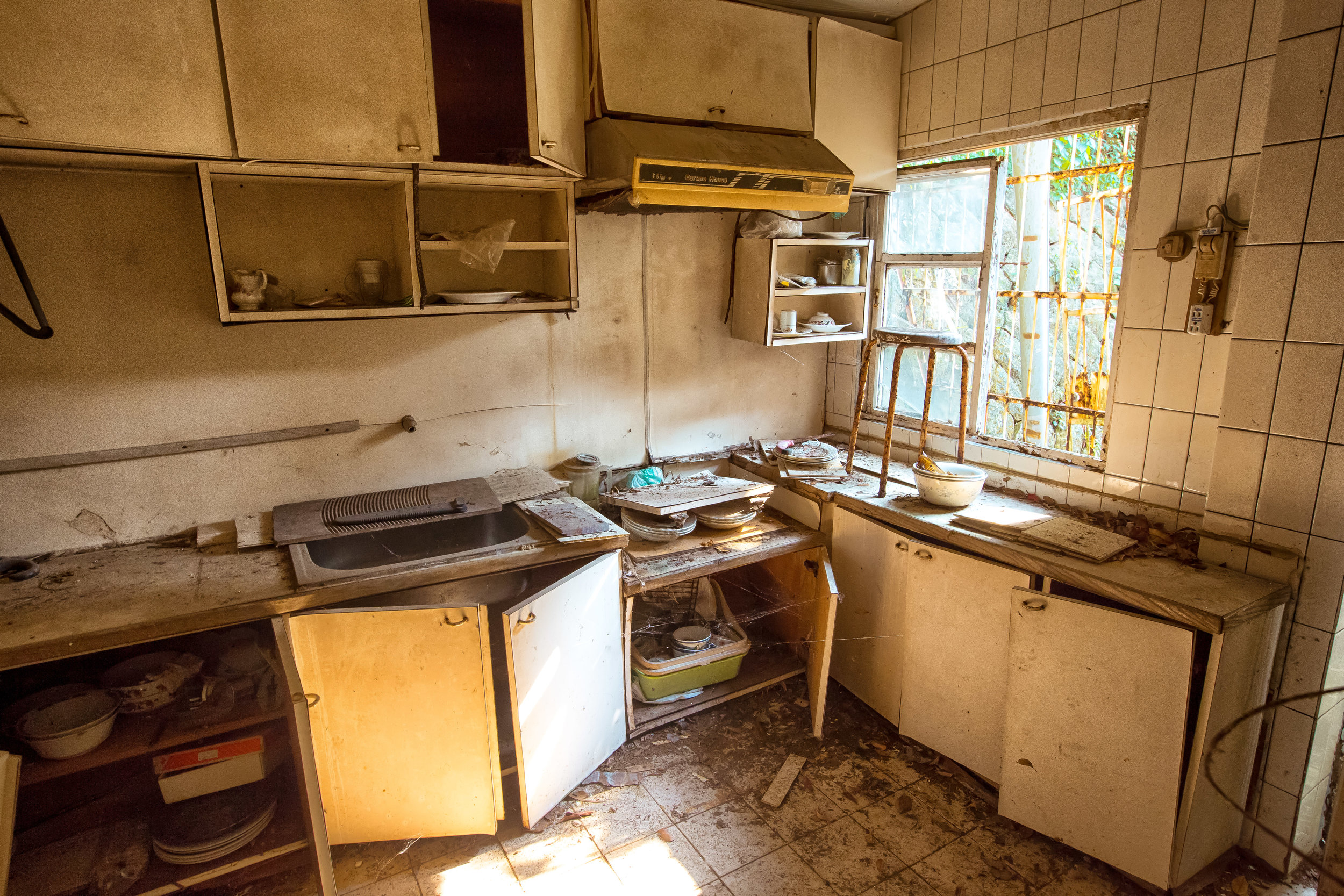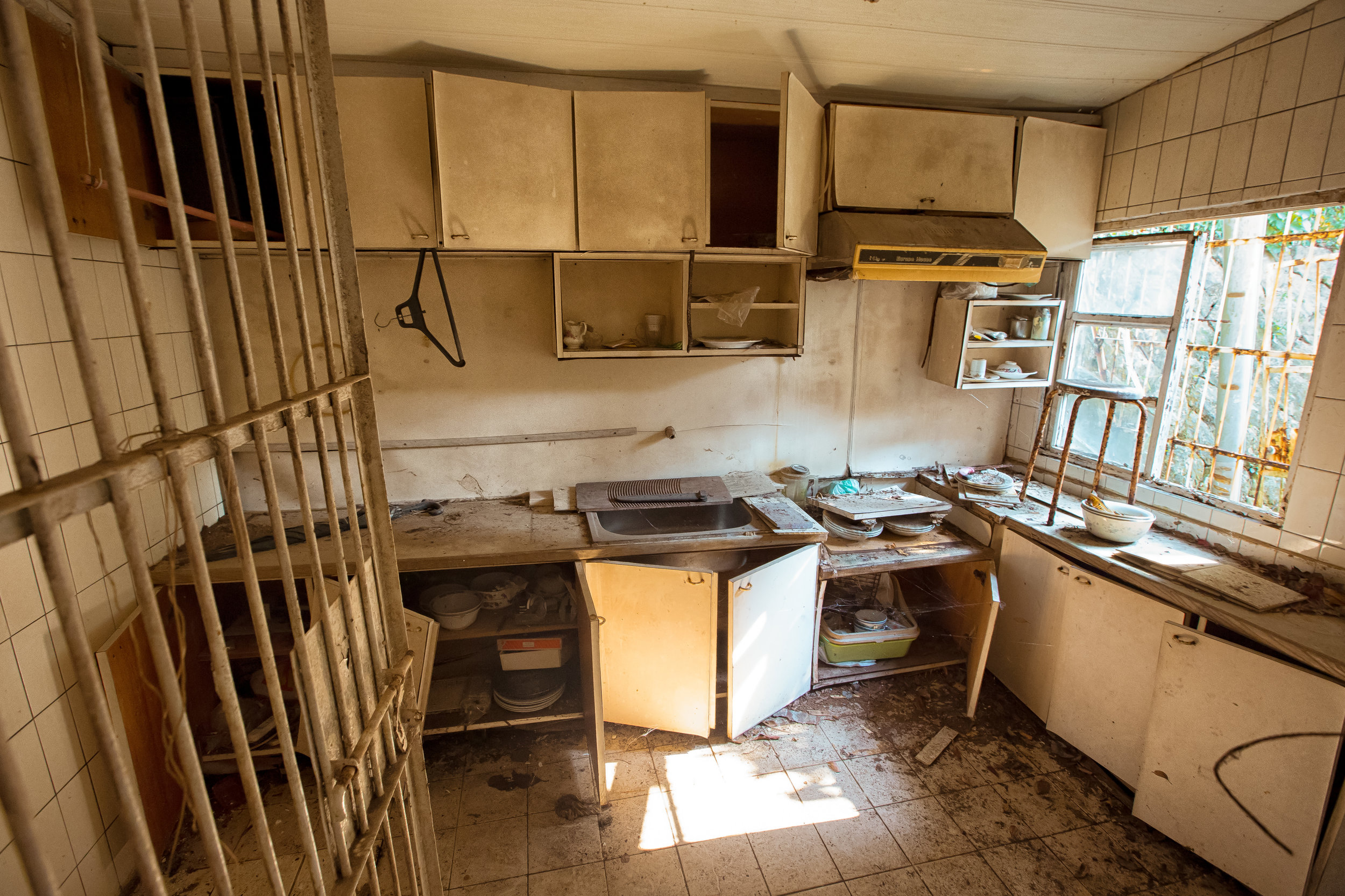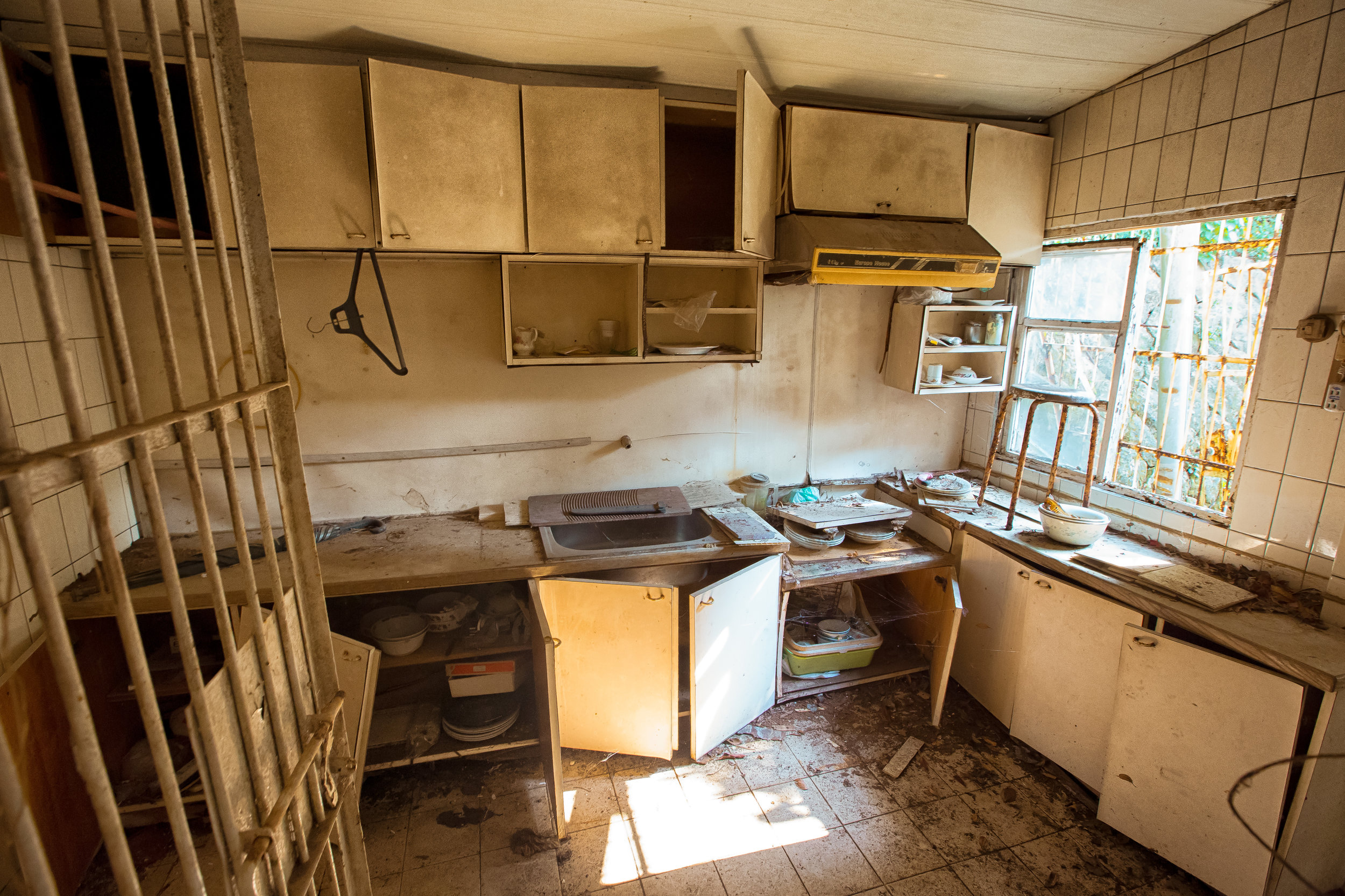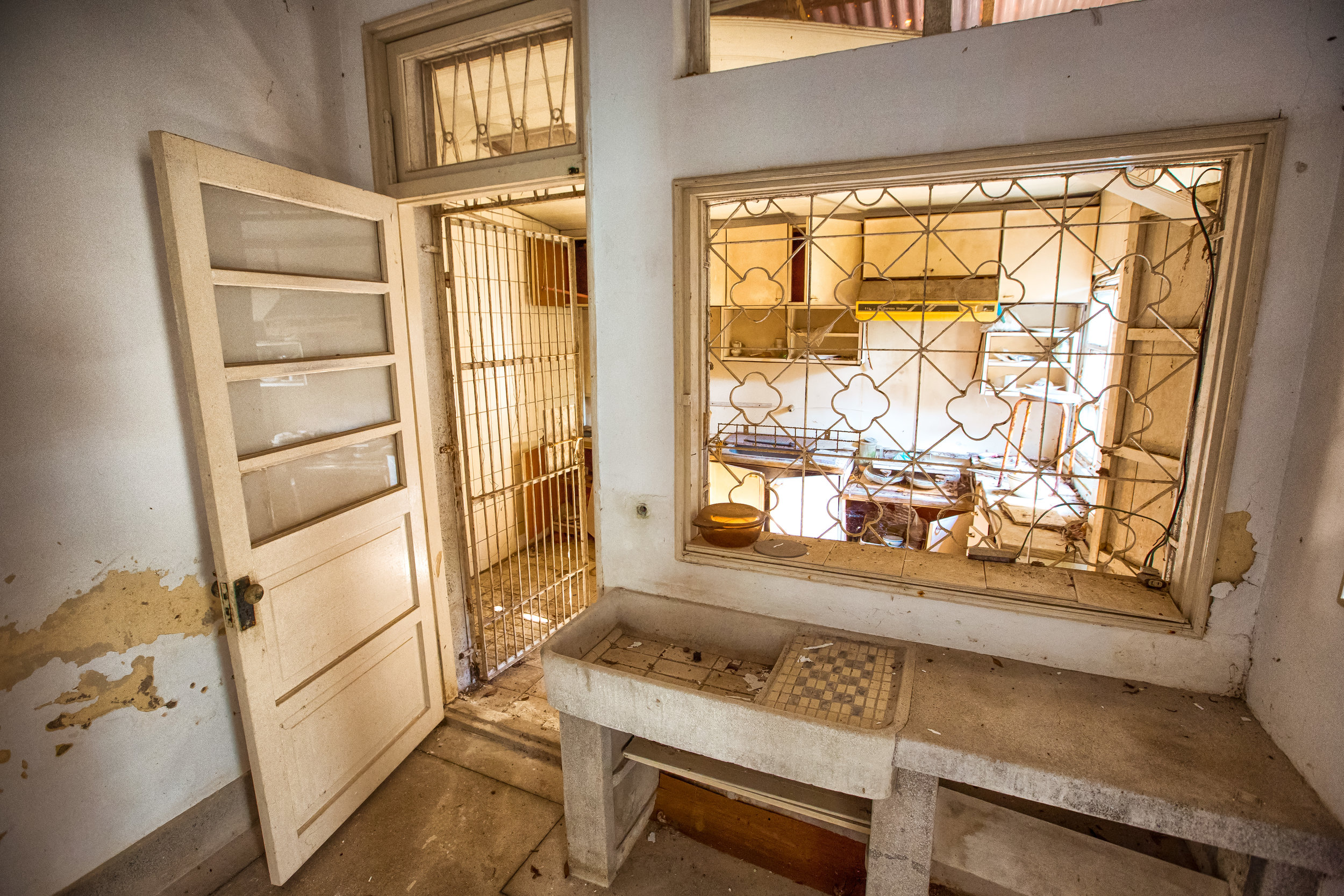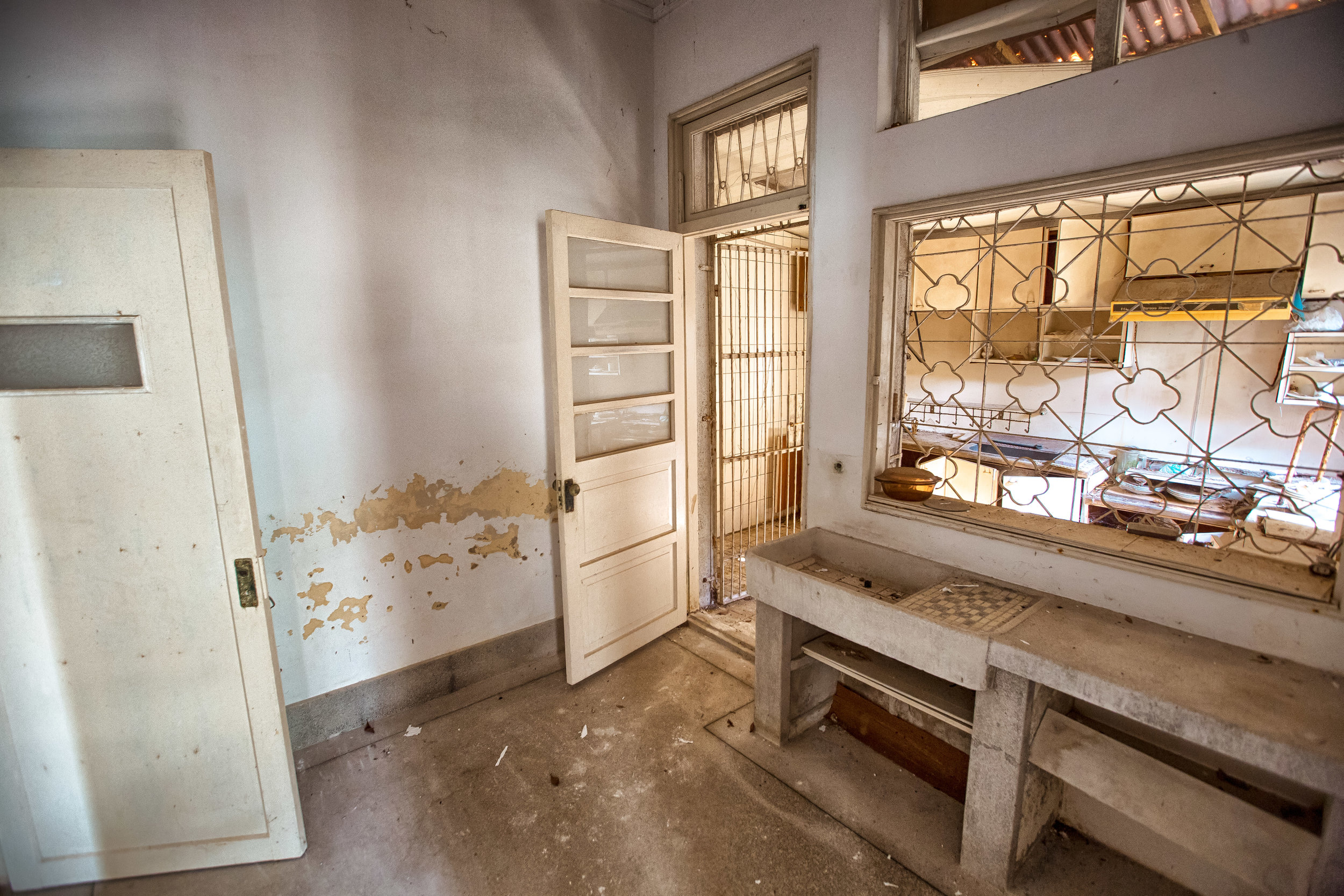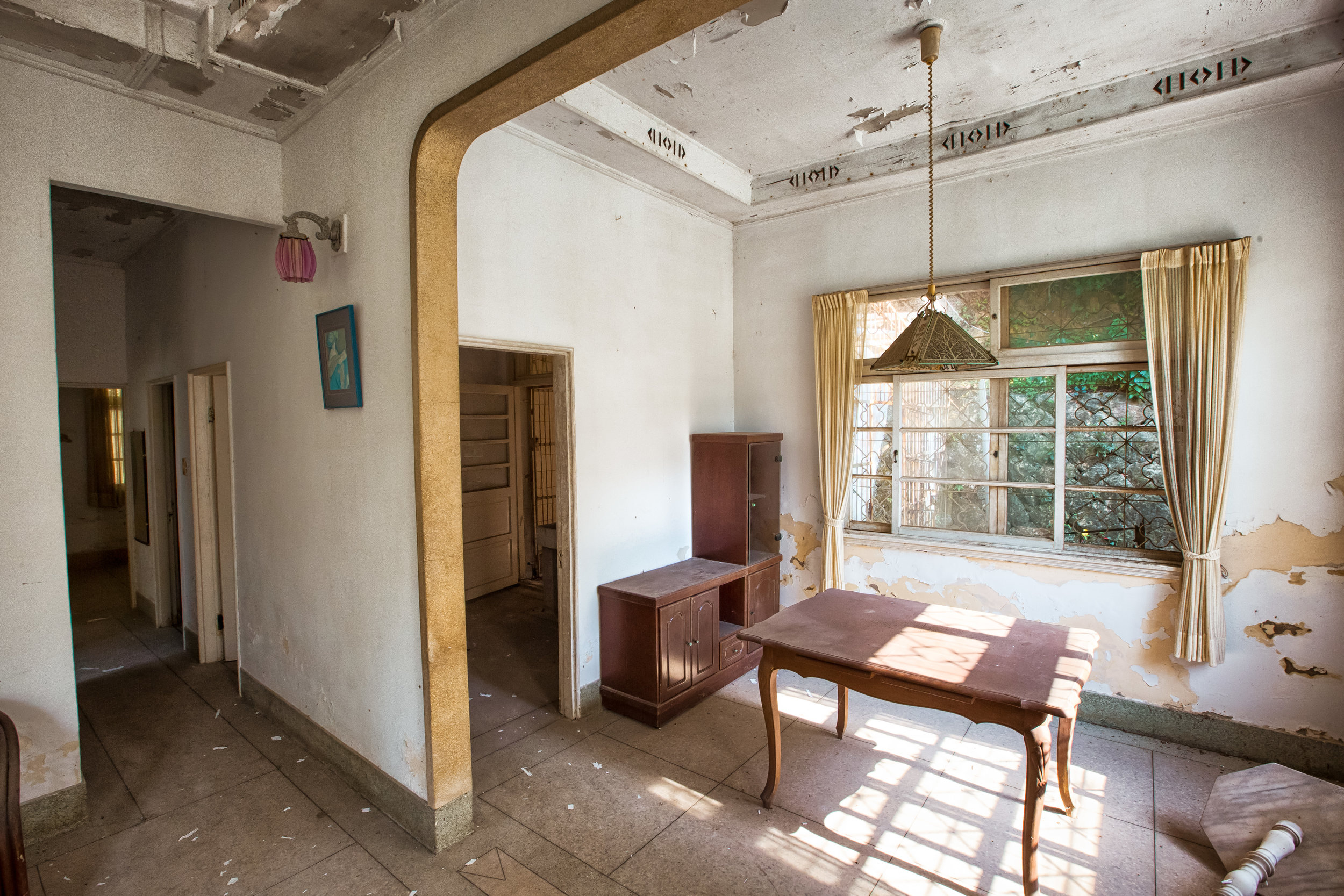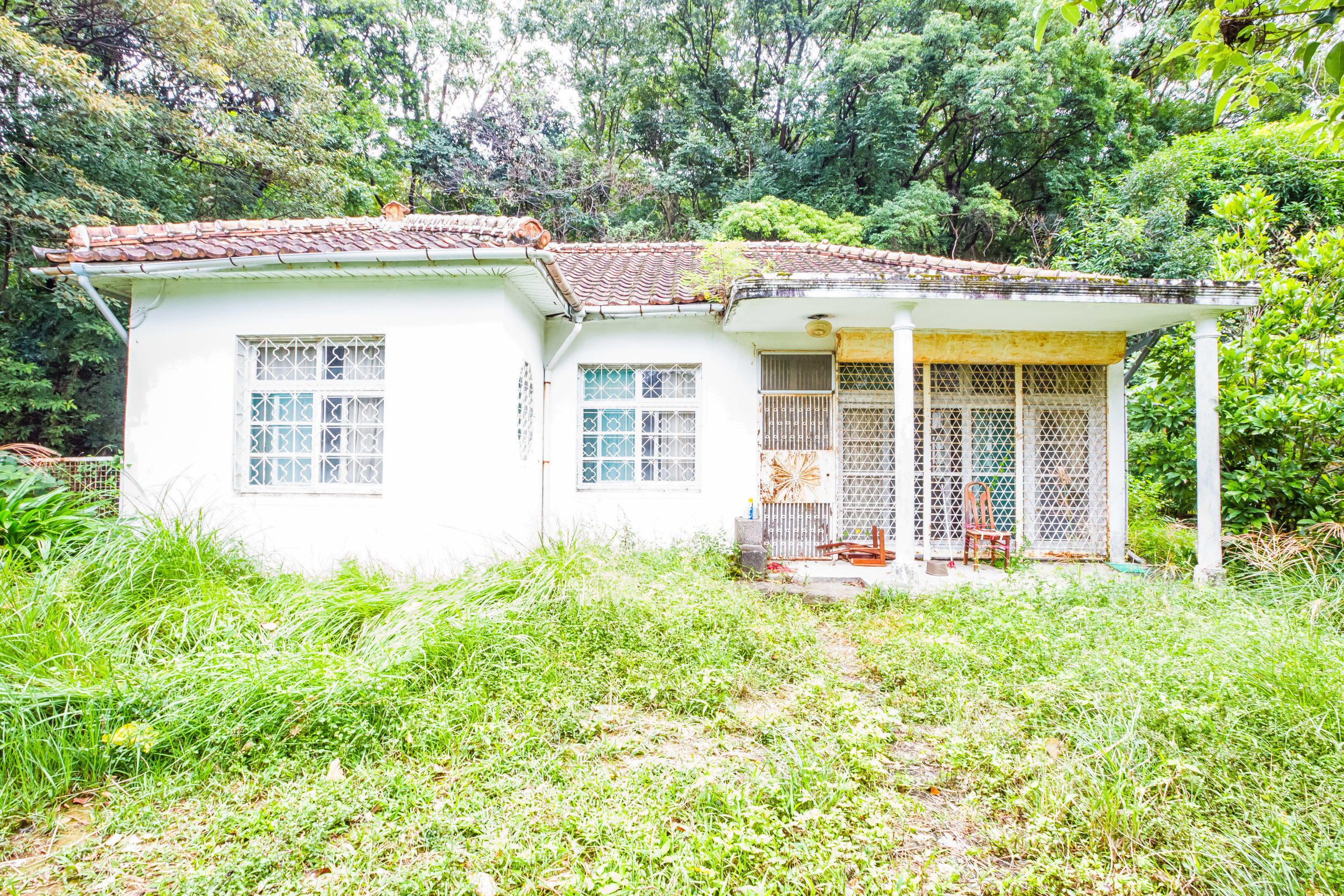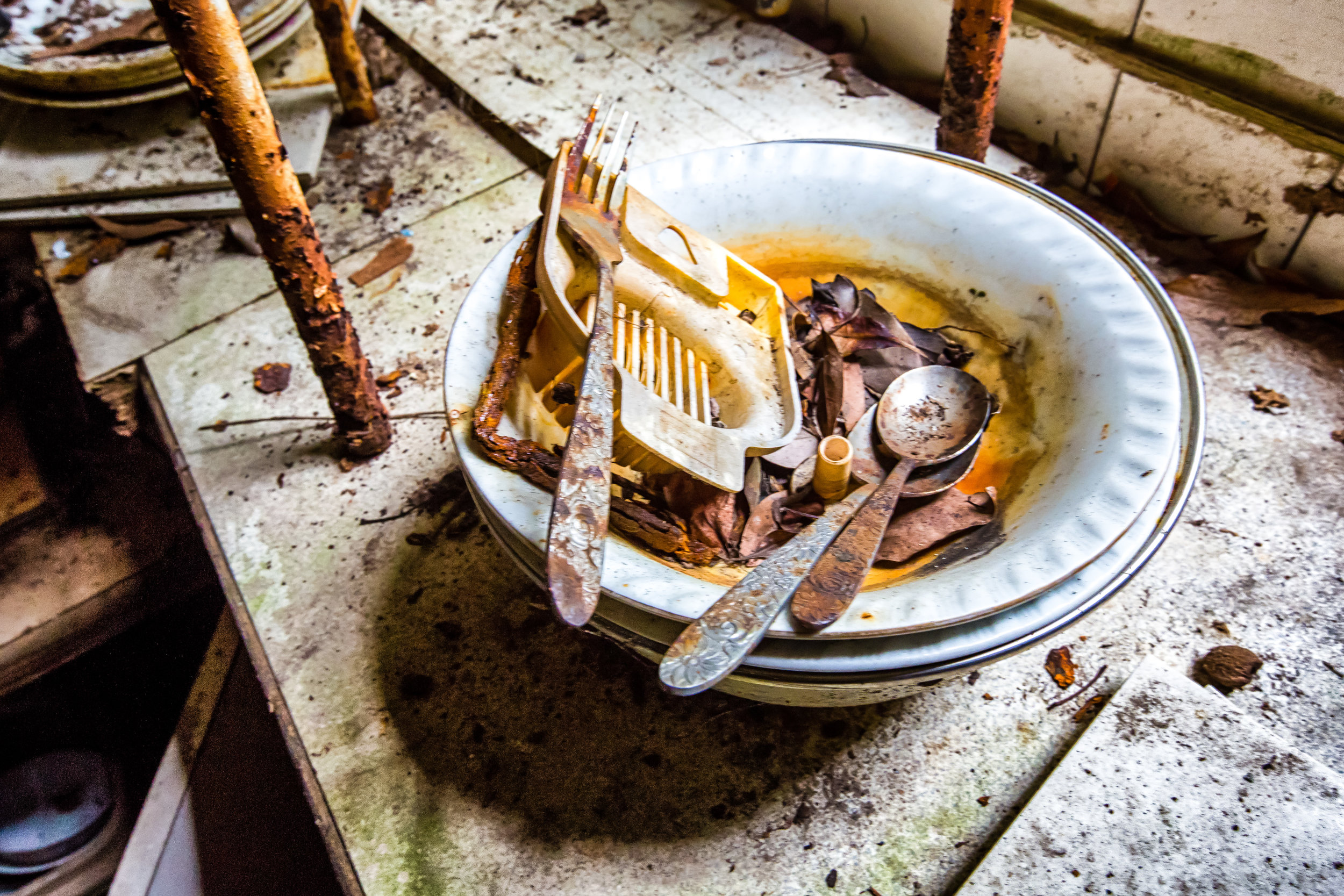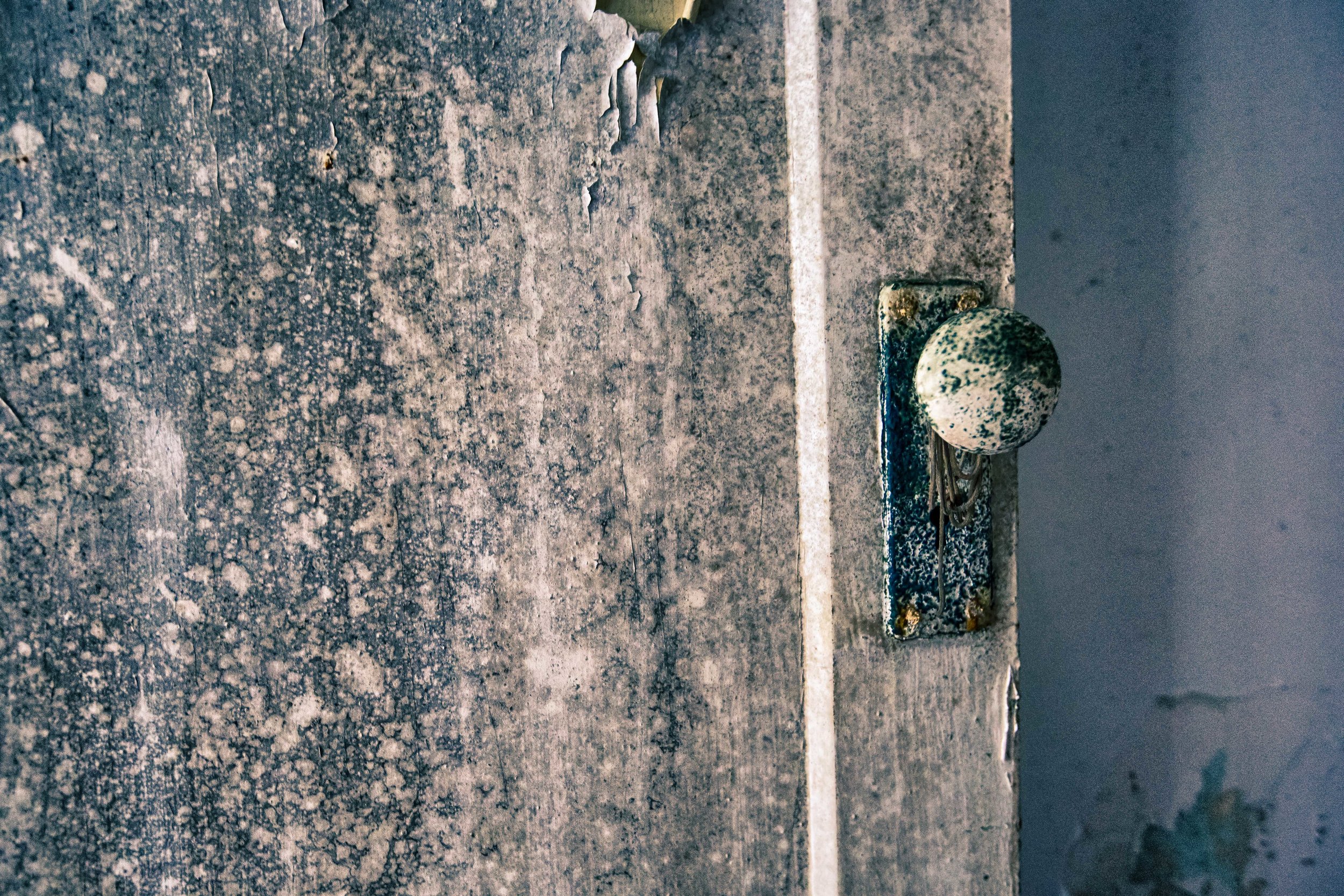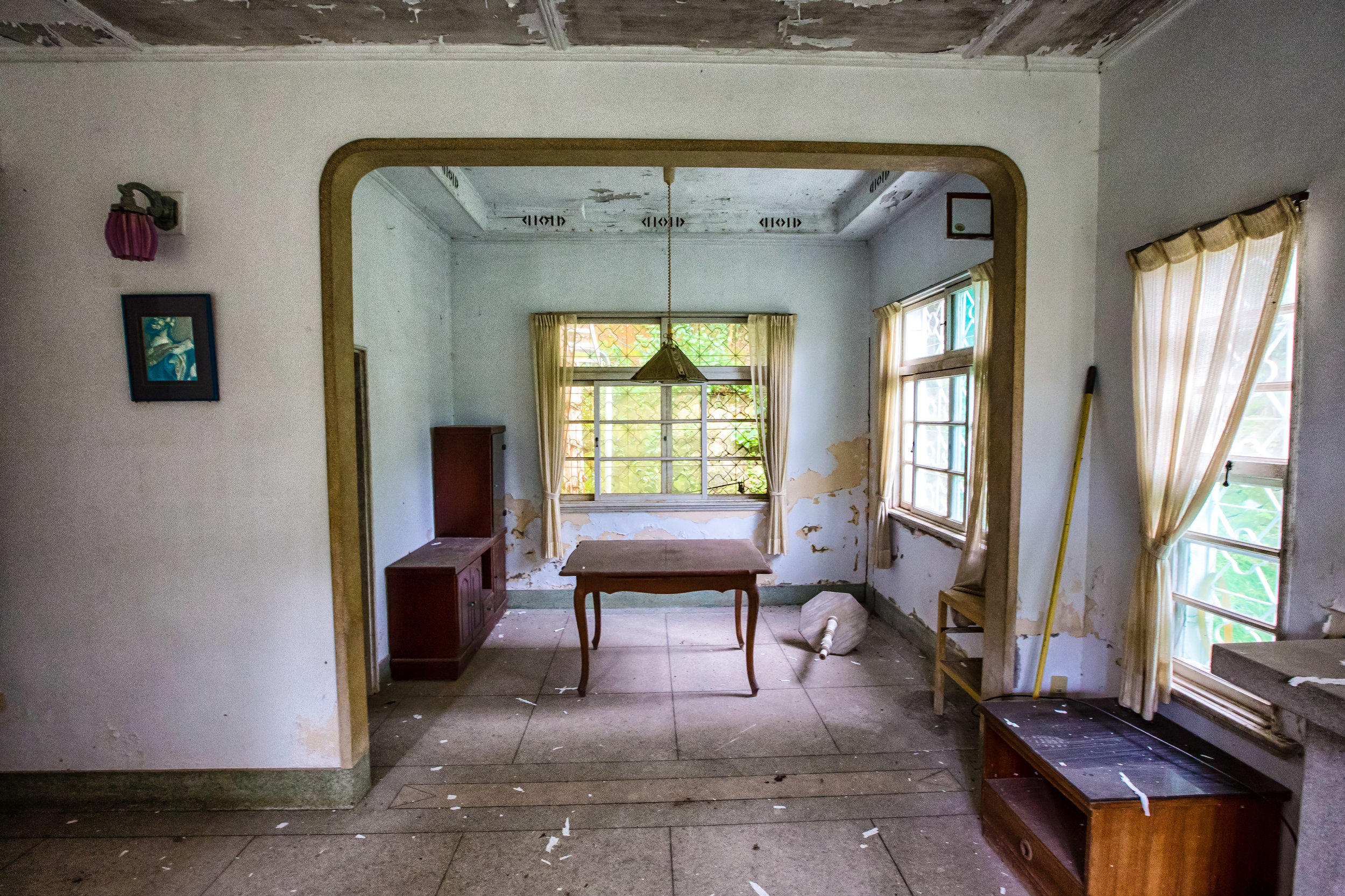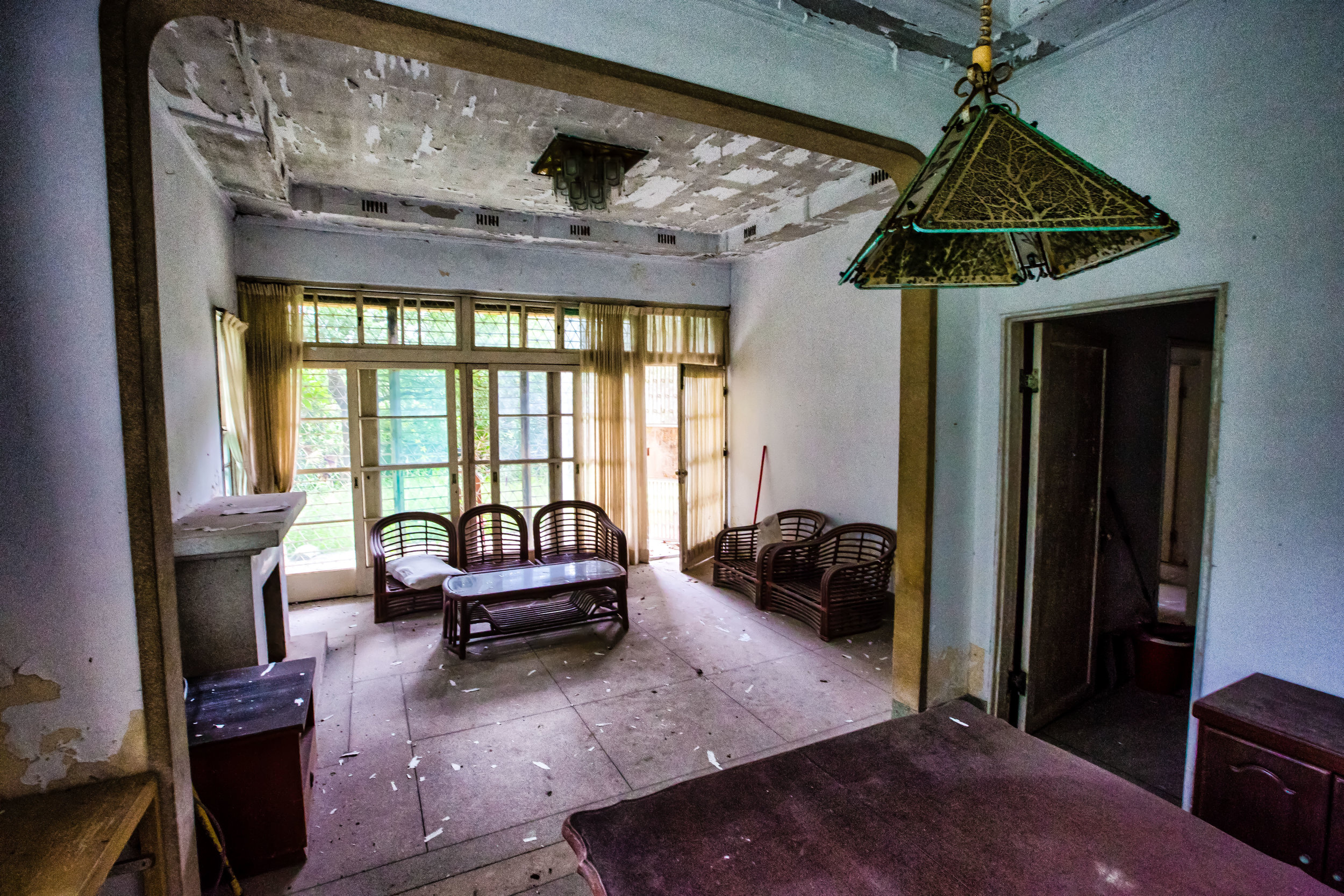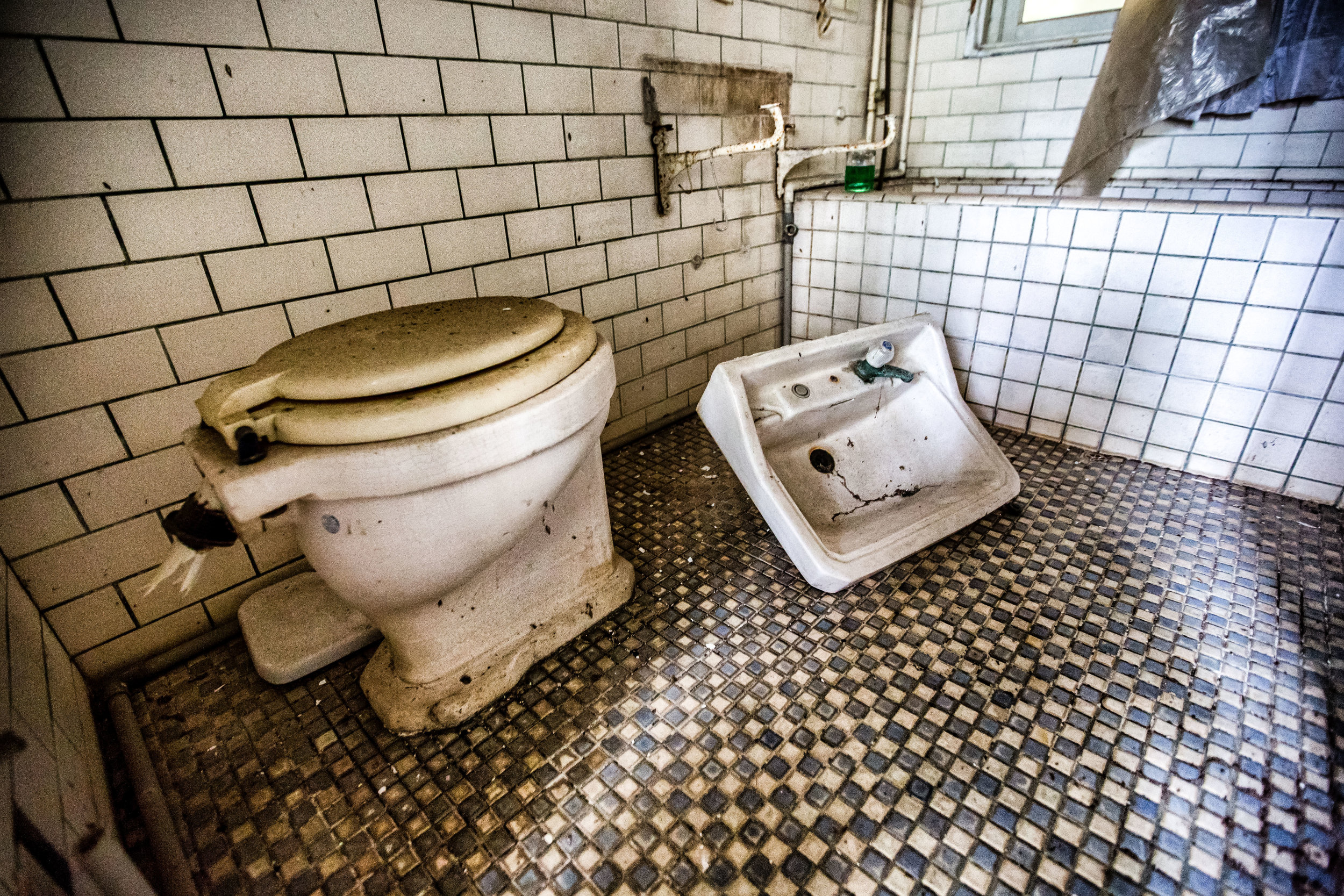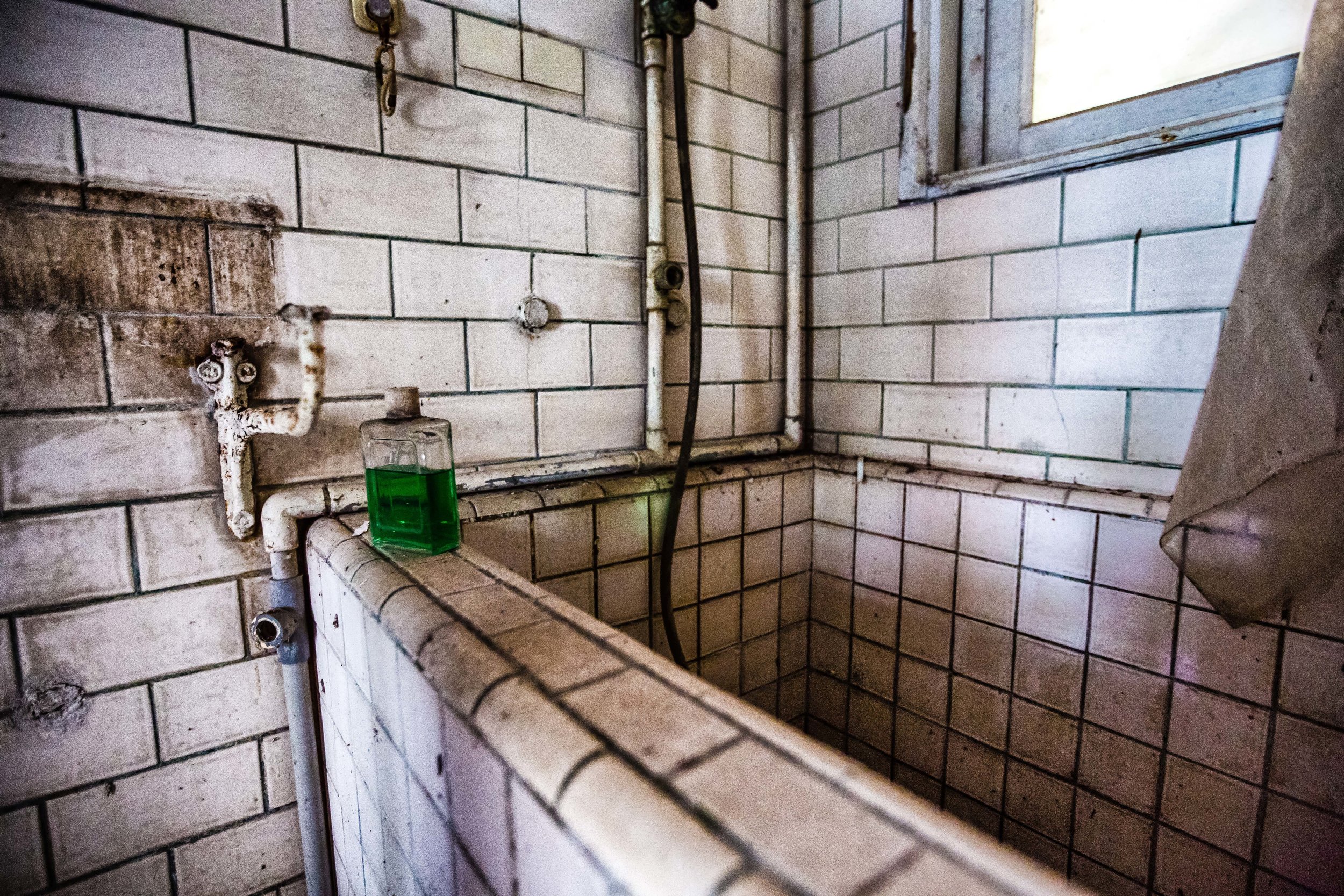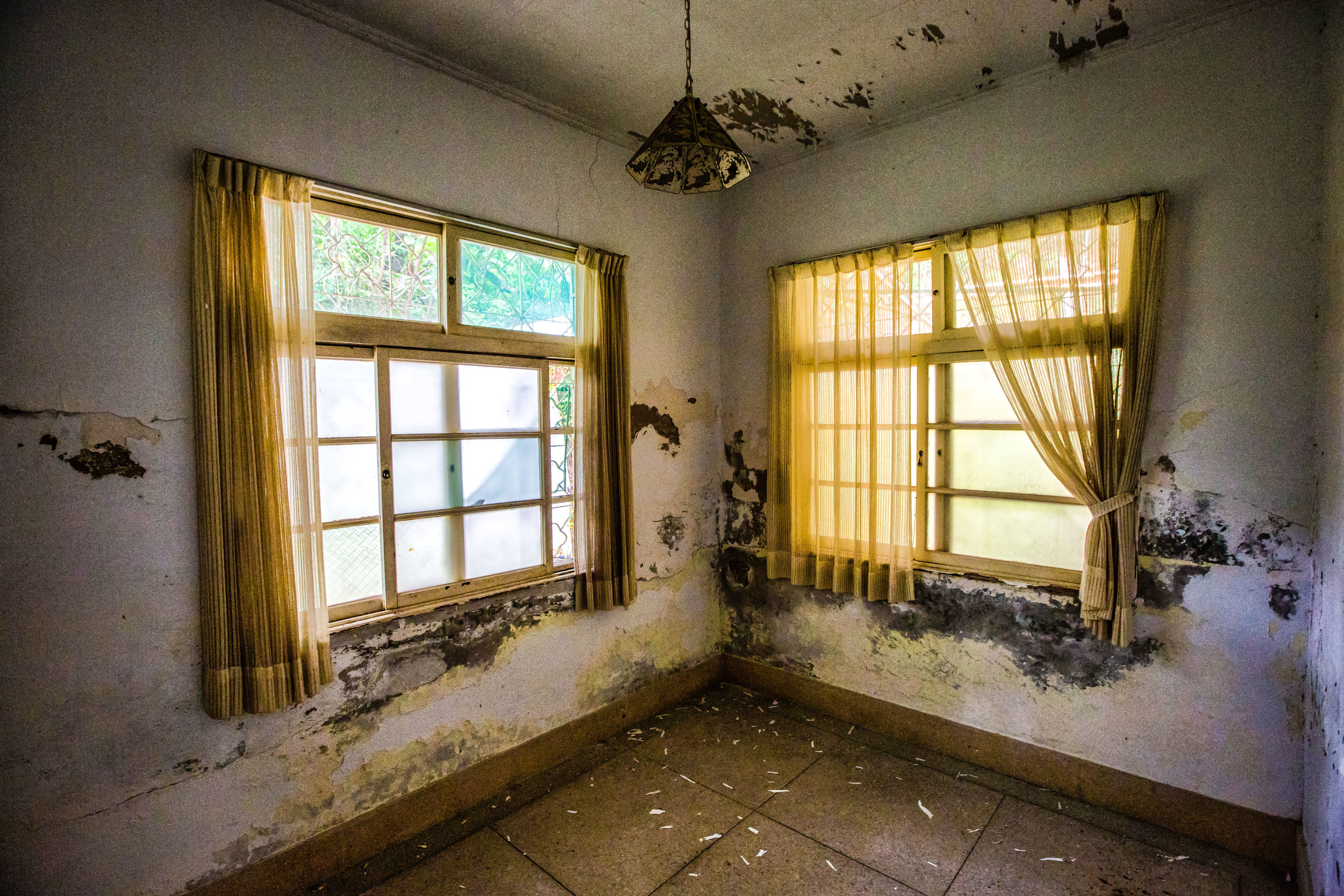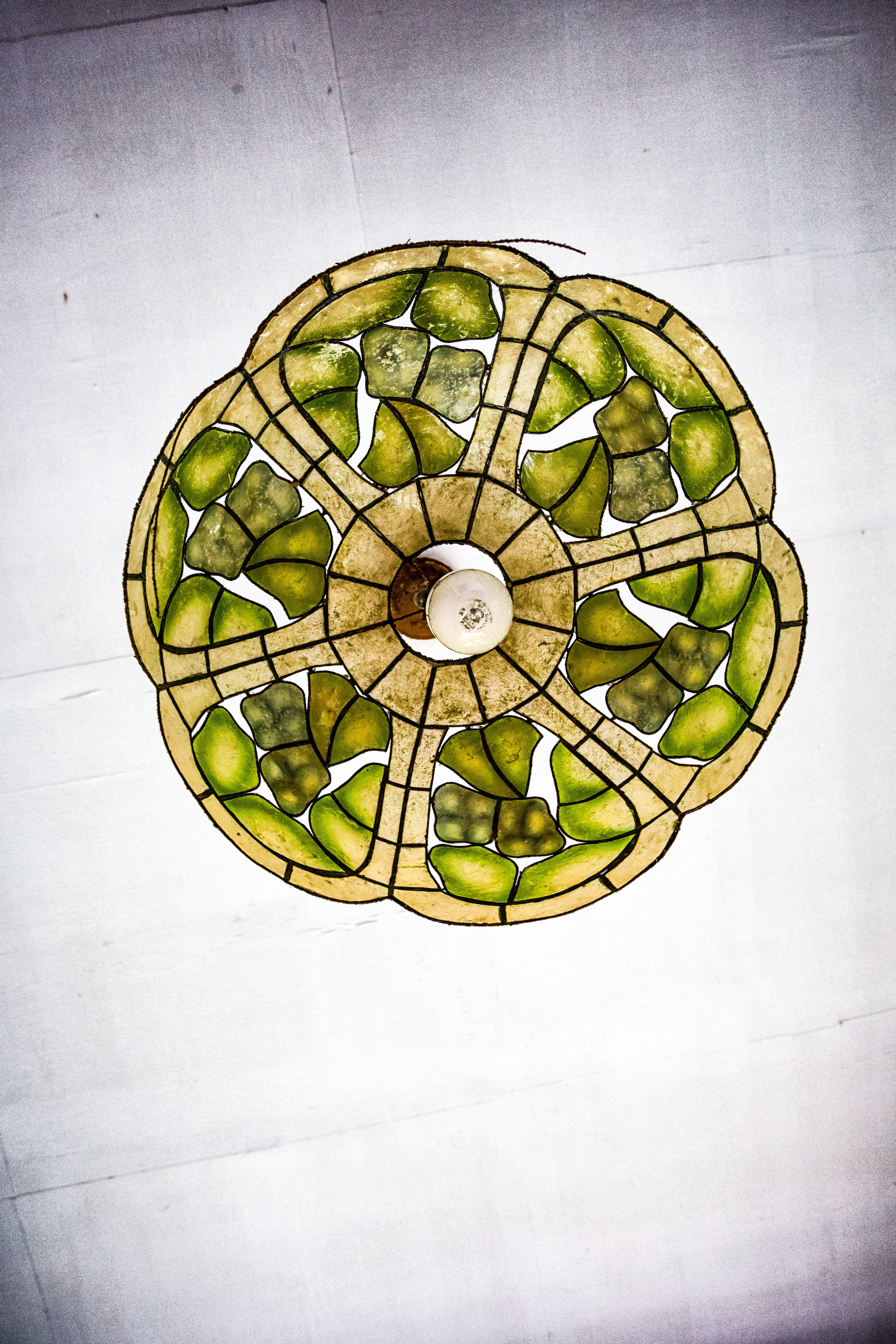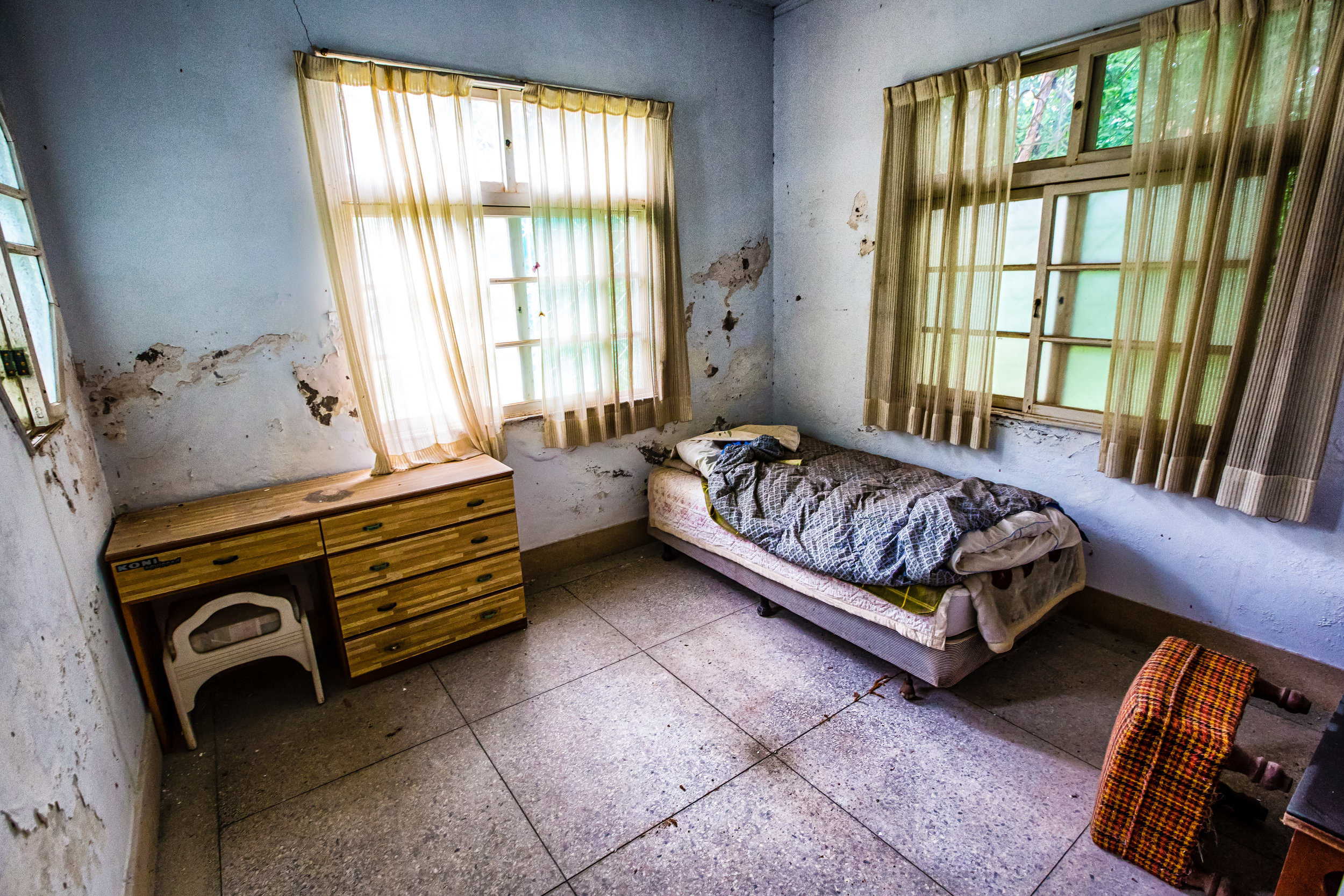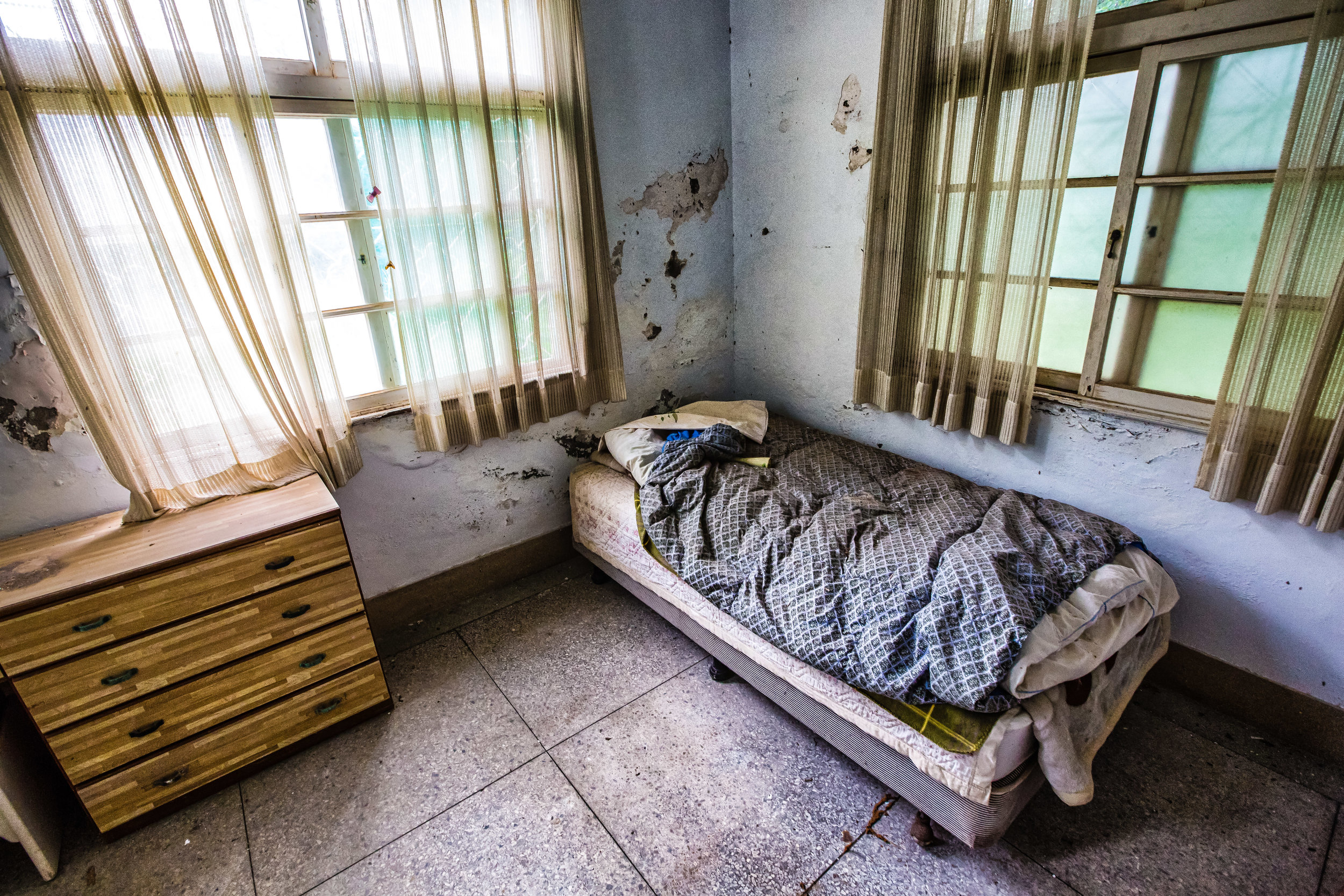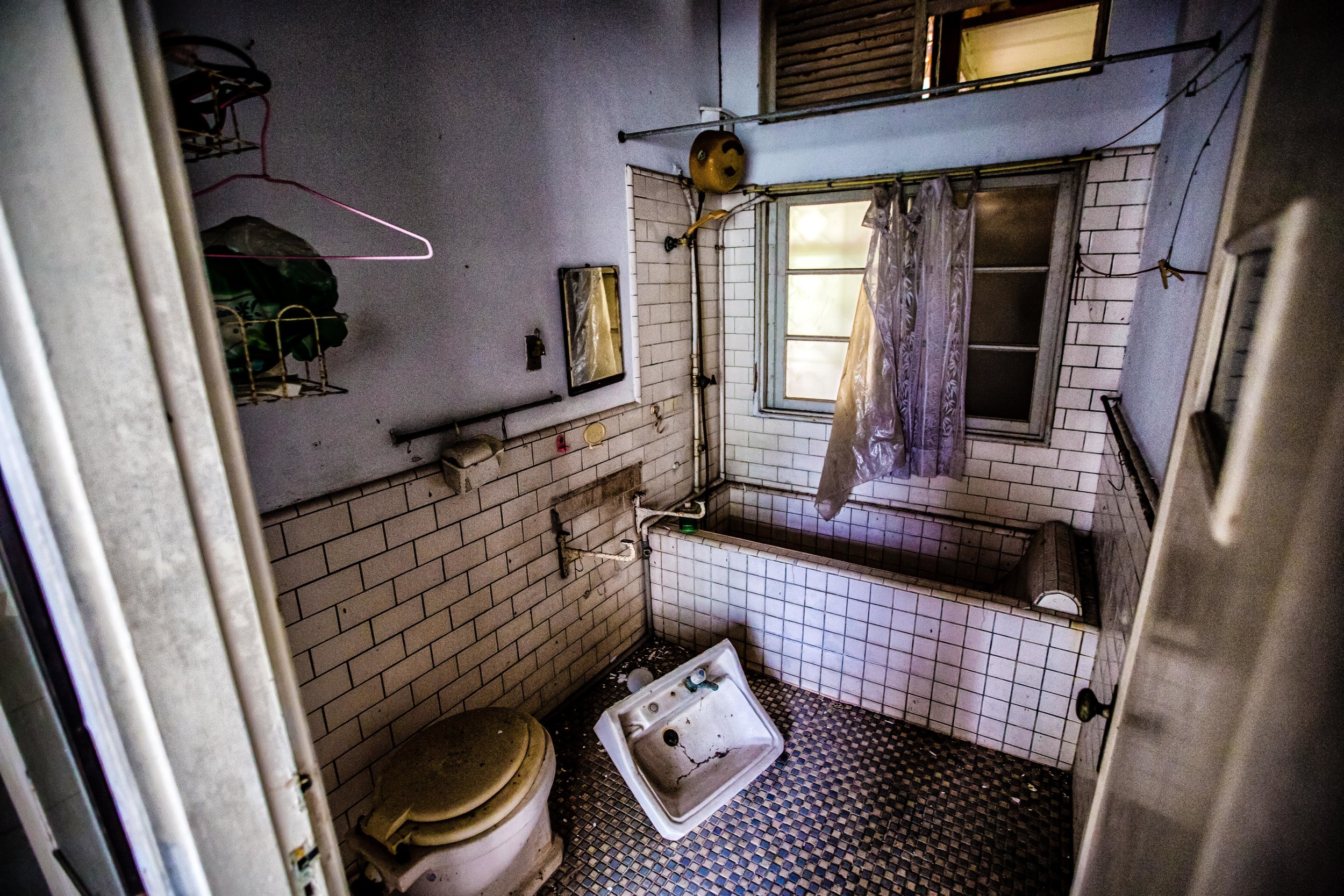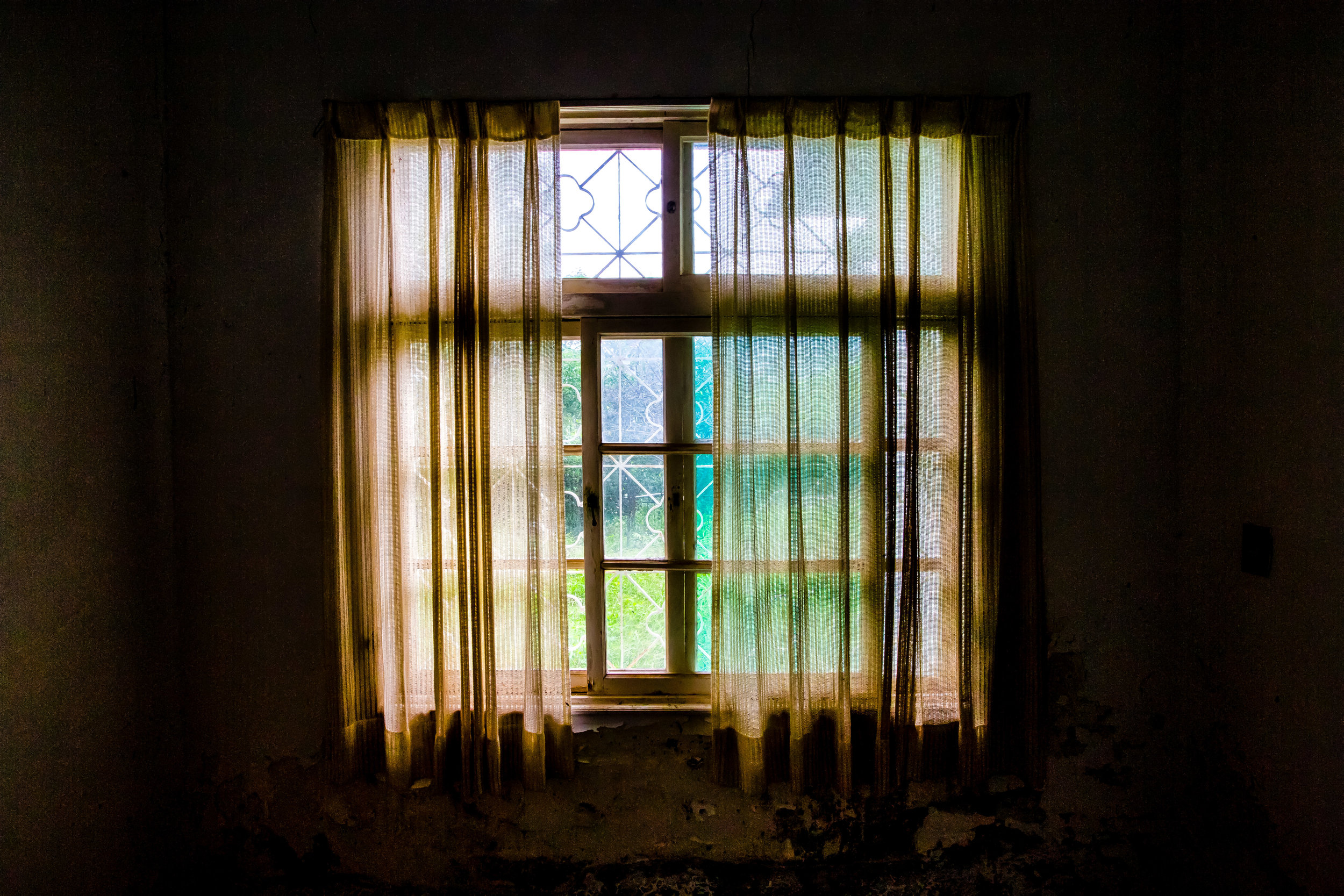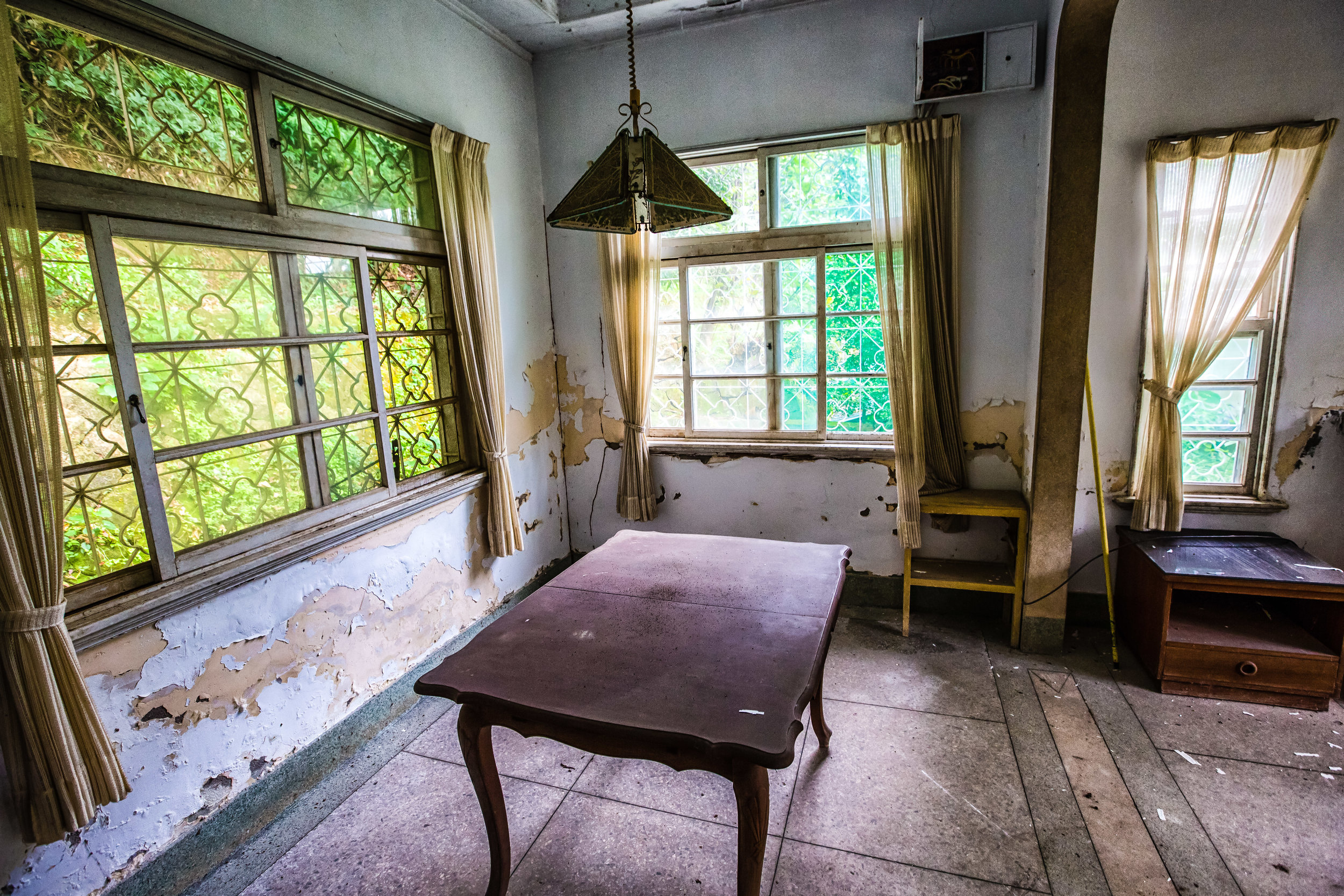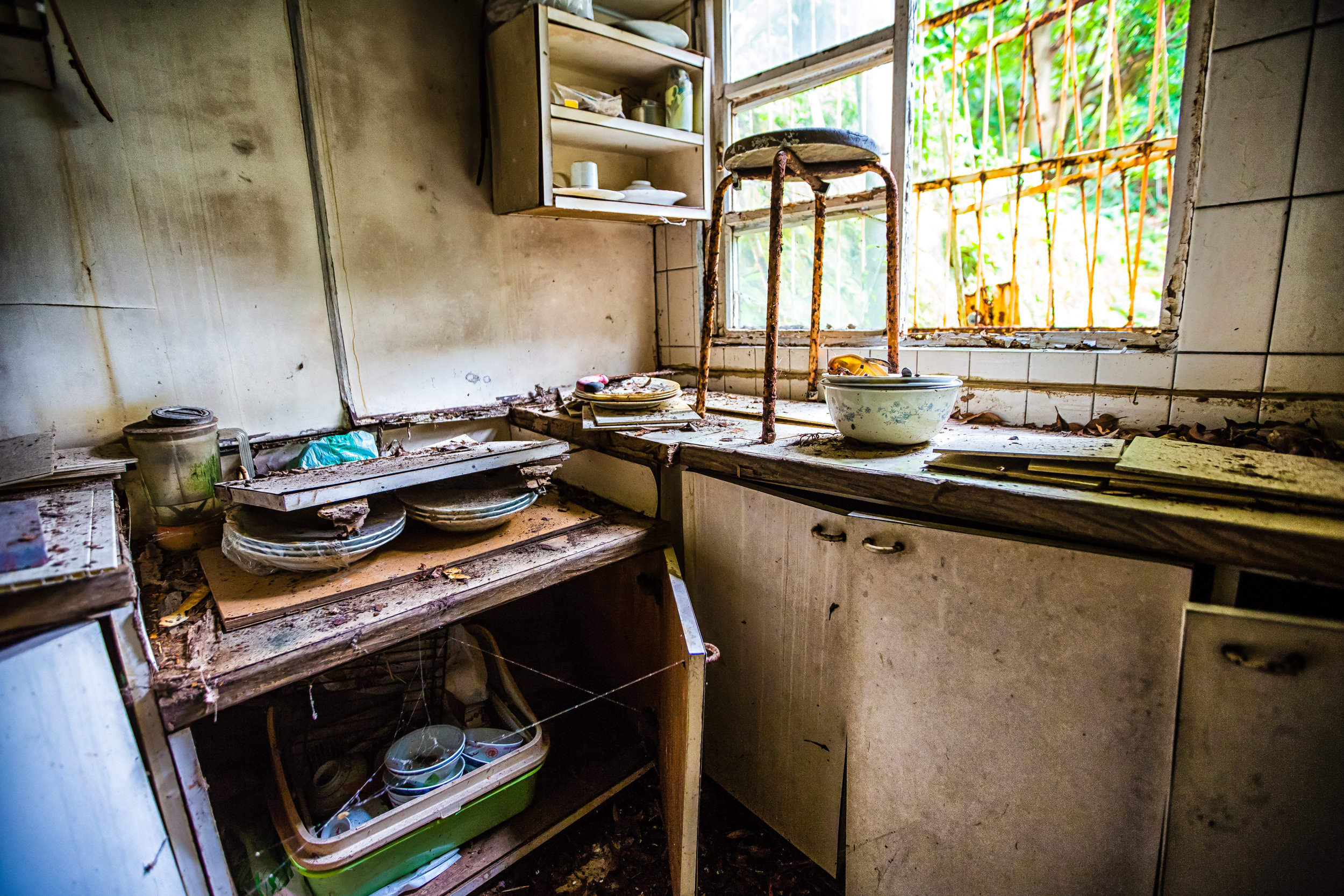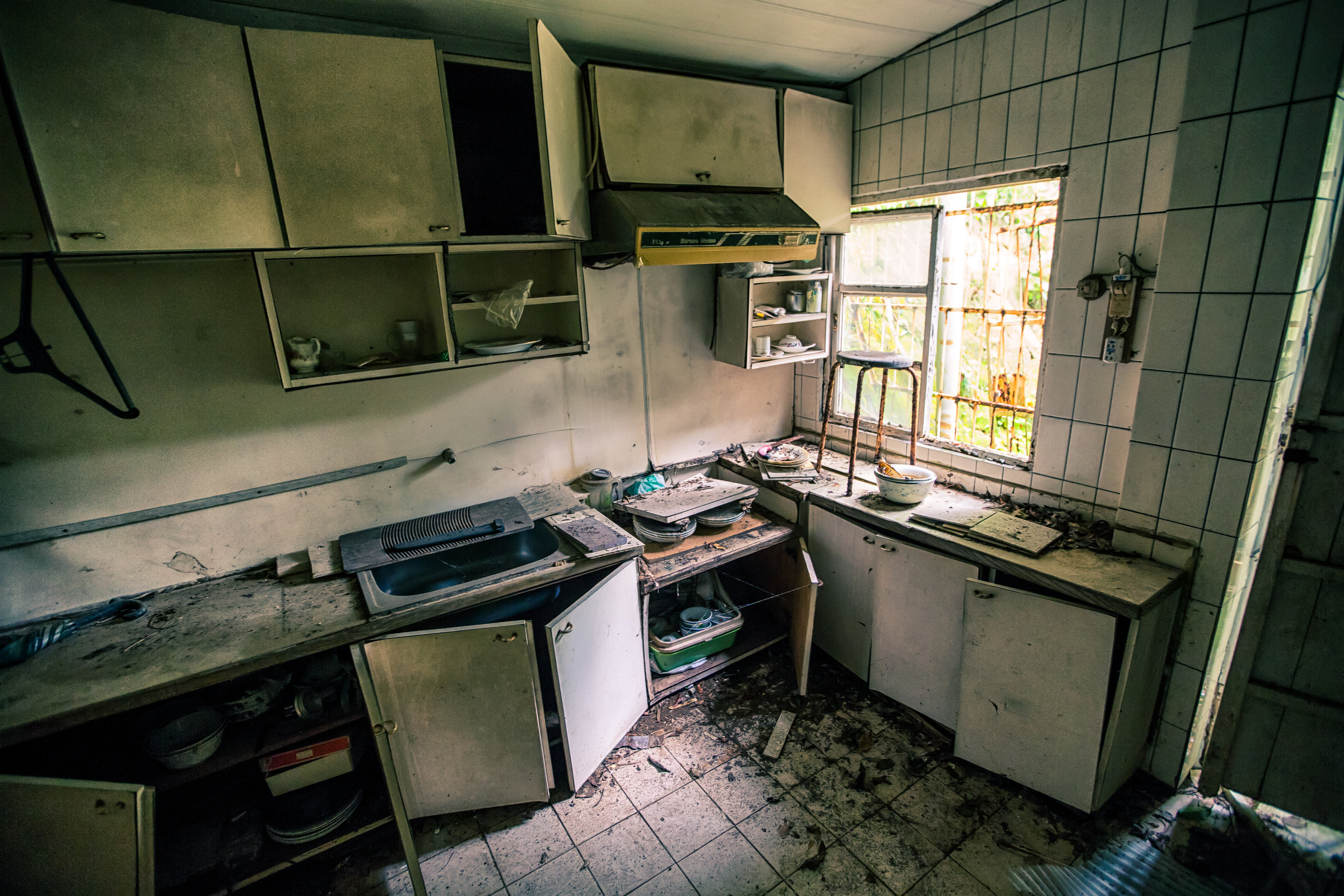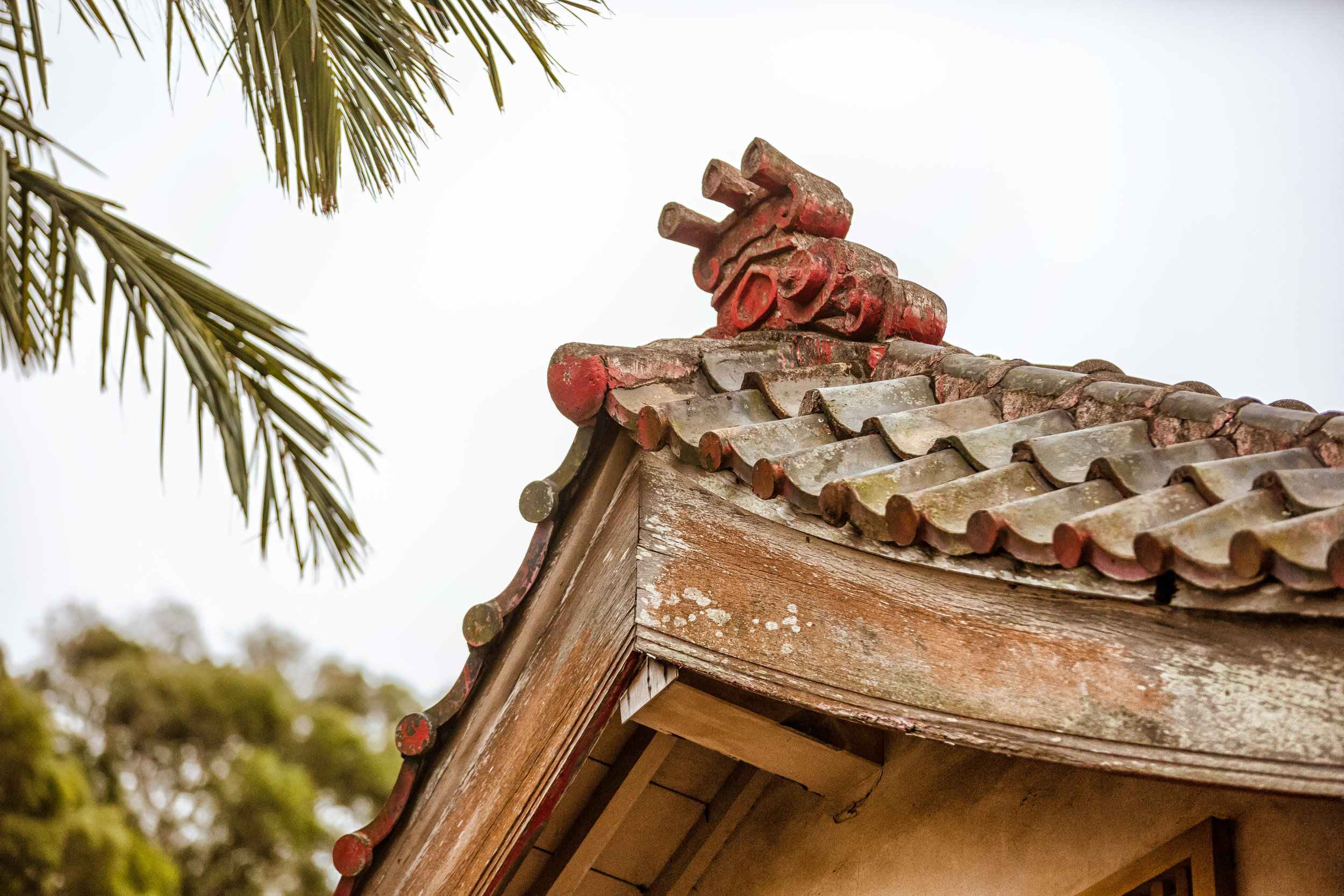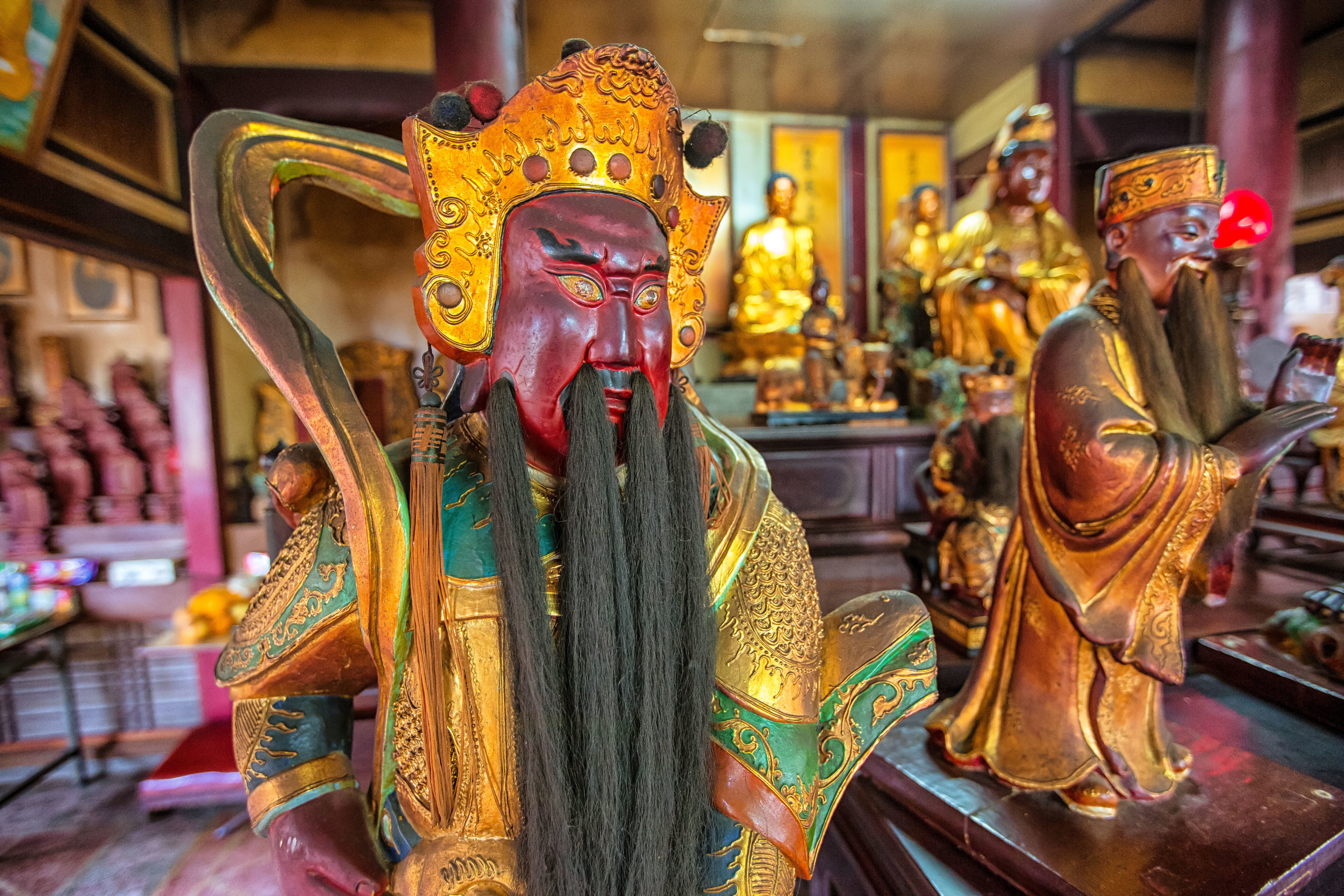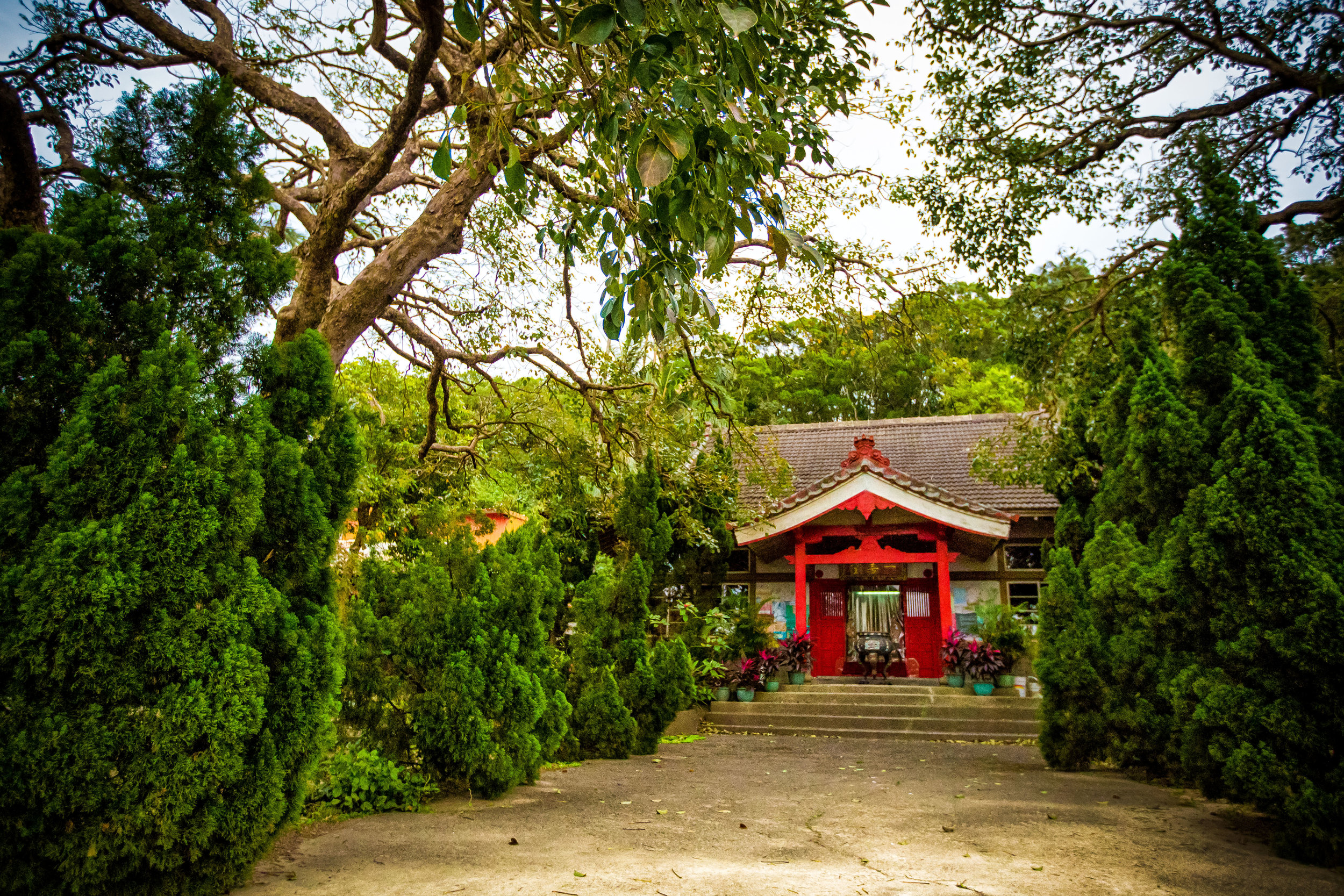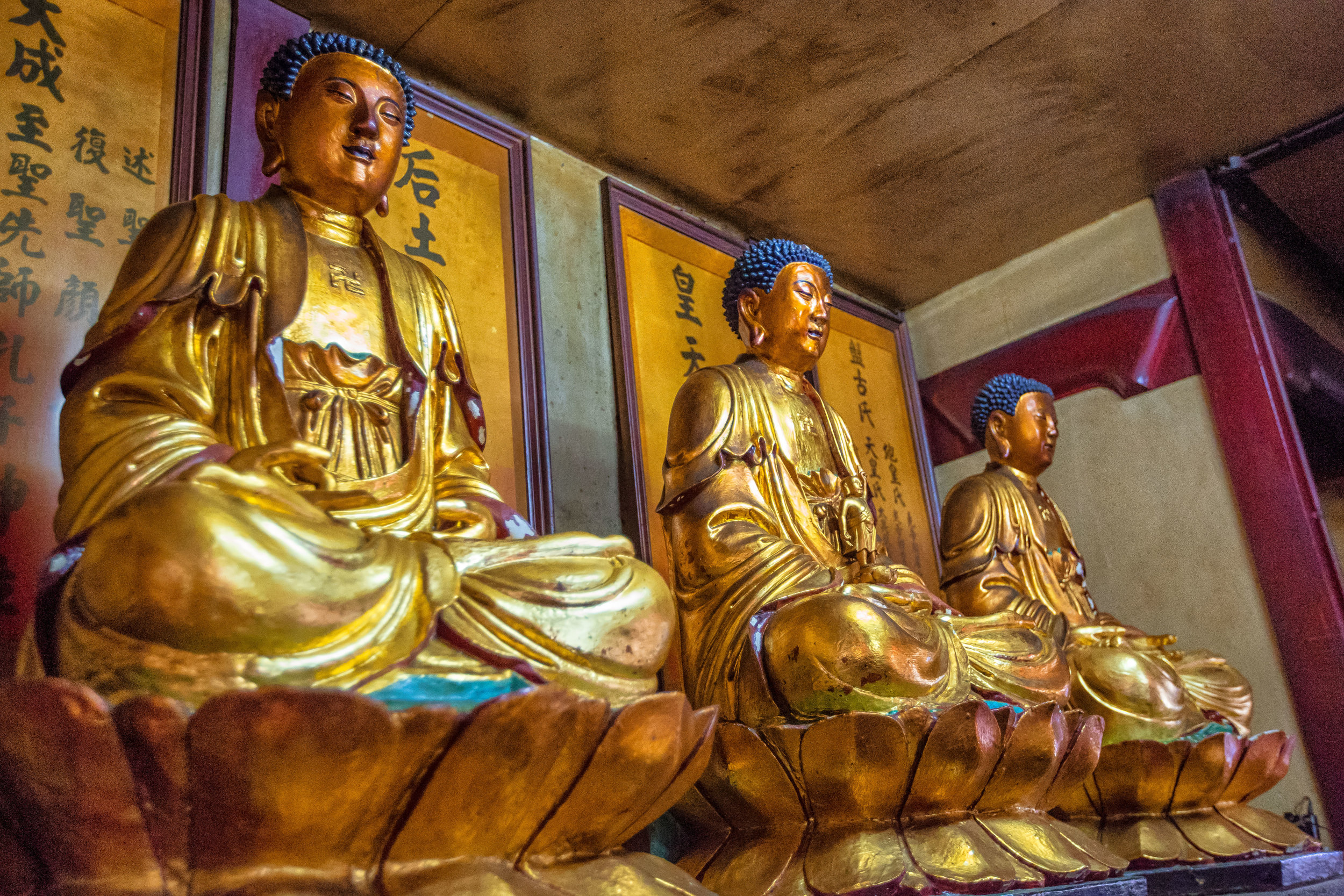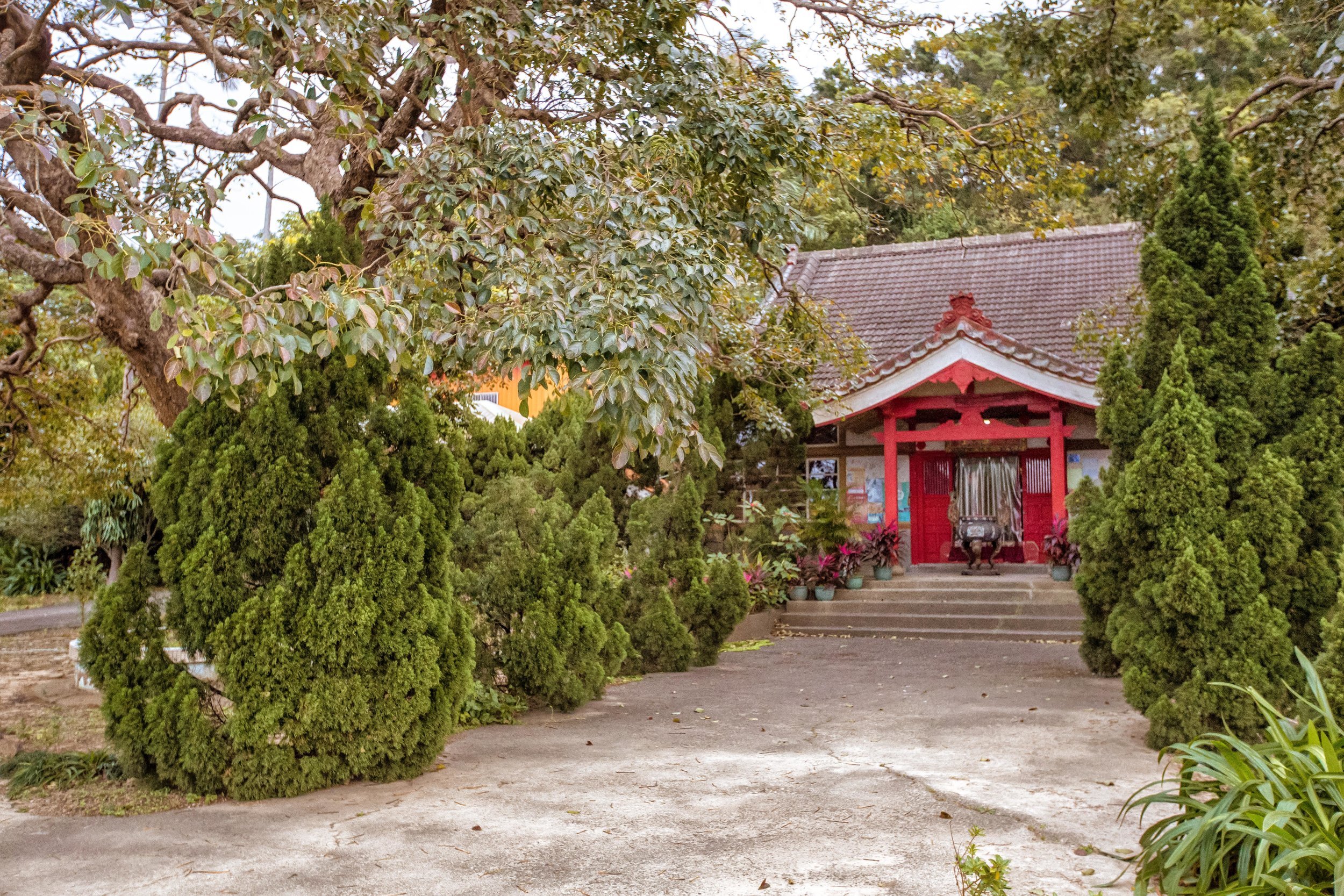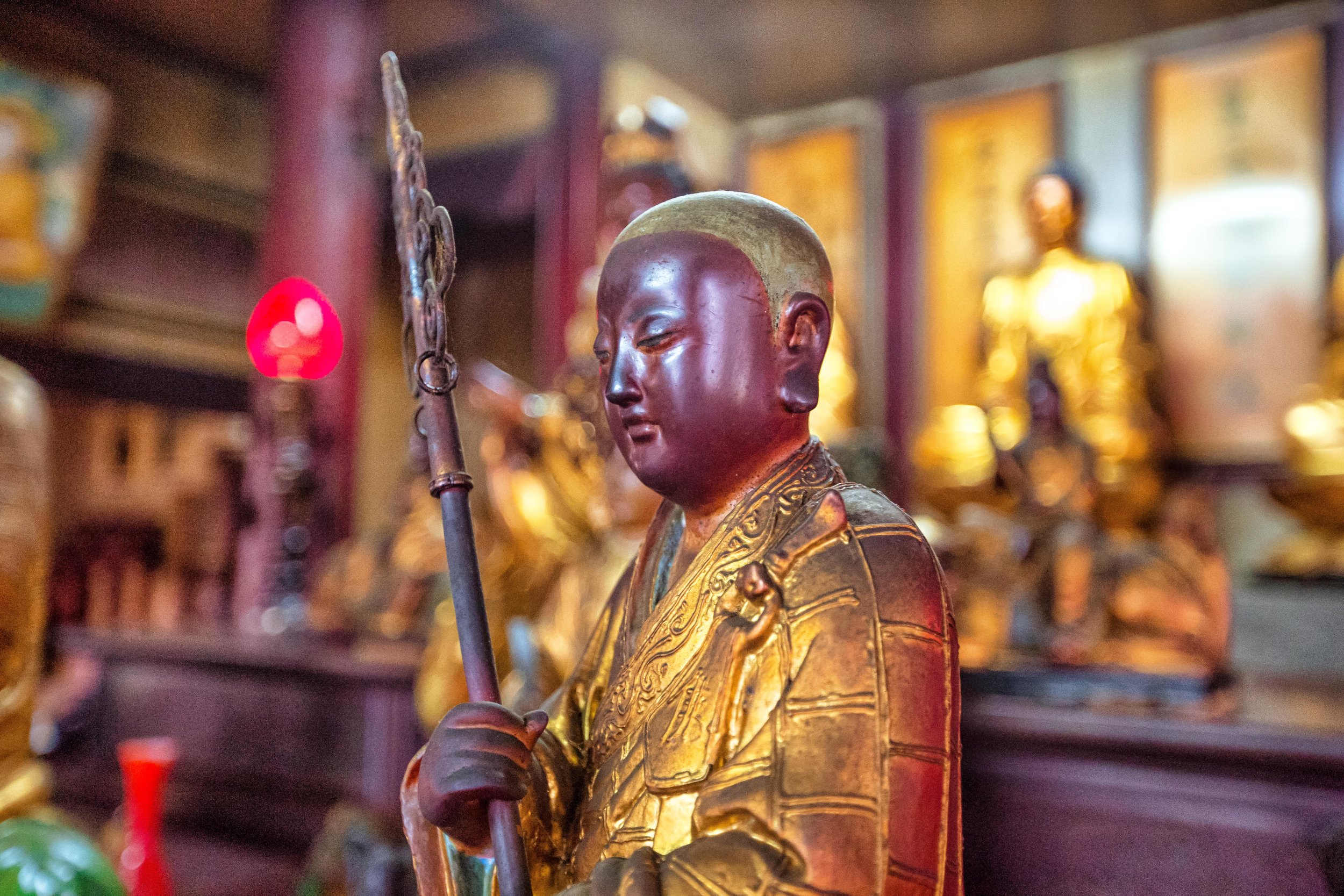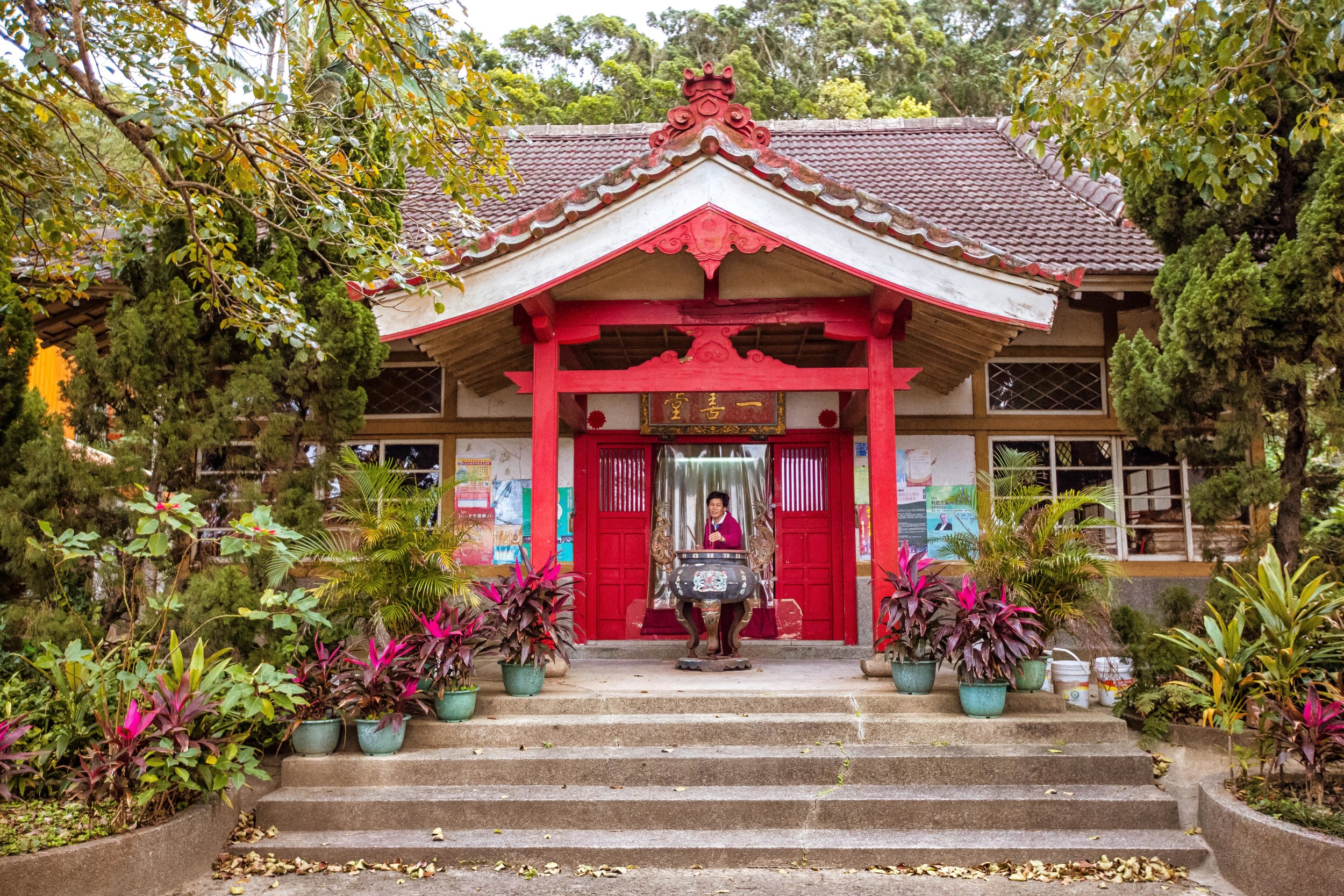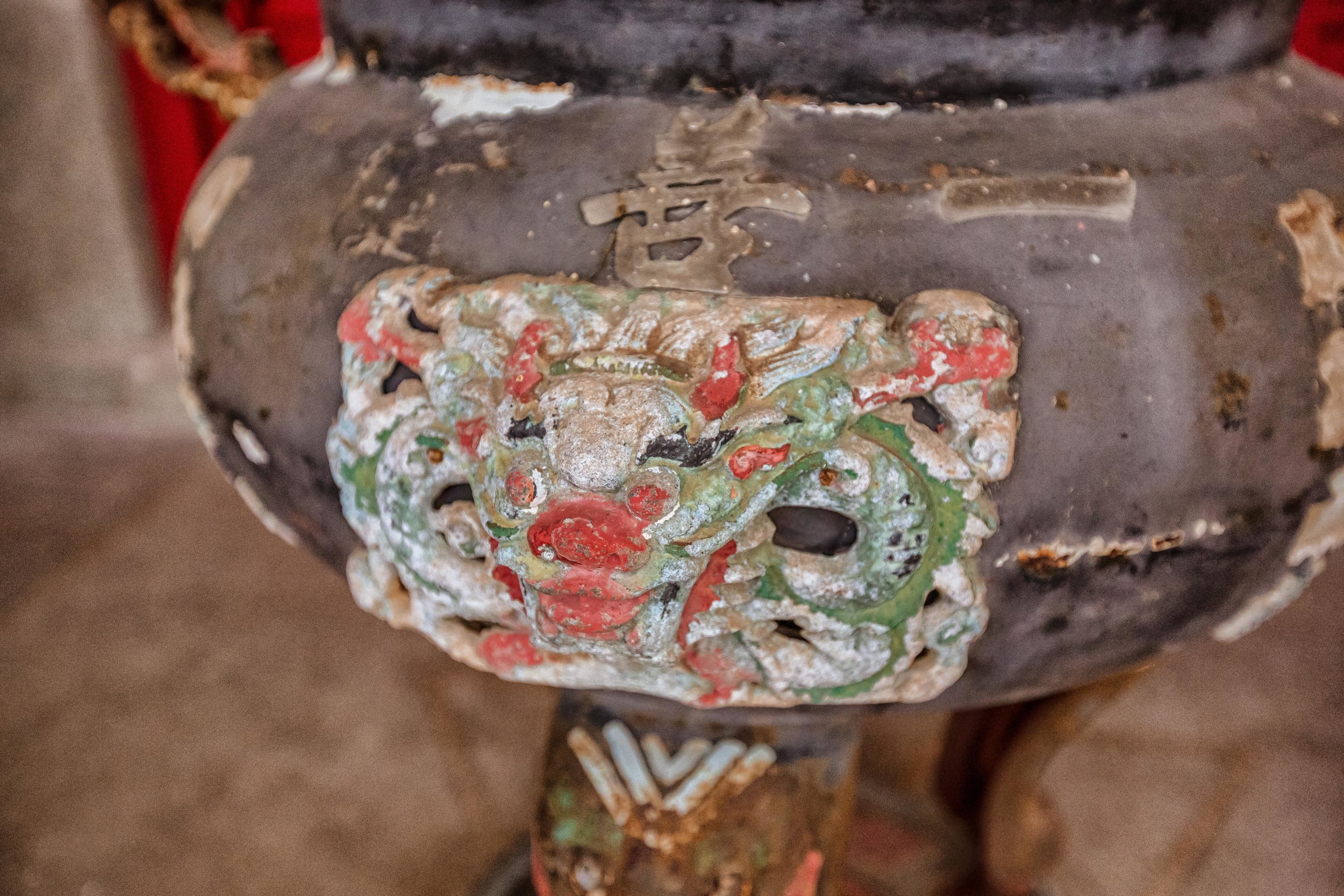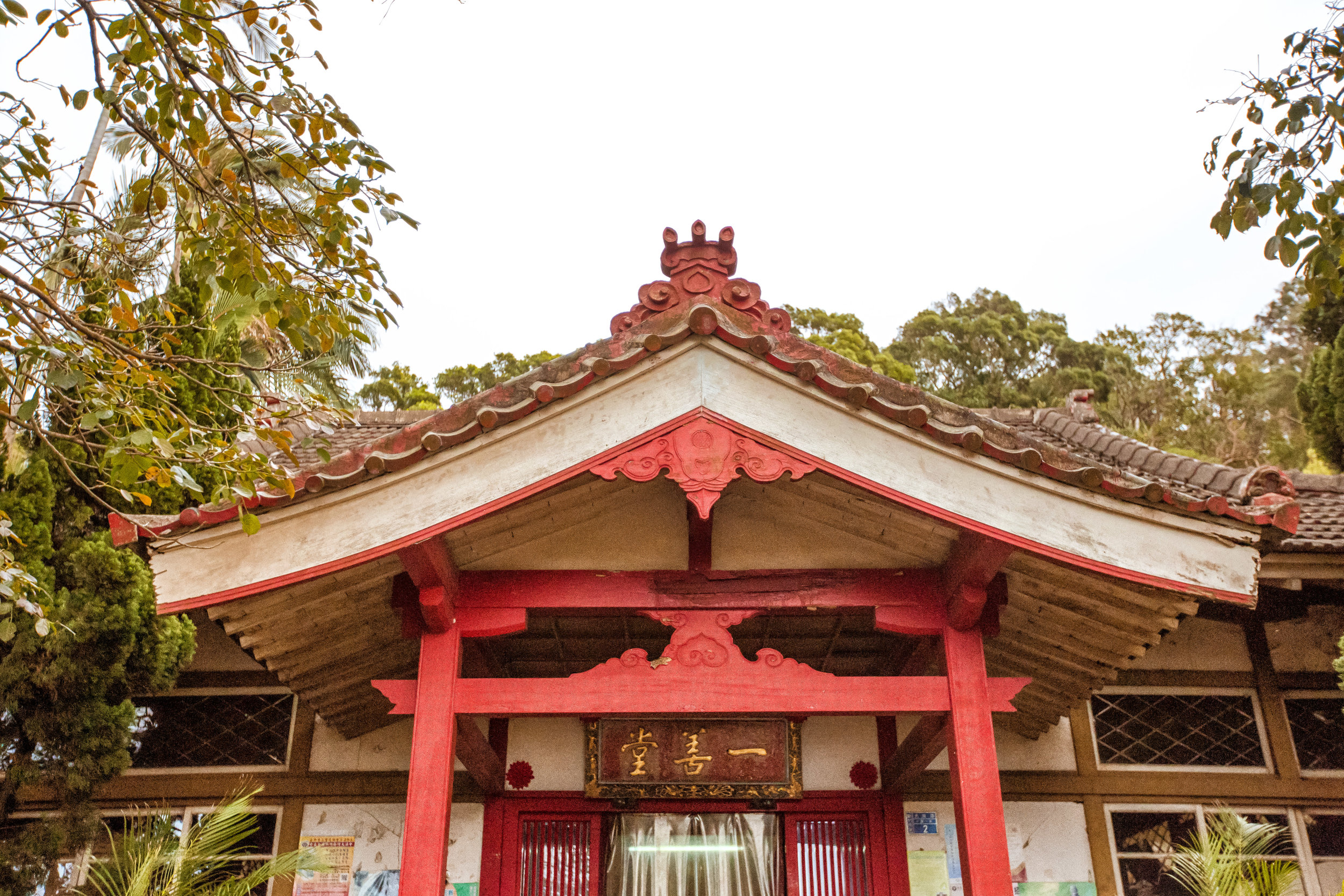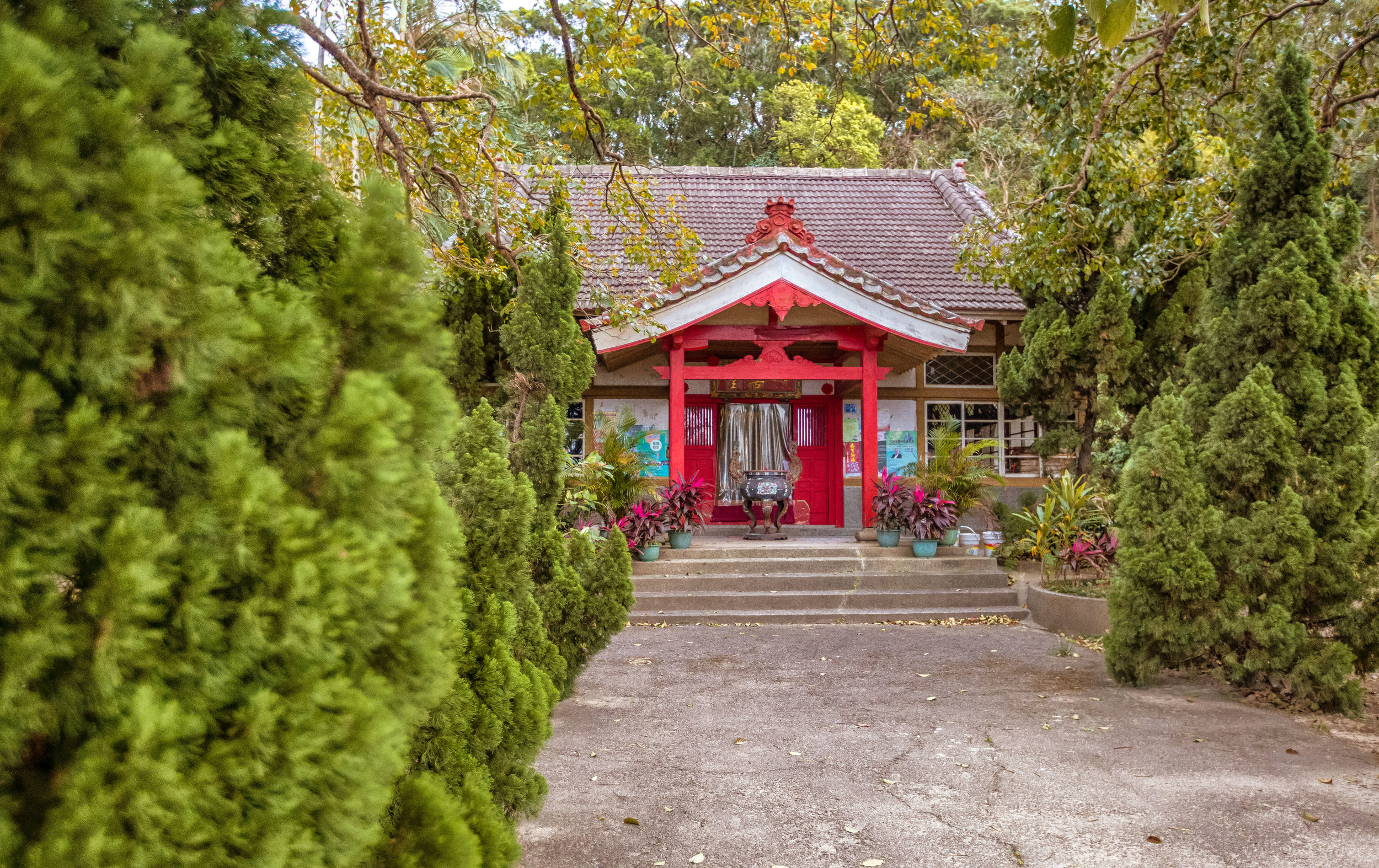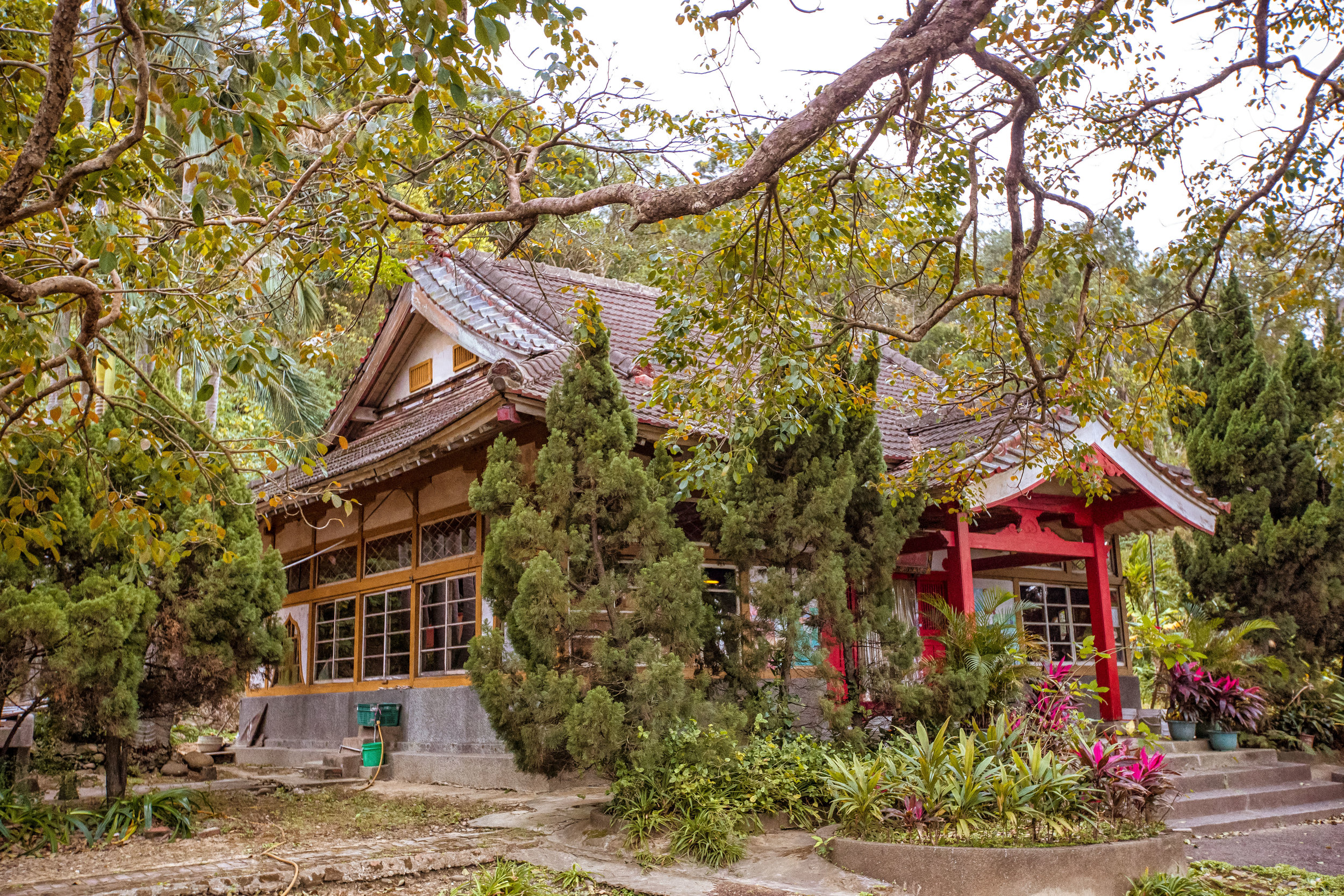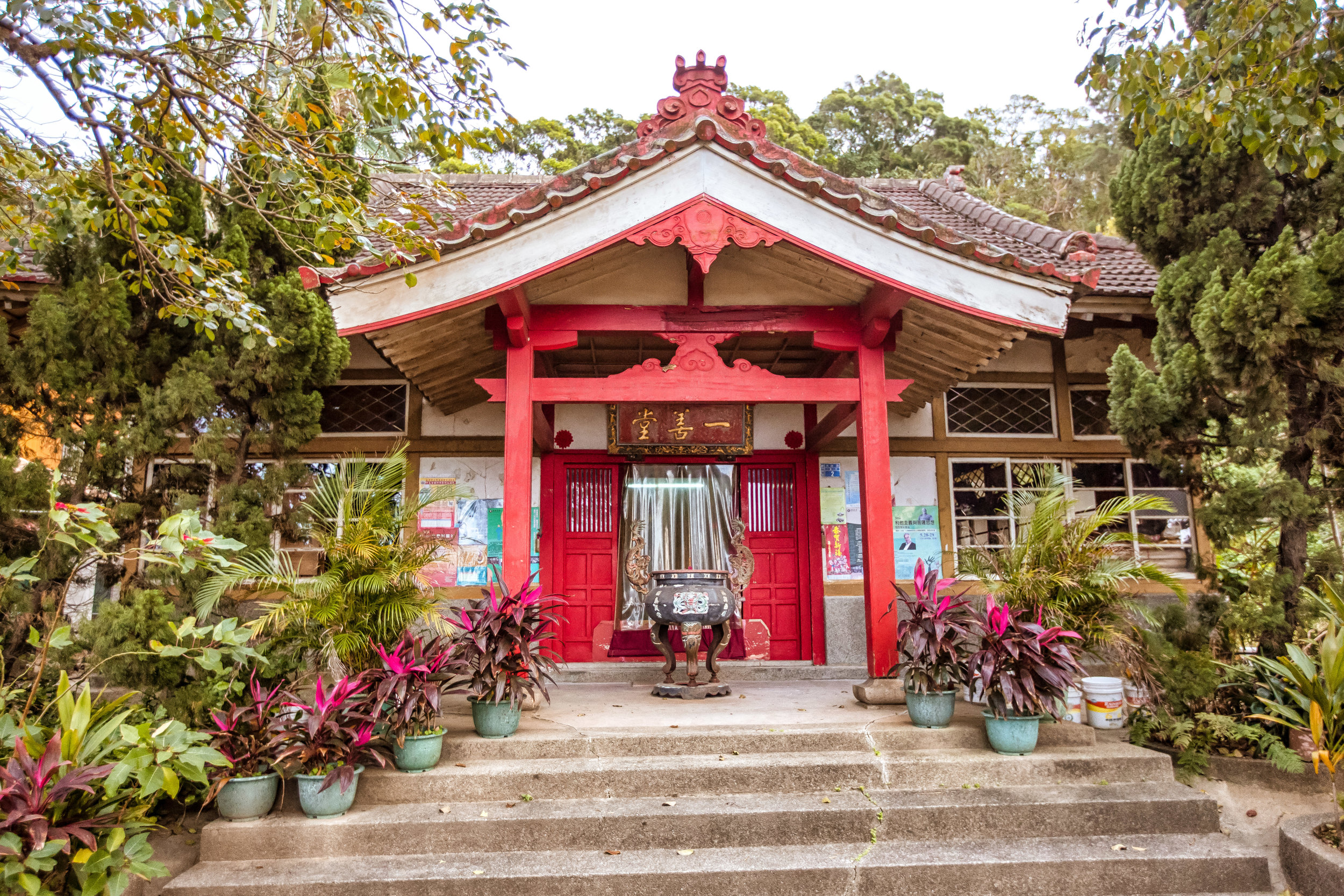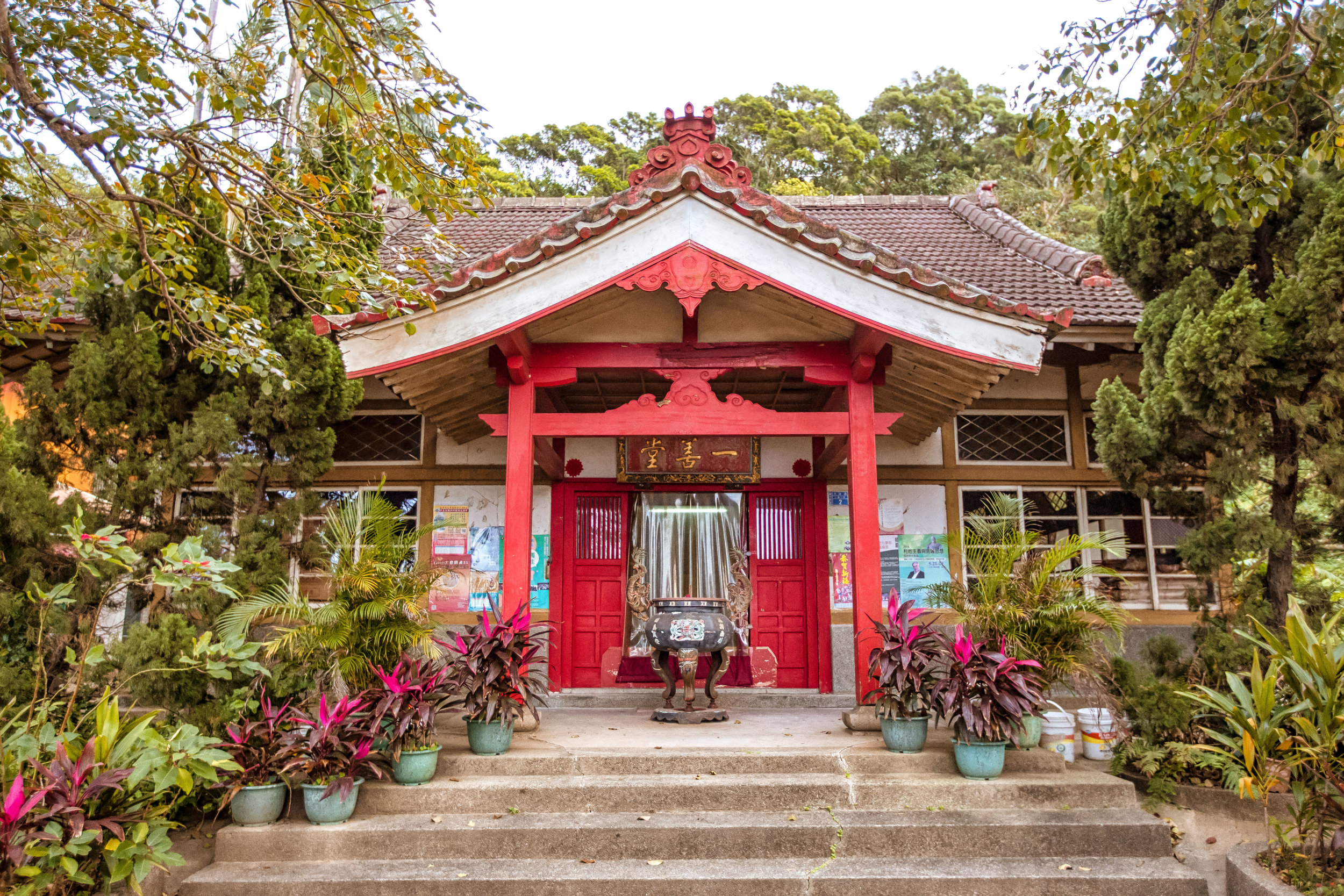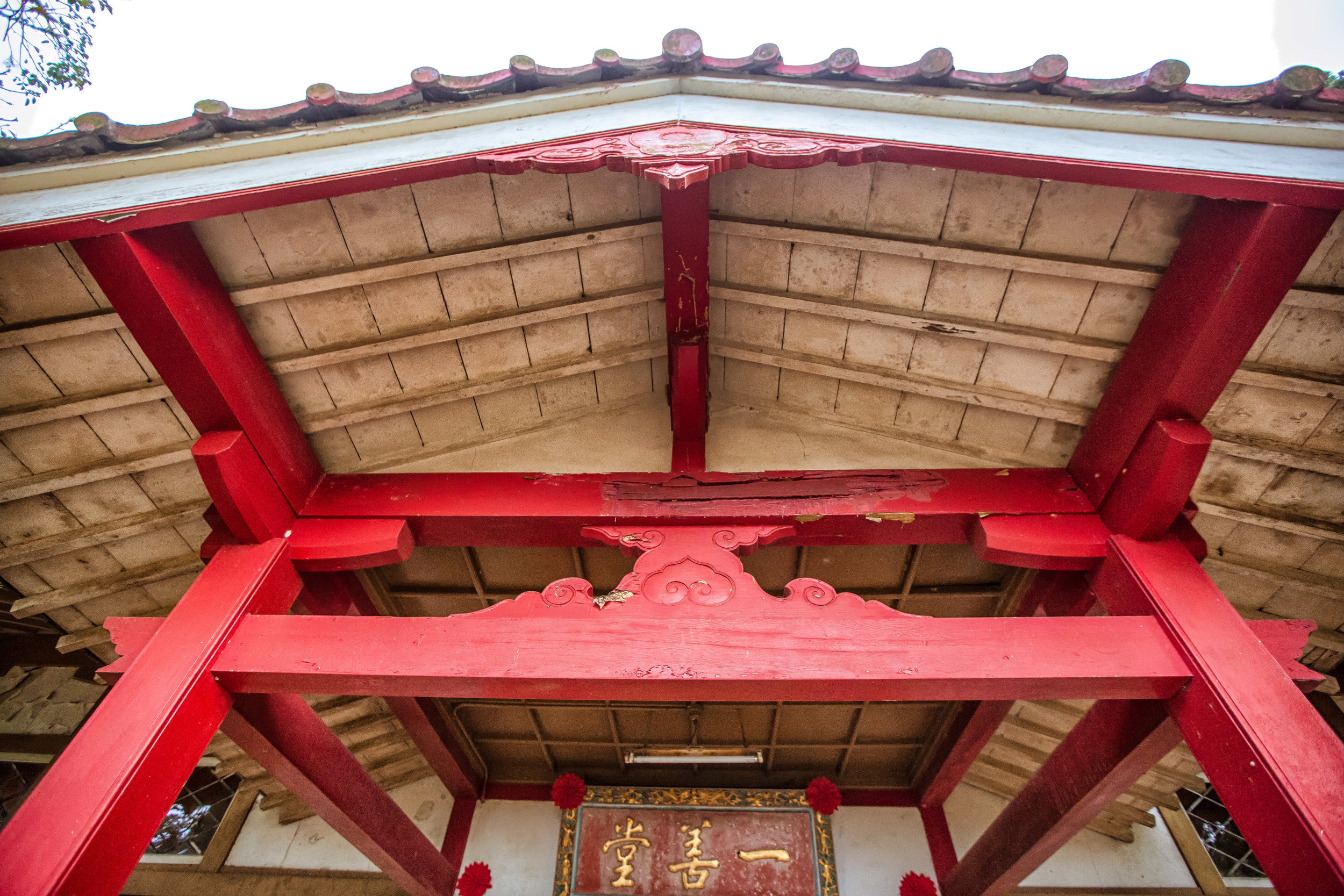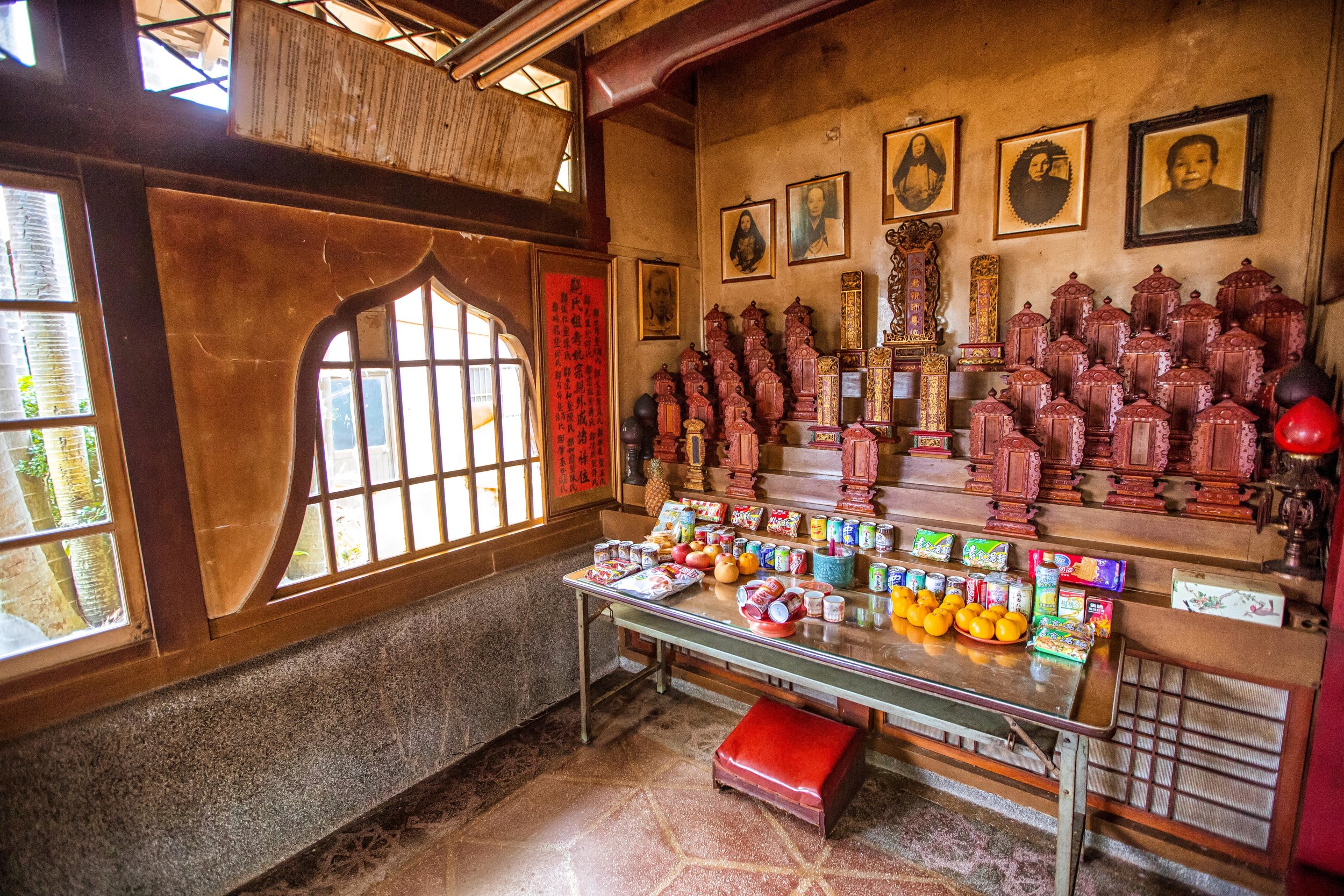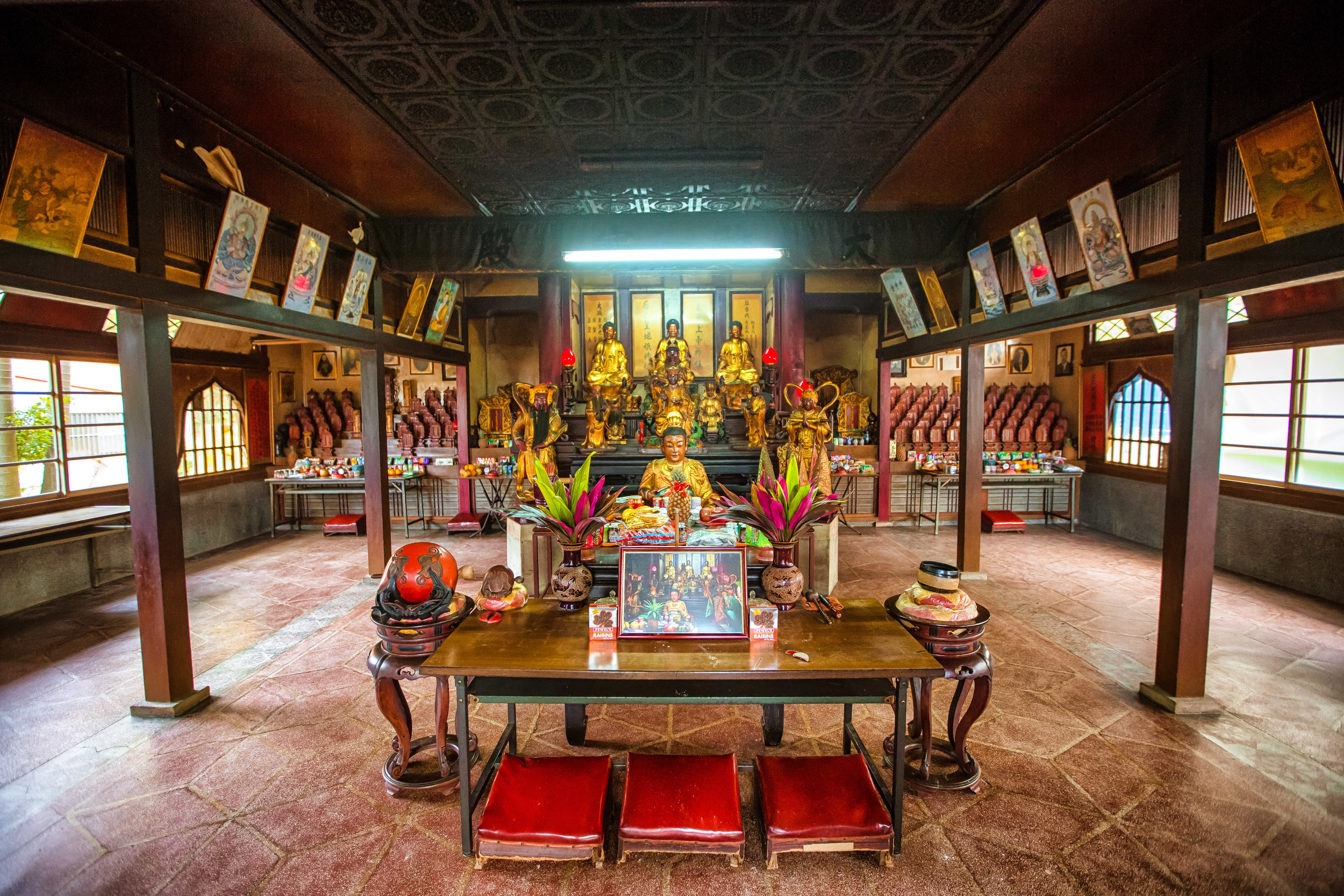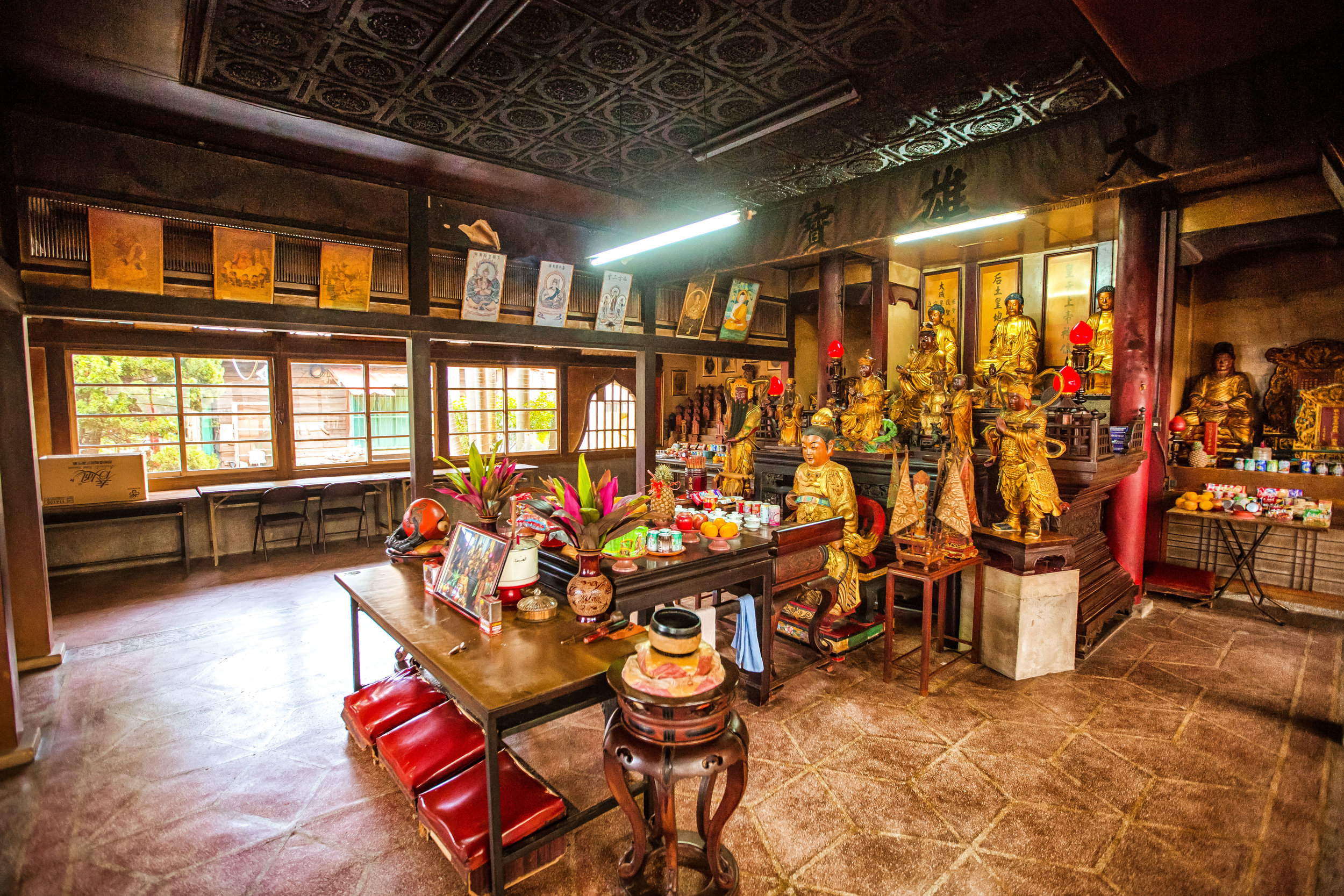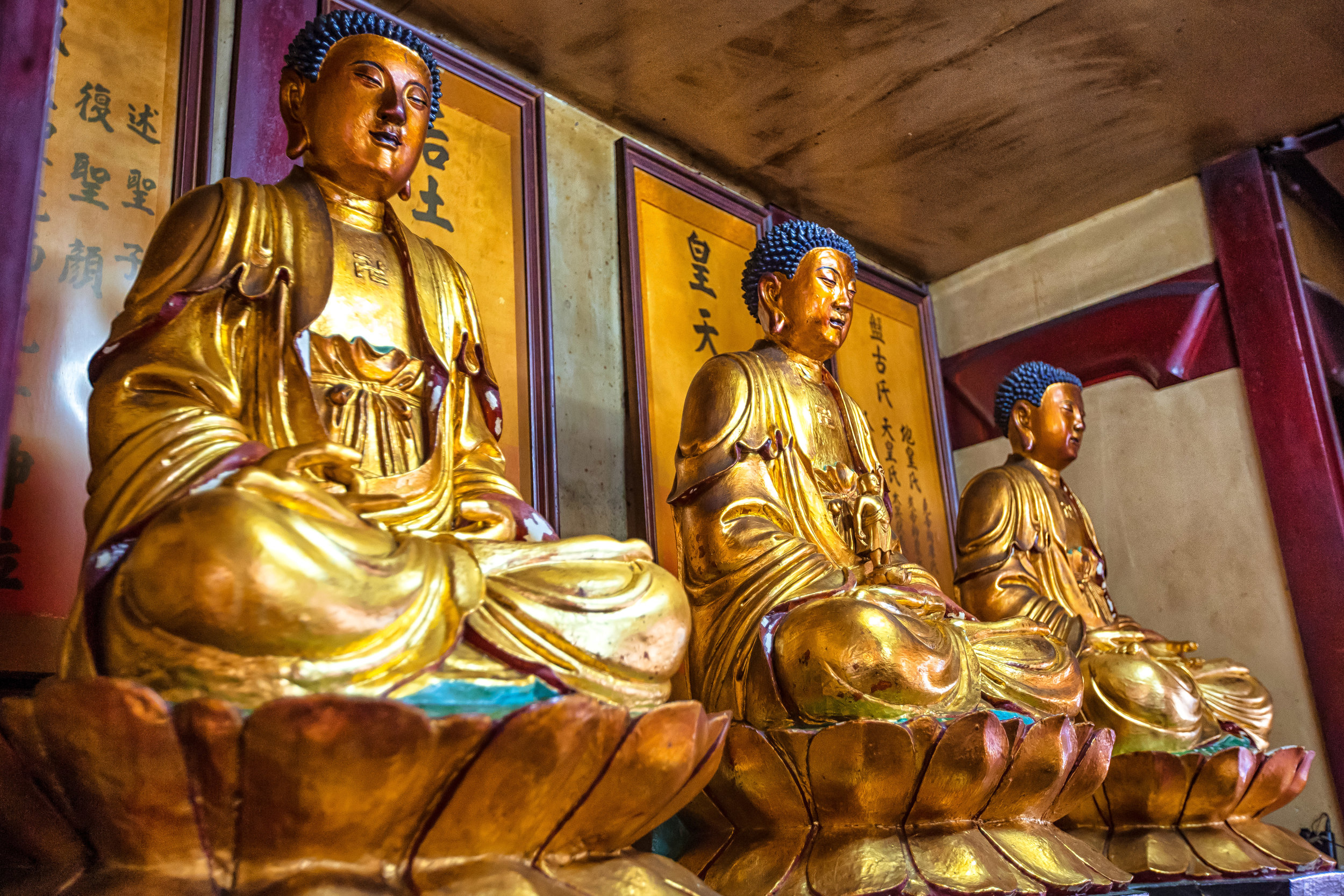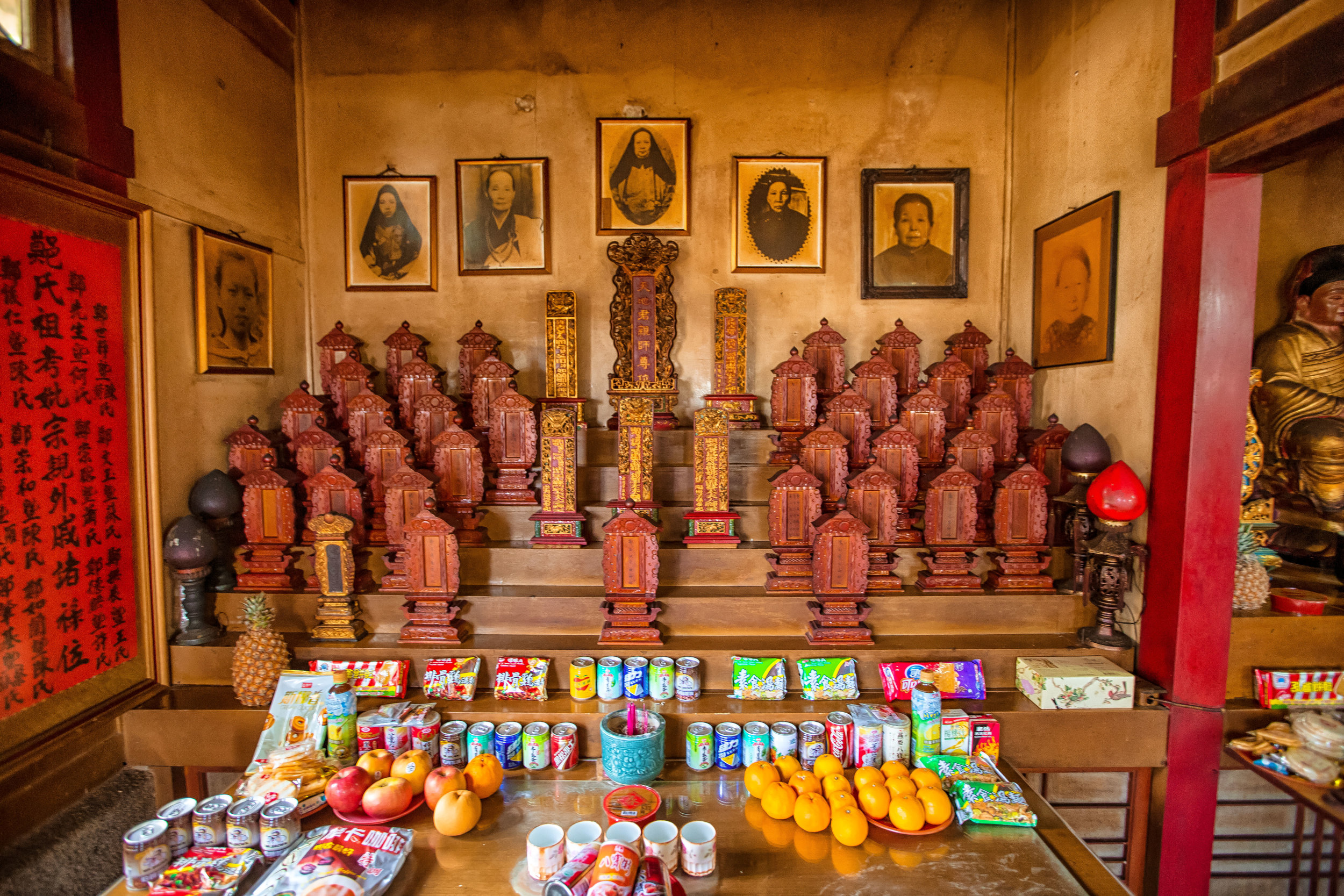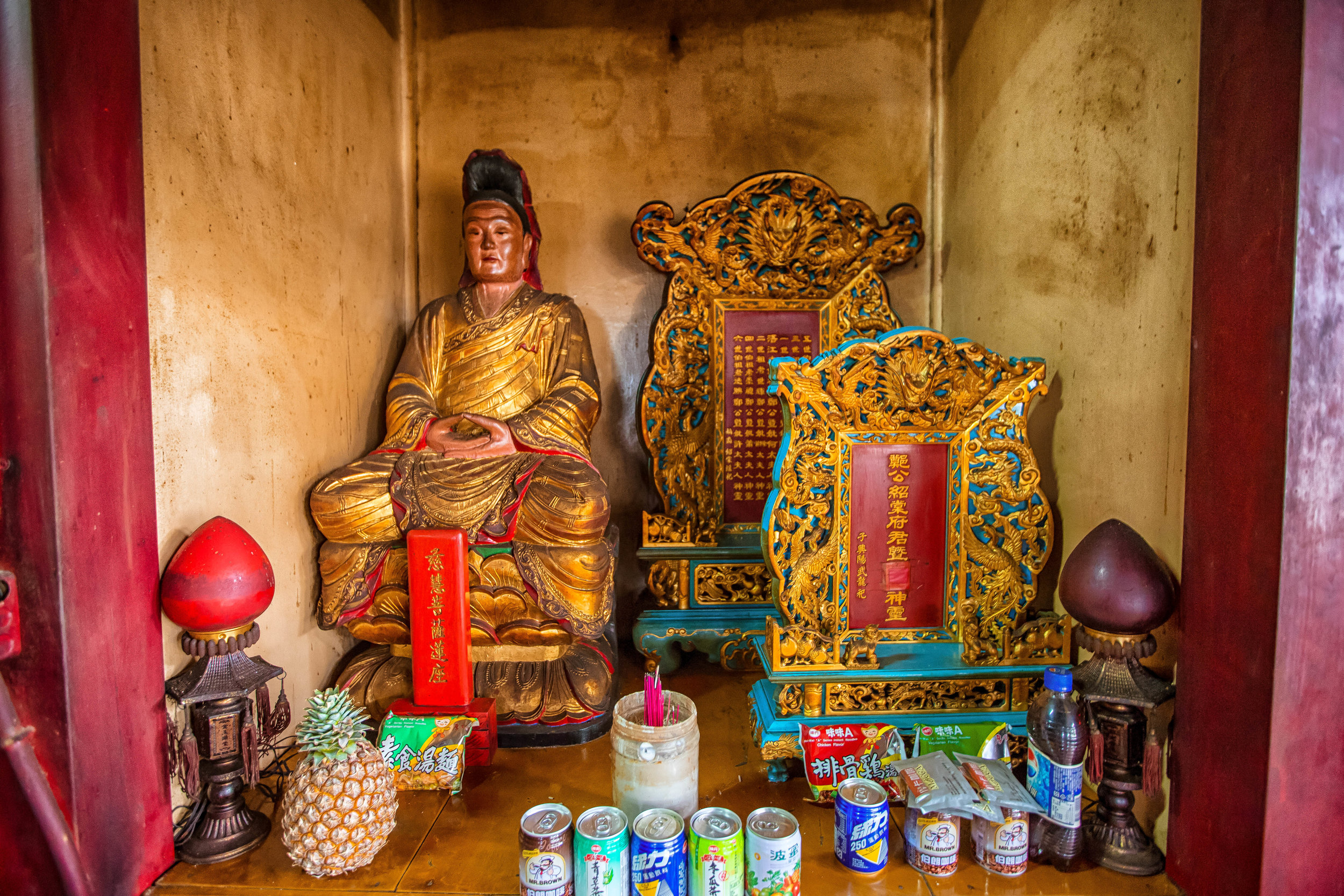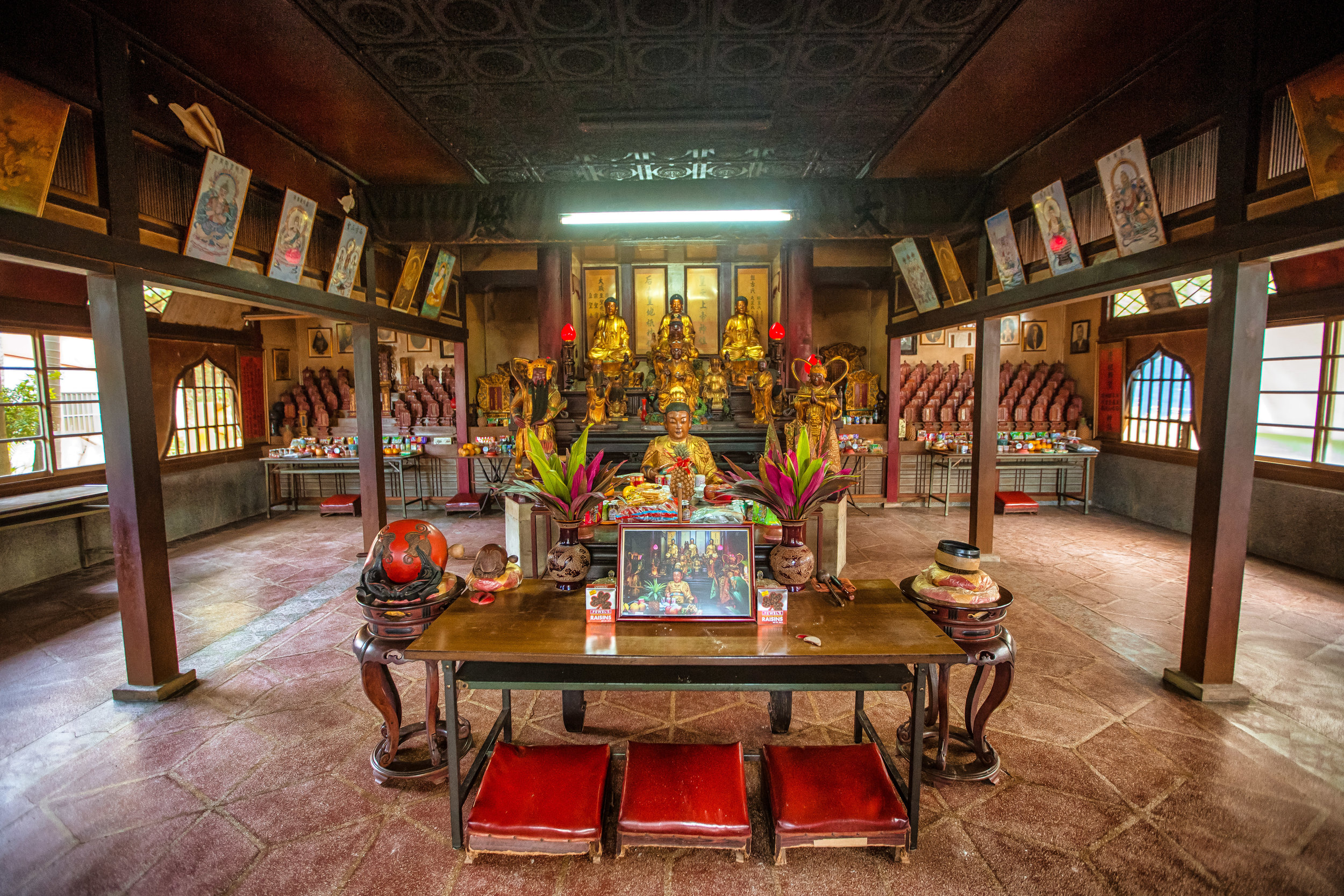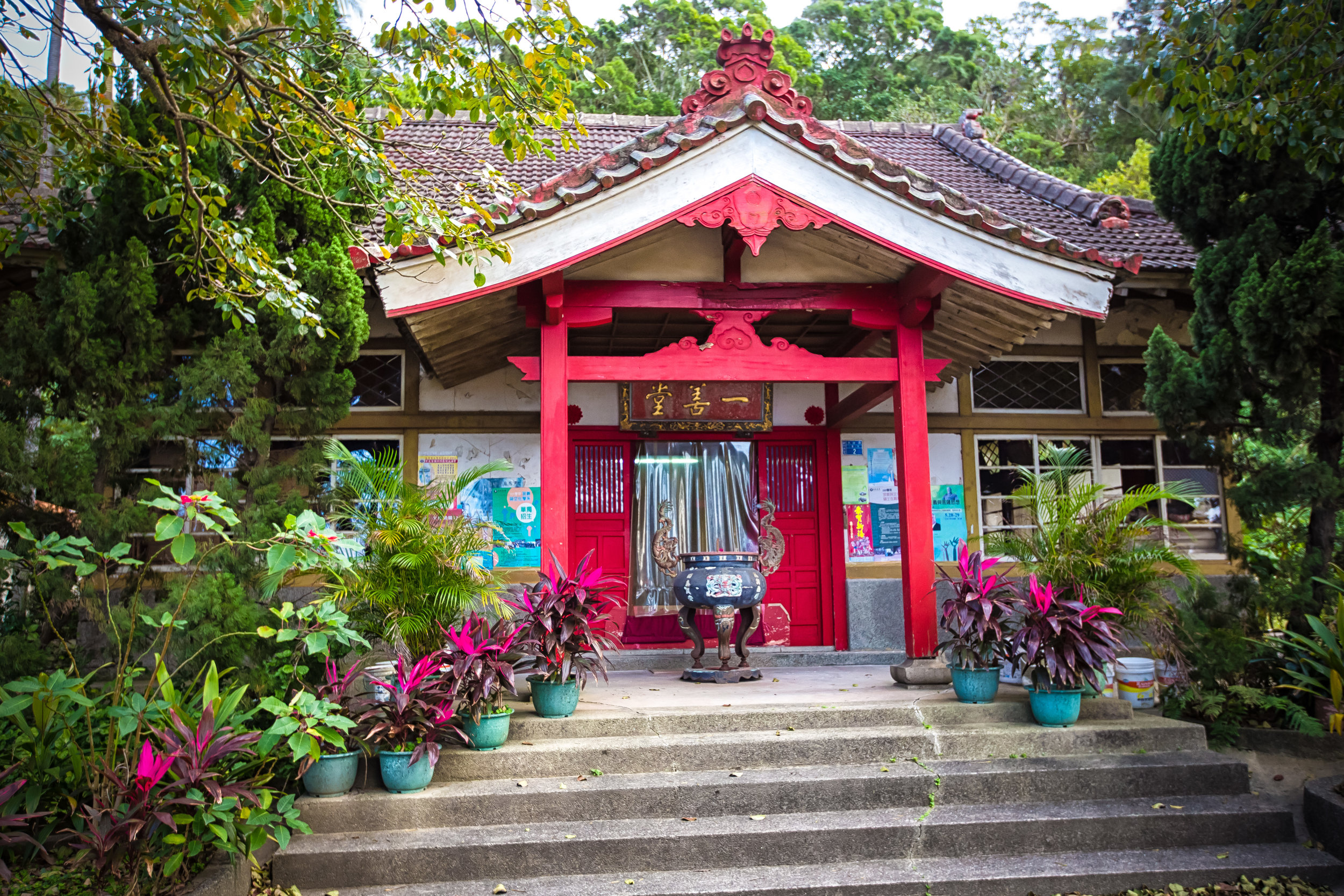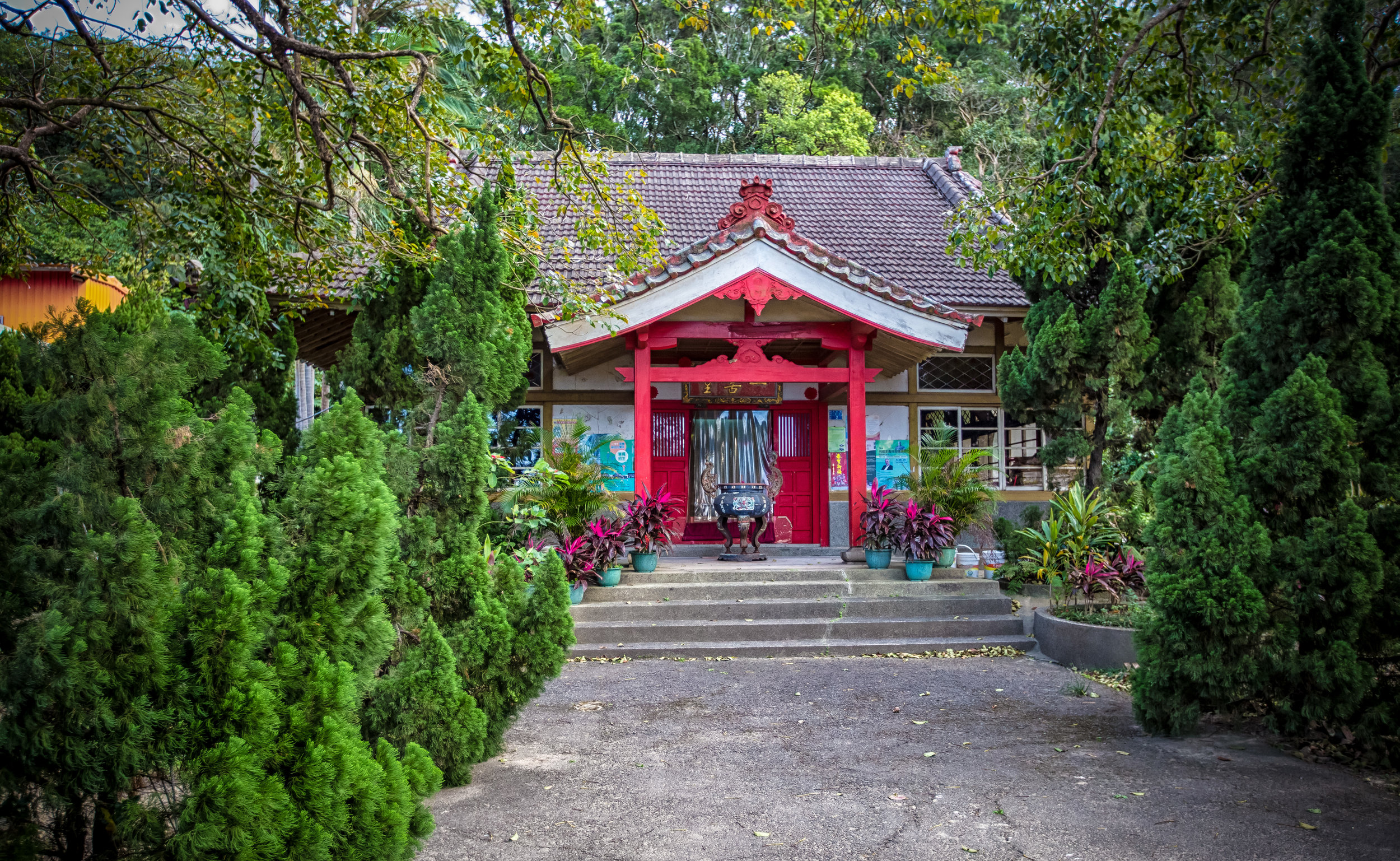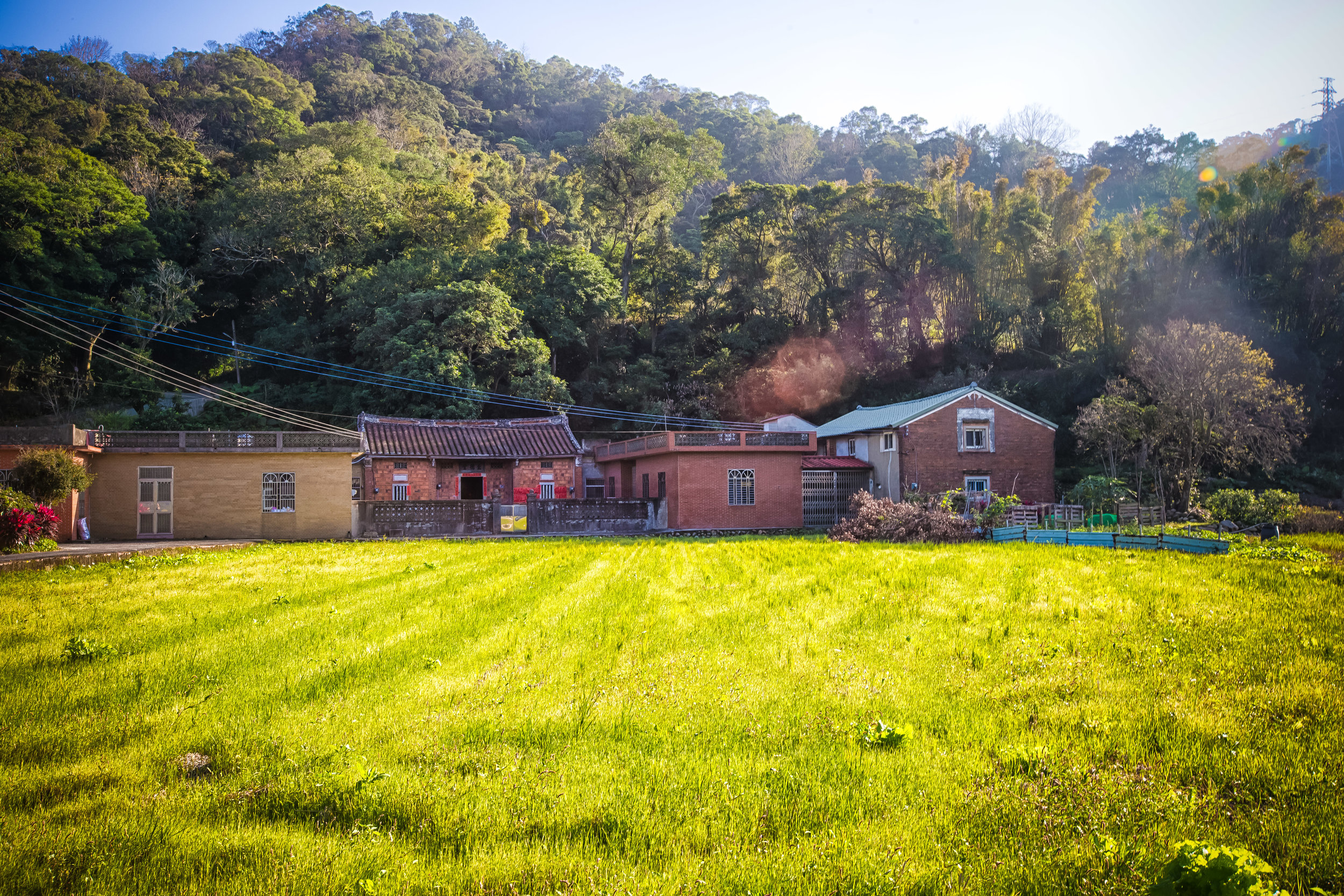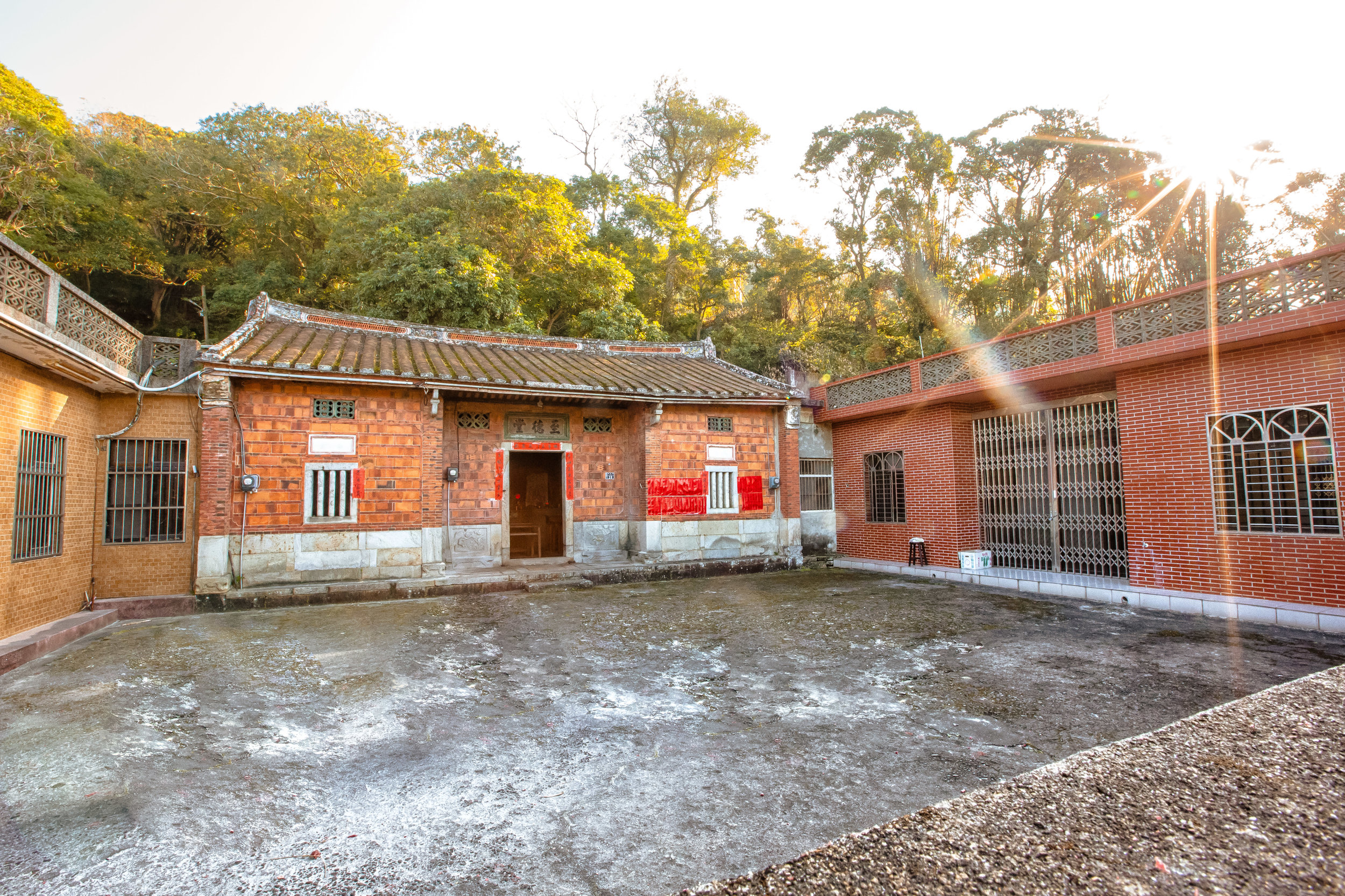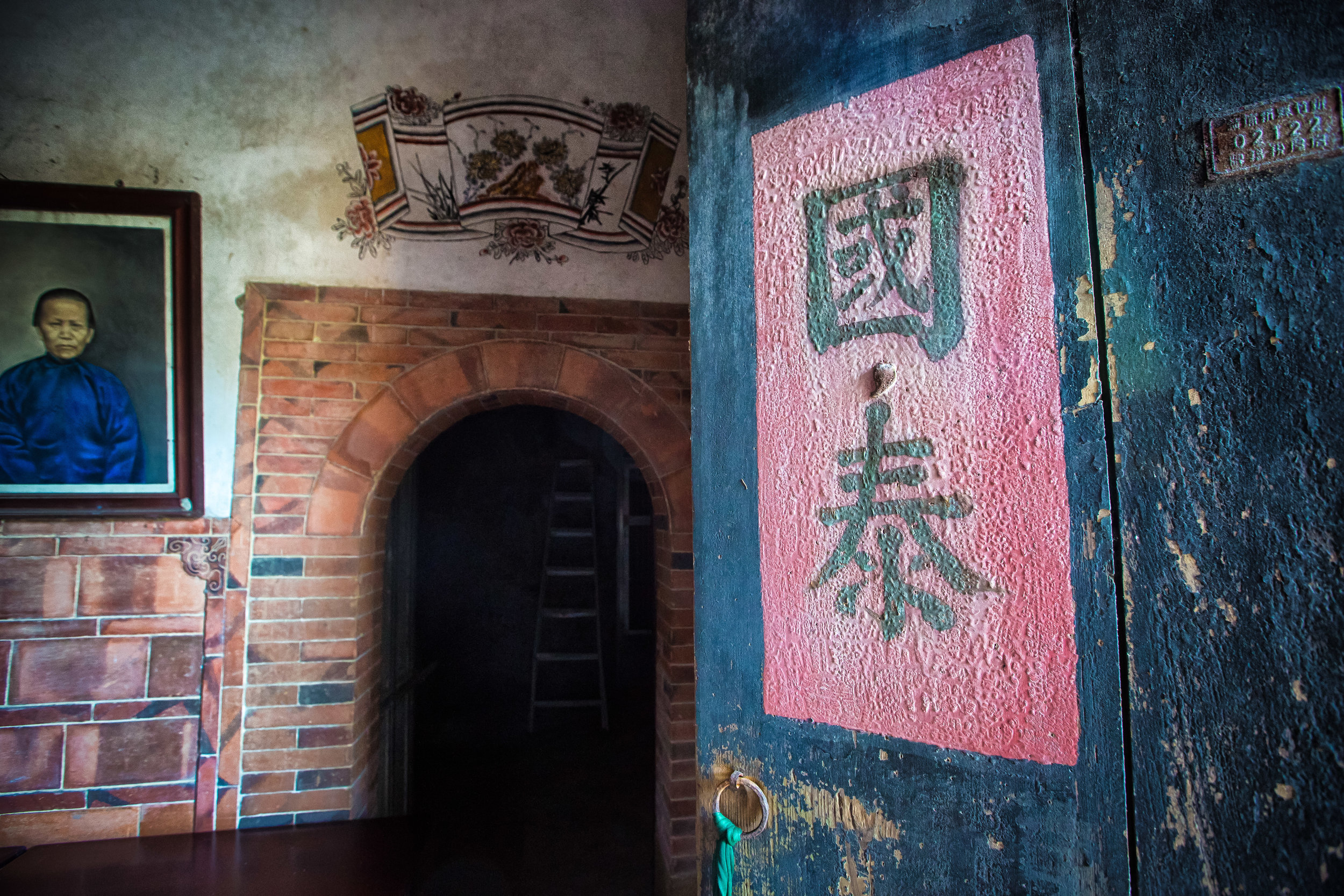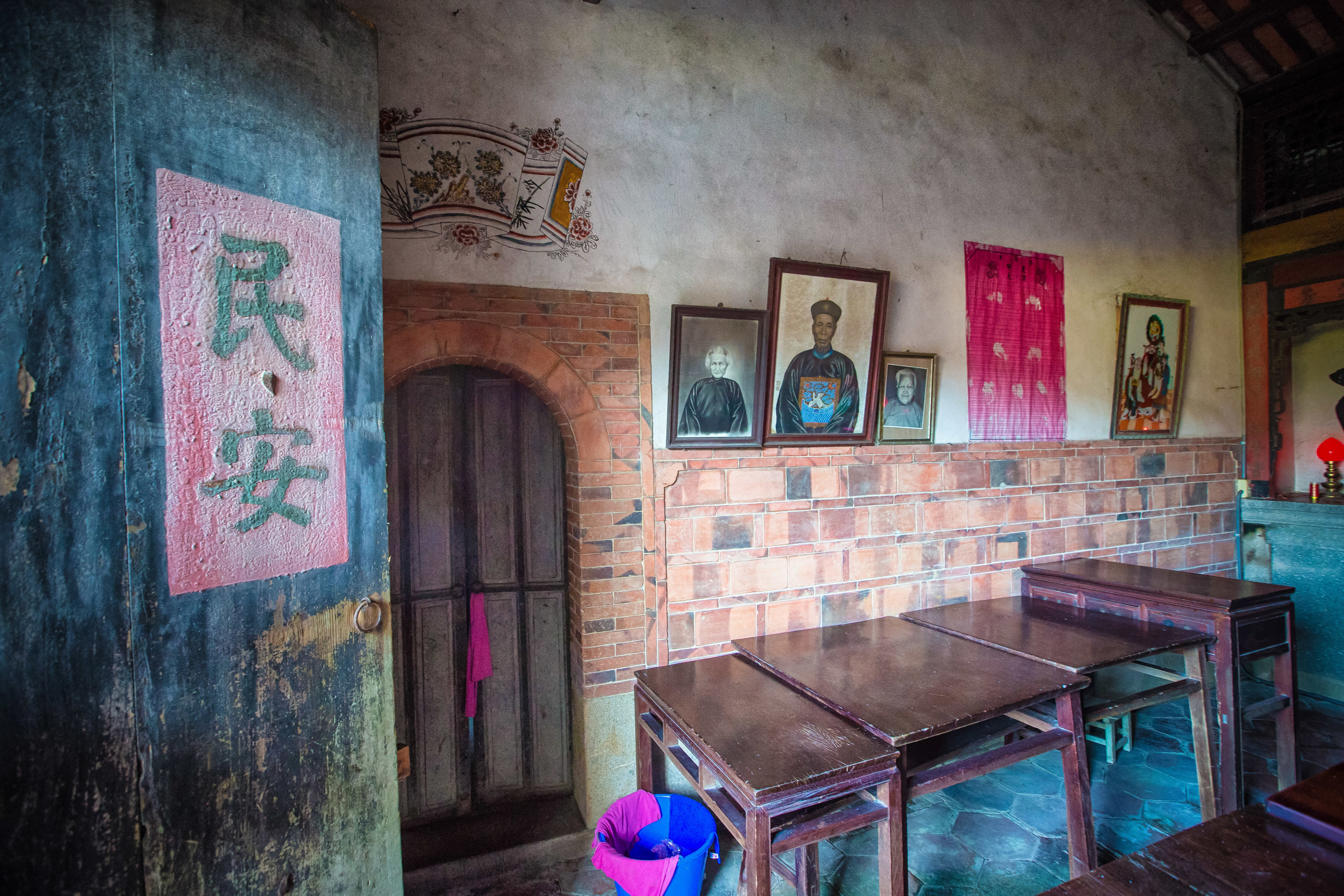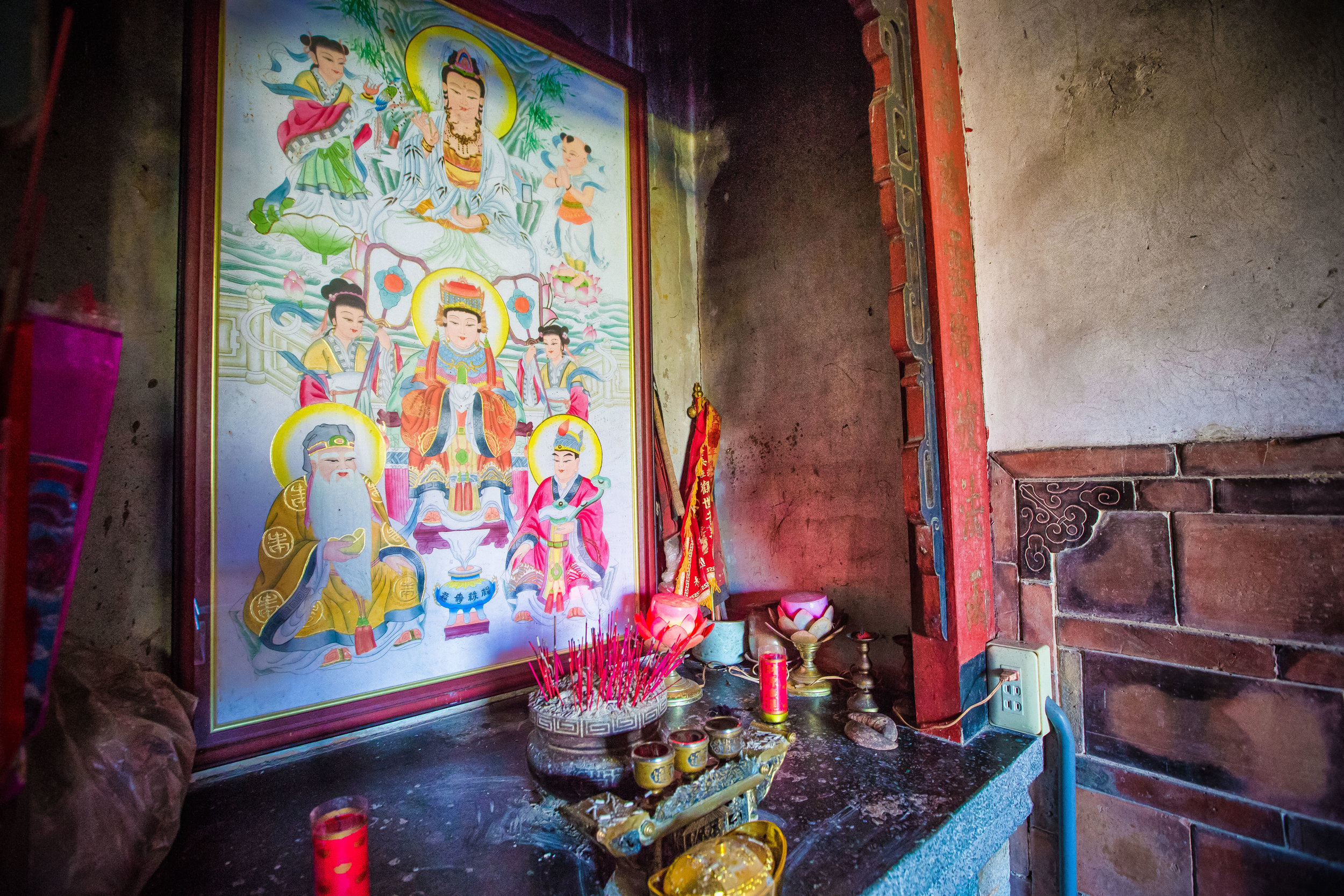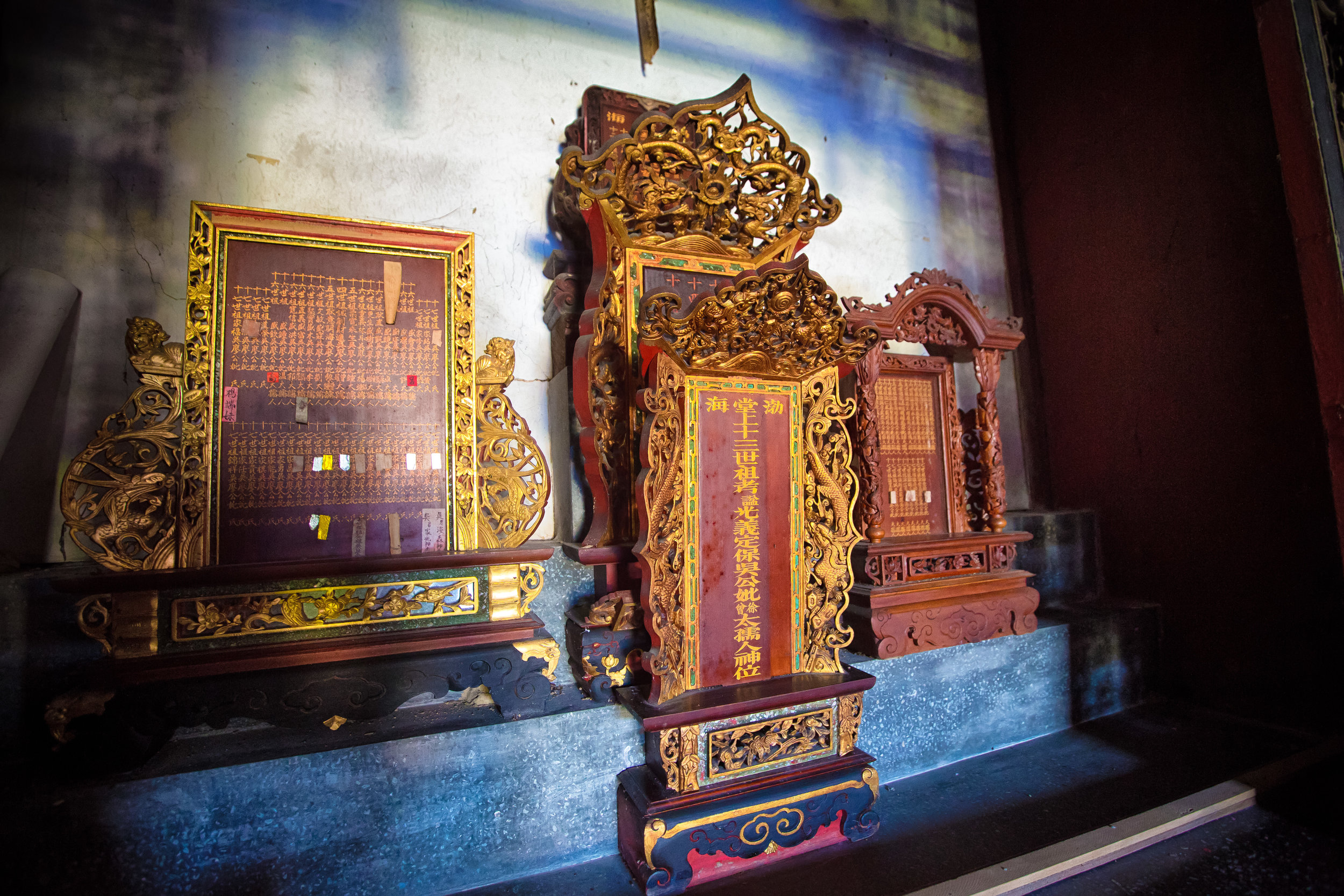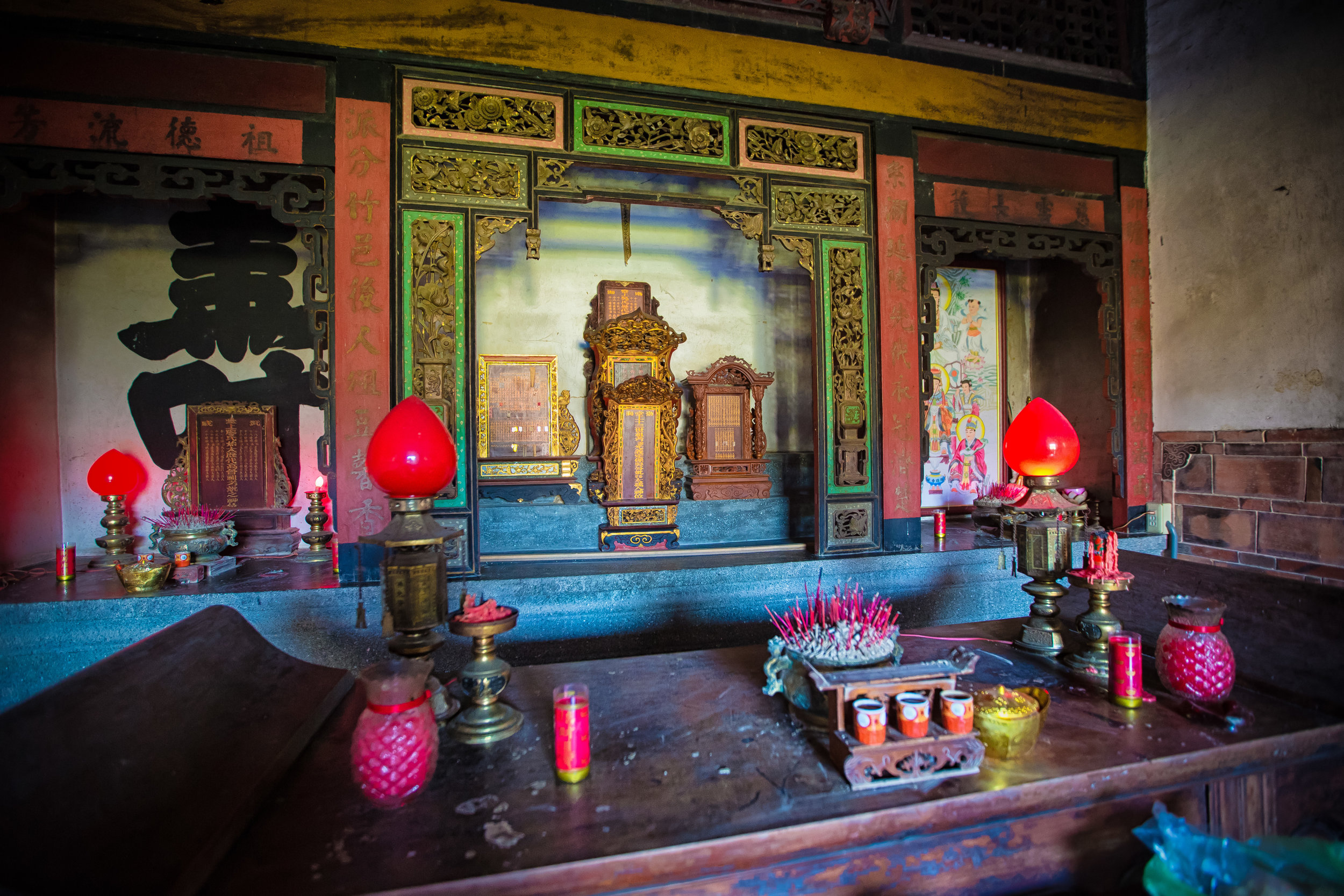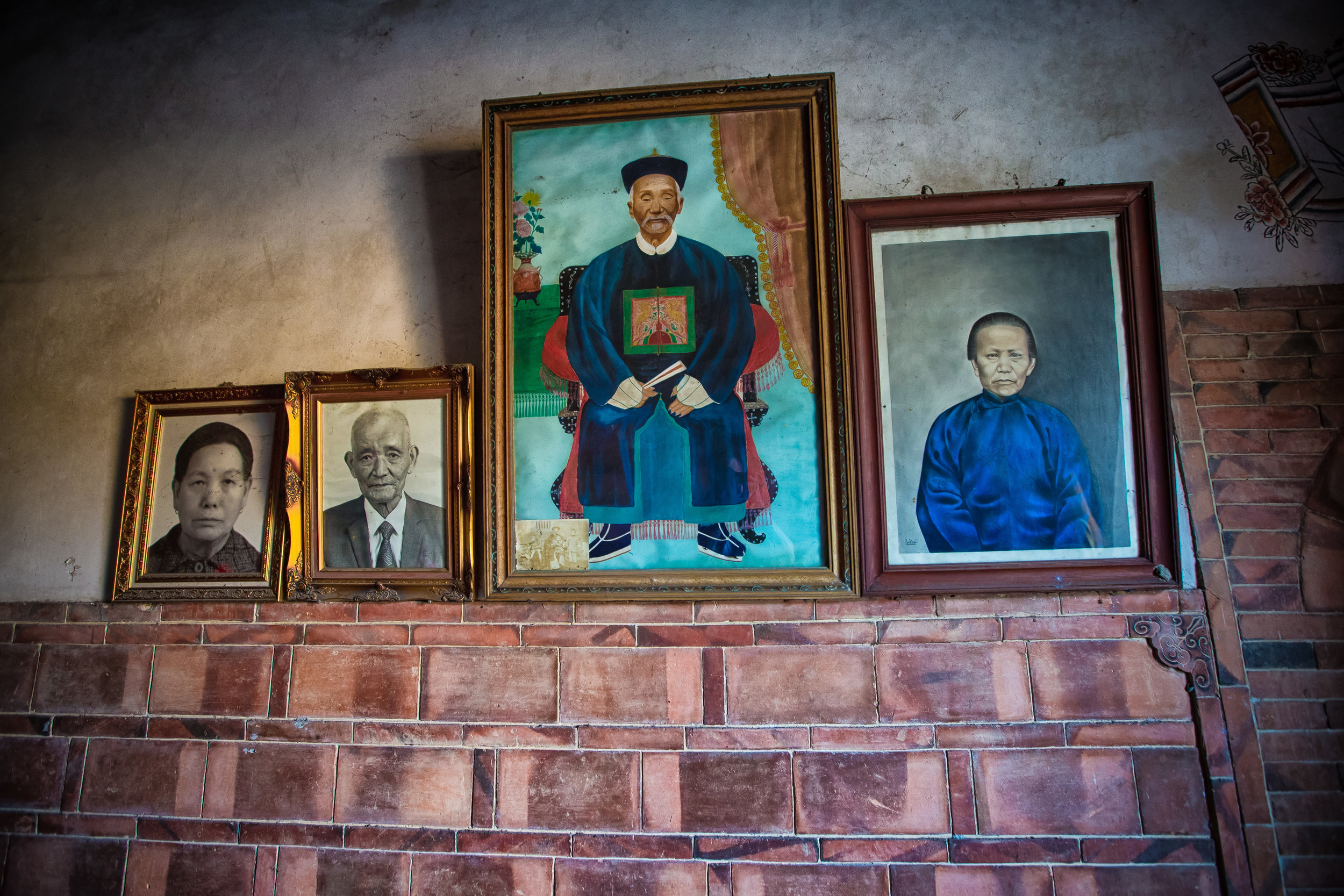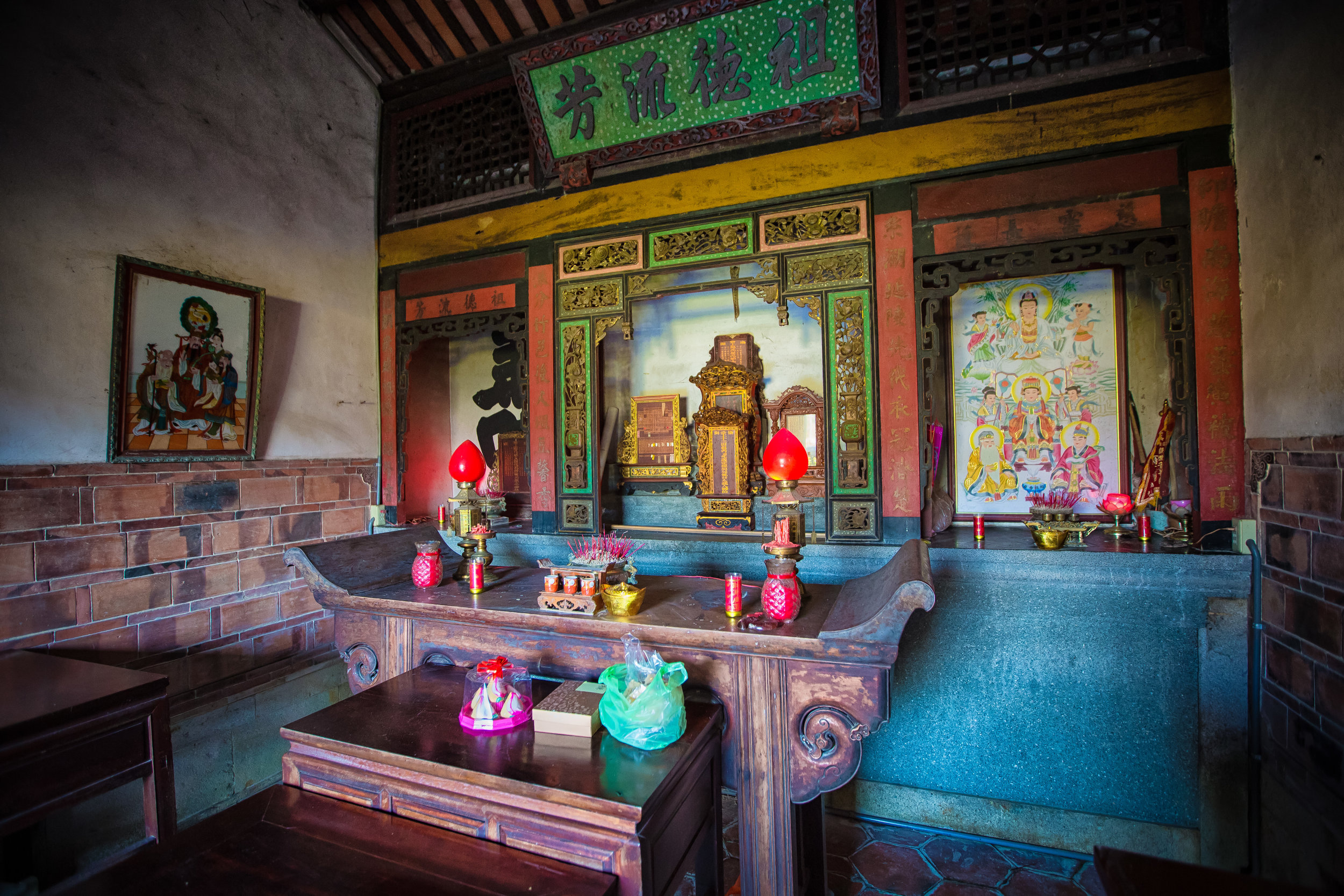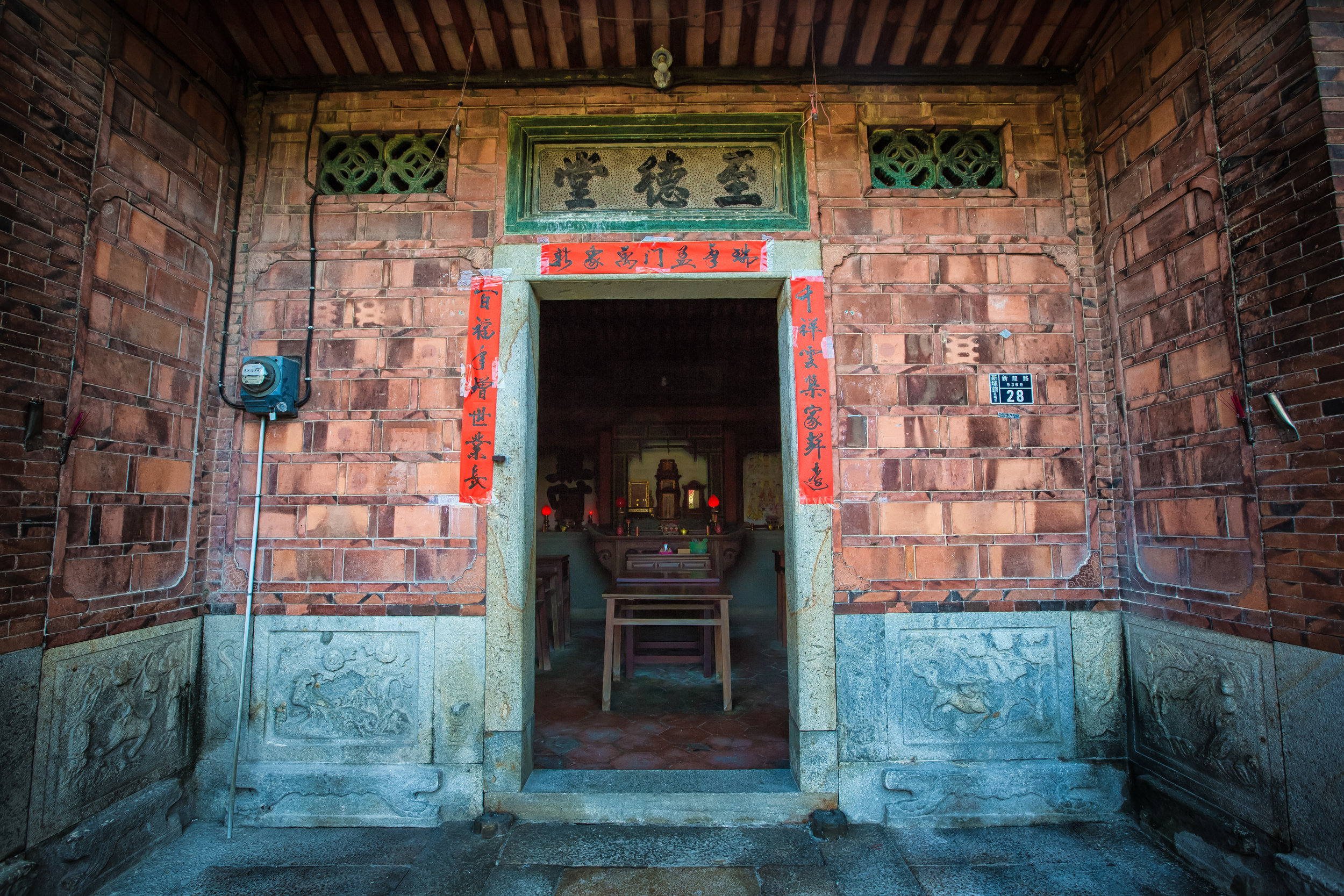When it comes to Urban Exploration, the most interesting finds are the ones where there is a story involved as to how the place ultimately became abandoned. There is usually some historyinvolved that explains what happened or how these places ultimately became abandoned and forgotten by society.
I’ve written in the past about abandoned temples, theatres and hospitals which all had interesting stories to tell with regards to history and their current states of existence. Today’s post however is really just an abandoned house that I’ve found on one of my excursions.
I’m quite sure there is an interesting story to be told here, especially about the family or families who lived in it before they ultimately left it to be reclaimed by nature, but after spending a bit of time searching information online to see if there was anything available, I came up completely empty.
What I can tell you is that this beautiful abandoned three bedroom home is in a great location in Taipei and despite being a bit of a fixer-upper, it would be a great place for a small family to live. The living room comes equipped not only with beautiful windows that allow quite a bit of light during the afternoon but also a fireplace, which is something quite uncommon in Taiwan.
Two of the bedrooms are empty but one of them strangely still has a bed, with blankets that wasn’t moved out when whoever lived there left. The kitchen as well is full of dishes, pots, pans , knives, cutting boards, etc.
Another appealing factor that would make even myself want to move in is that it has not only a front yard but also a back yard. The back yard looked as if there was once a garden and a coop for chickens but it has since grown over and it wasn’t as accessible. I’m also a bit afraid of snakes, so I didn’t bother to attempt walking around the back.
When it comes to urban exploration, its usually best not to give too much information about locations, so I’m just to finish up here and let people enjoy the photos of this historic Taiwanese home.
As always, if you are interested in this kind of thing, one of the best resources on the internet on the subject of urban exploring in Taiwan is my friend Alexander’s blog, so head on over there to check out some of the cool places he’s found during his travels.
Gallery / Flickr (High Res Photos)

